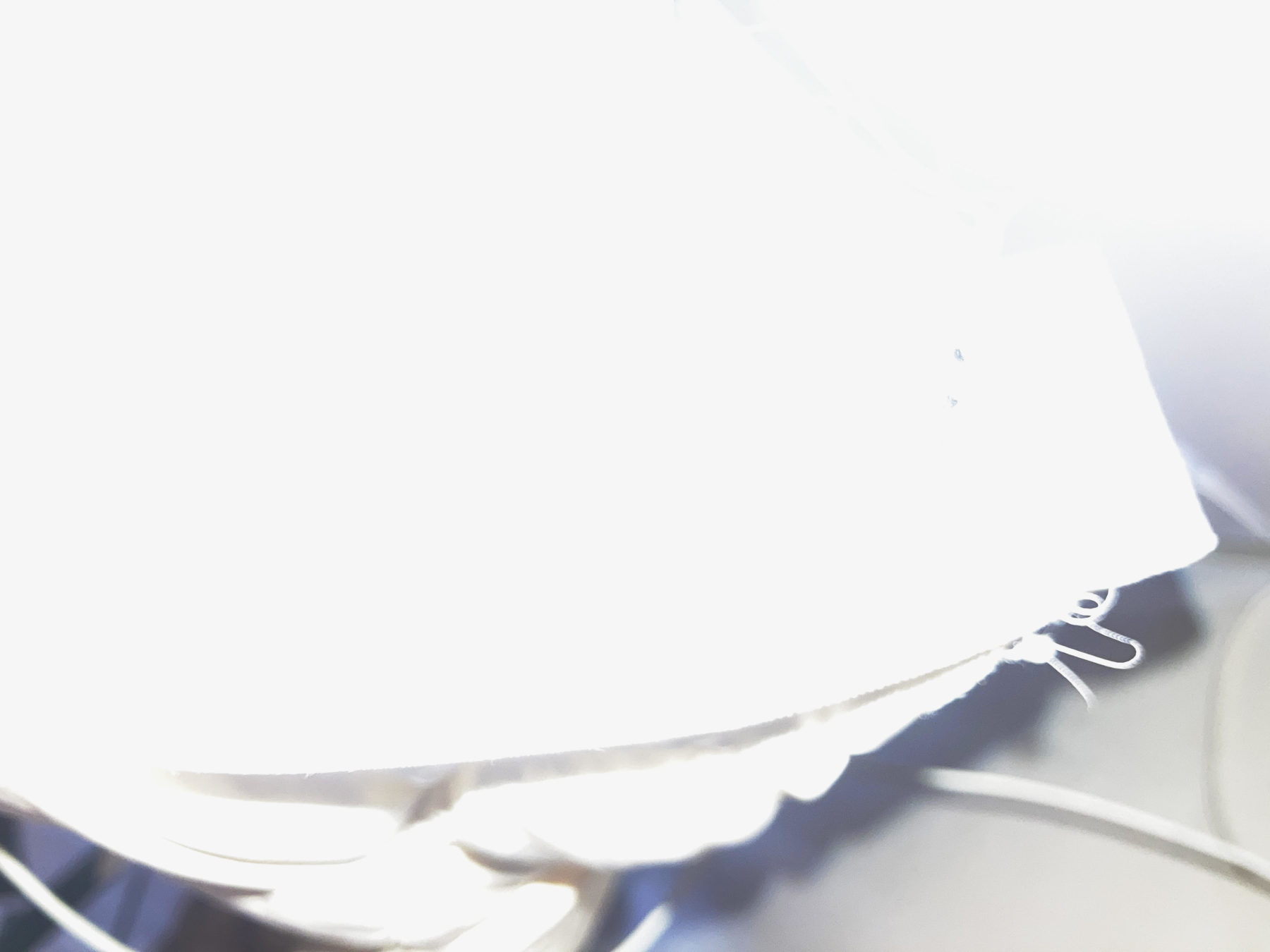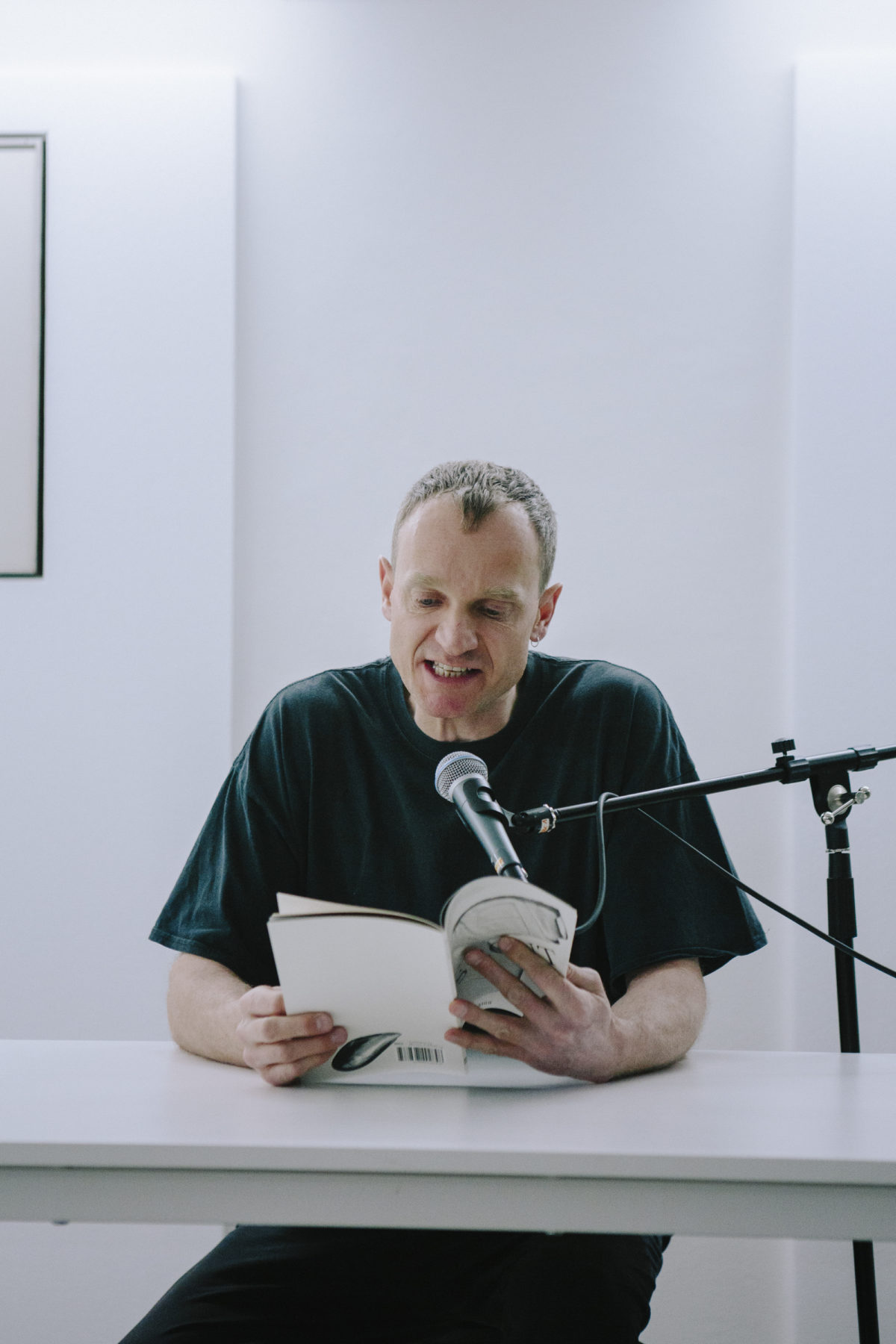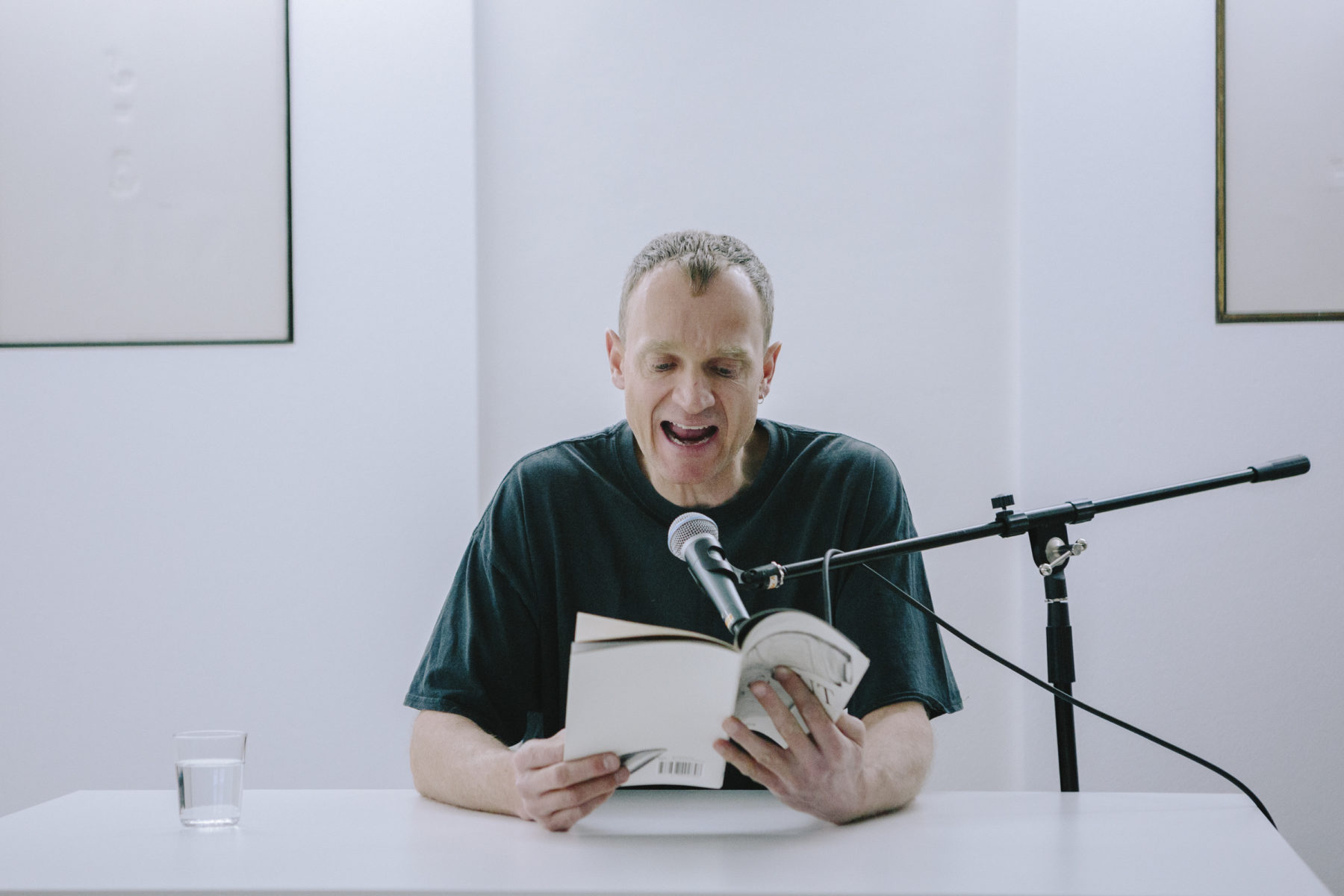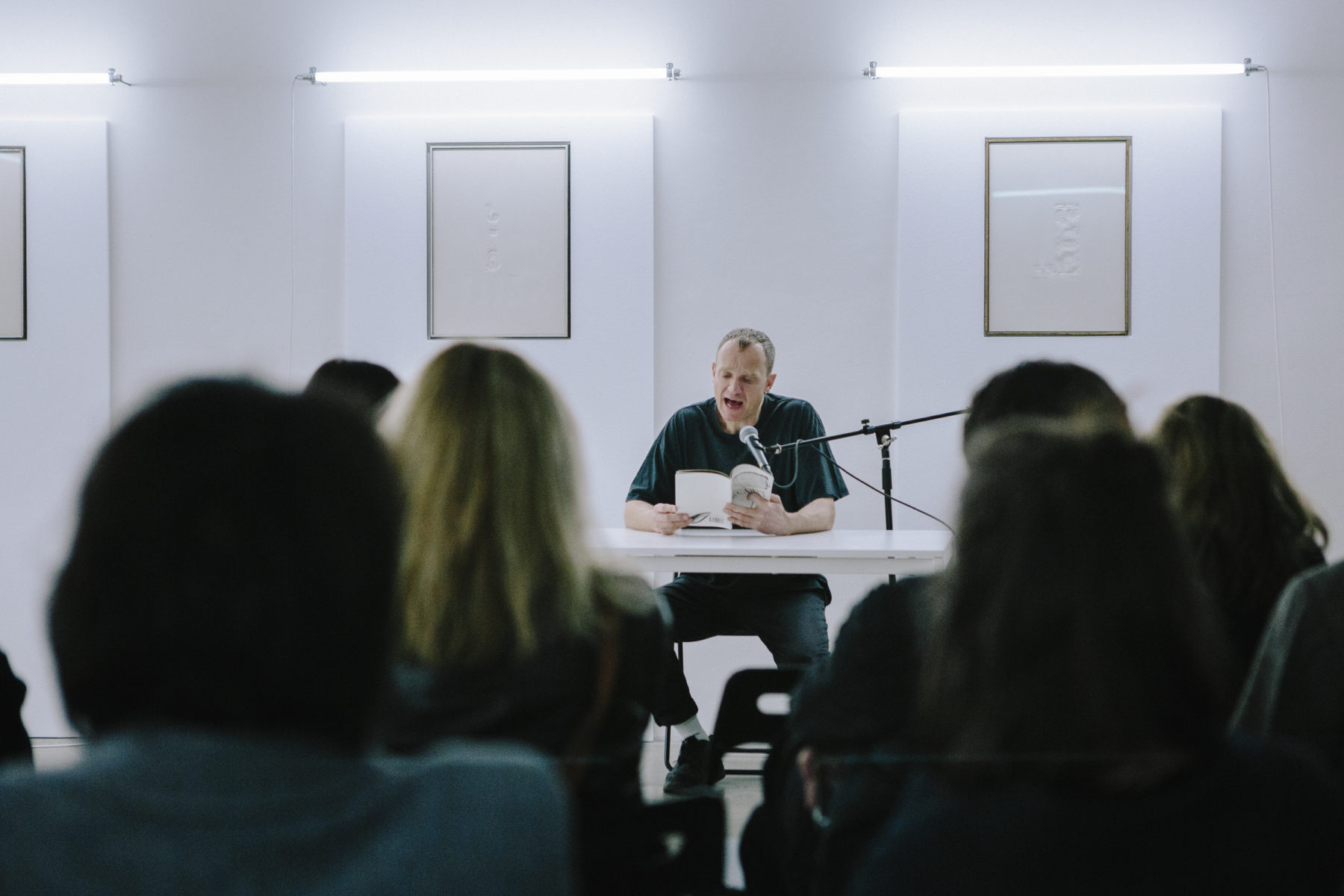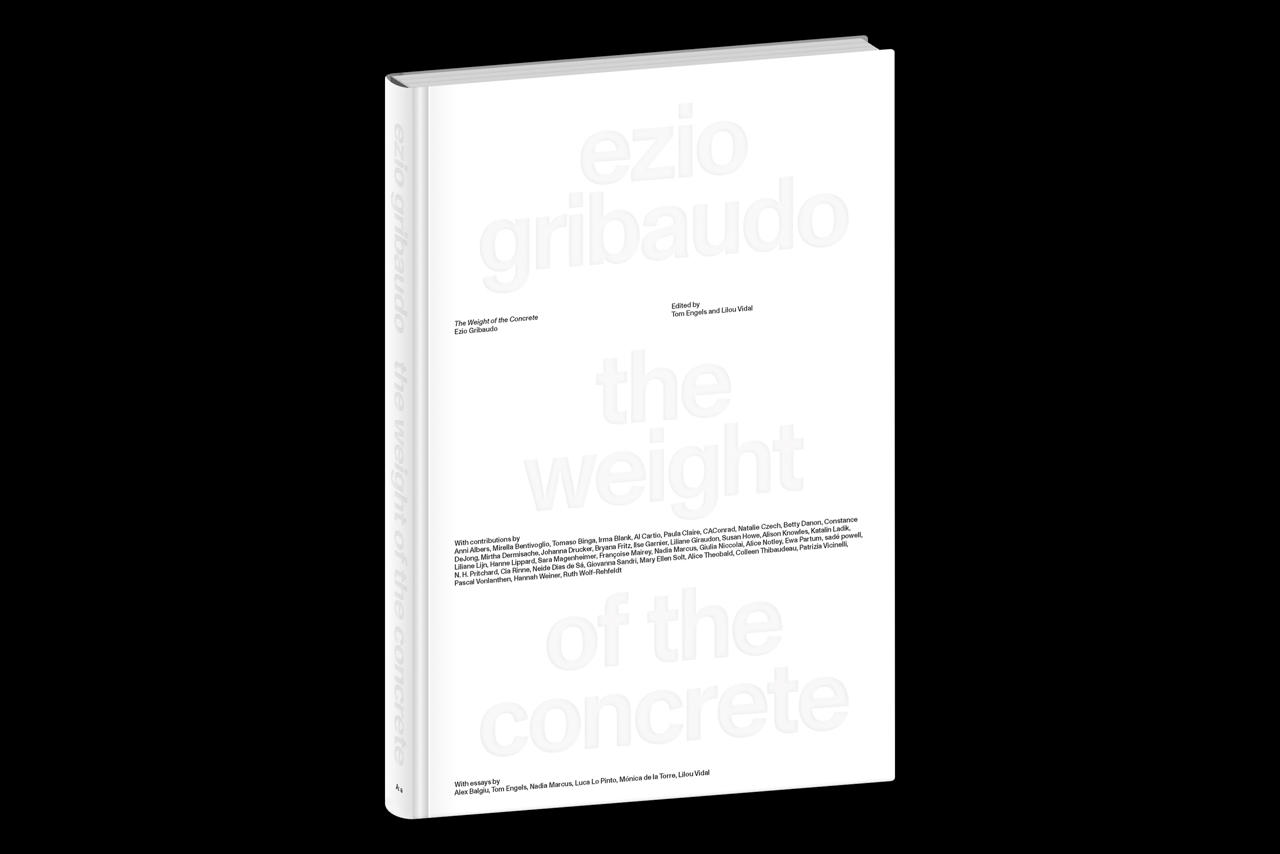



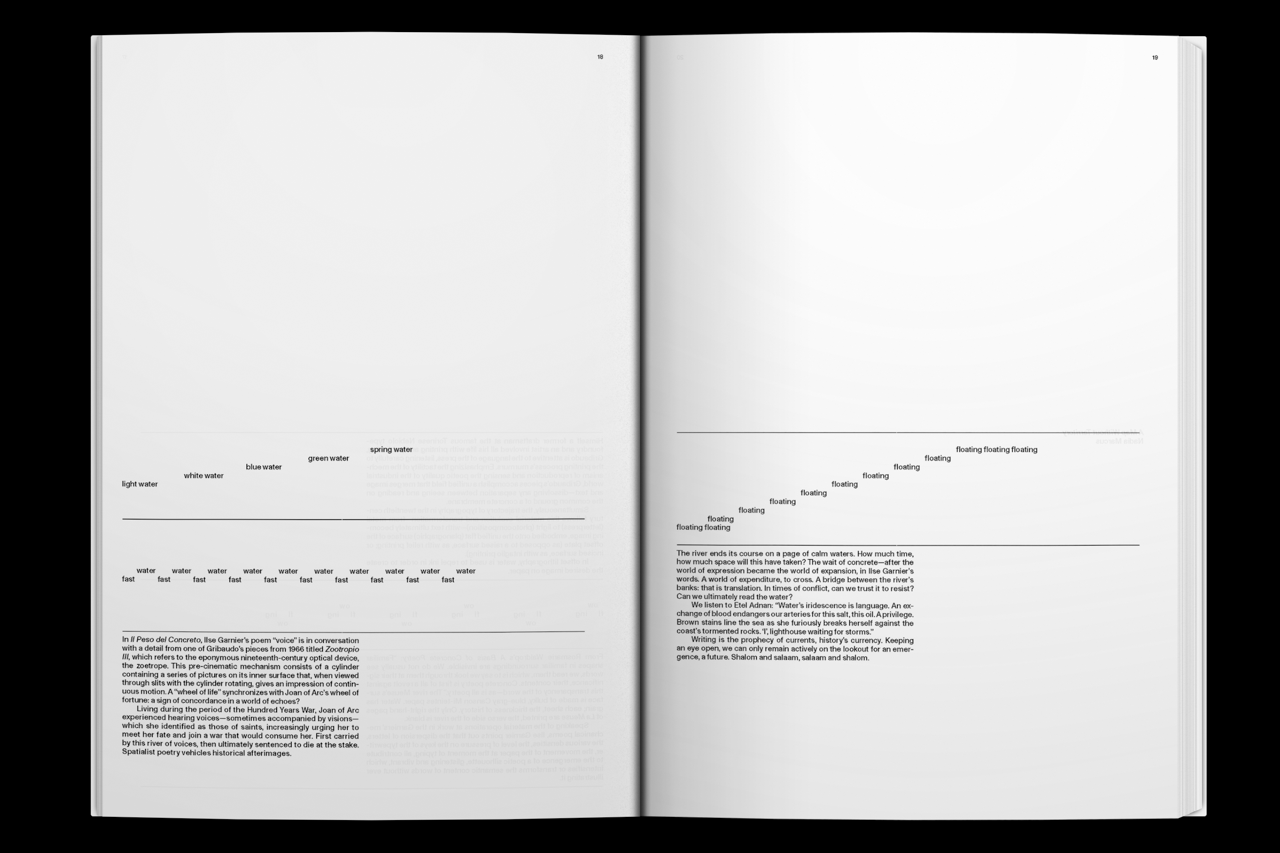
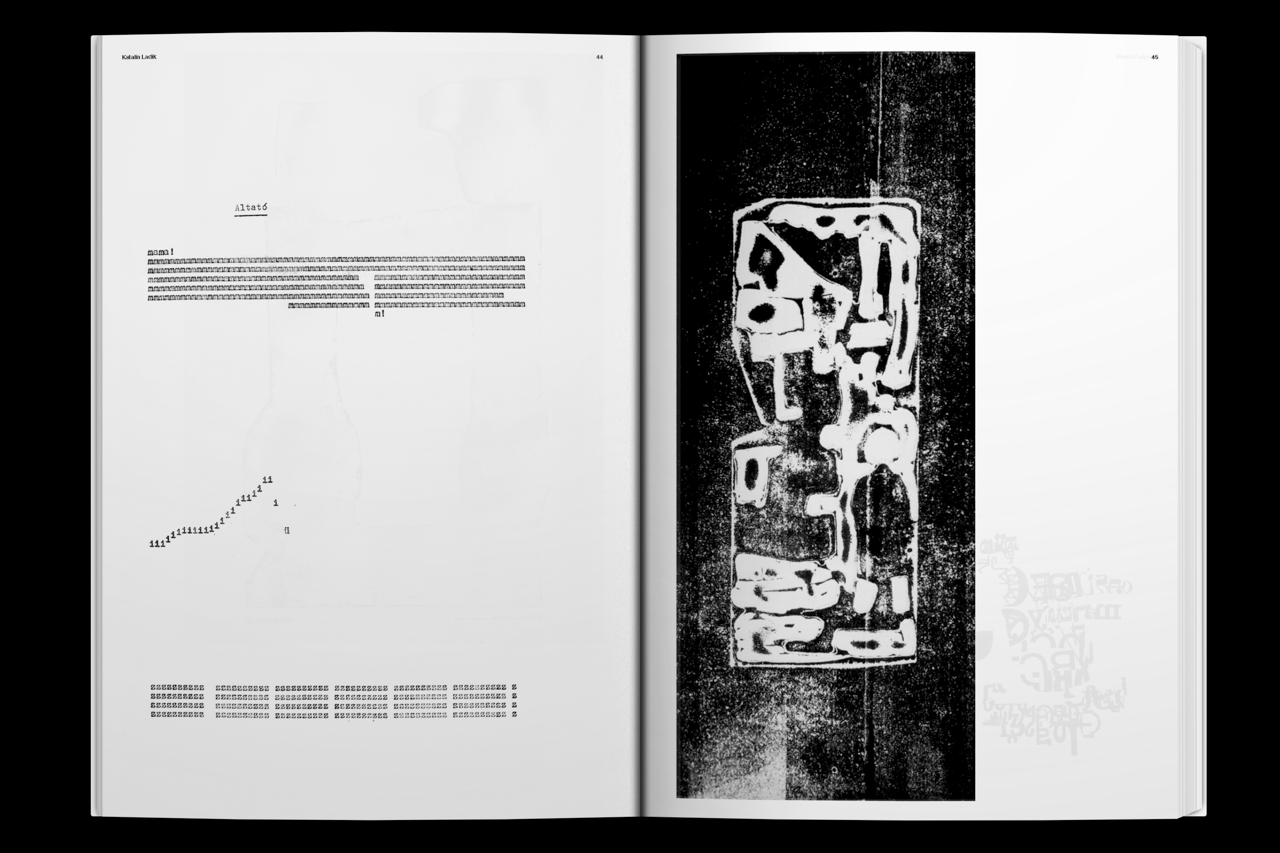
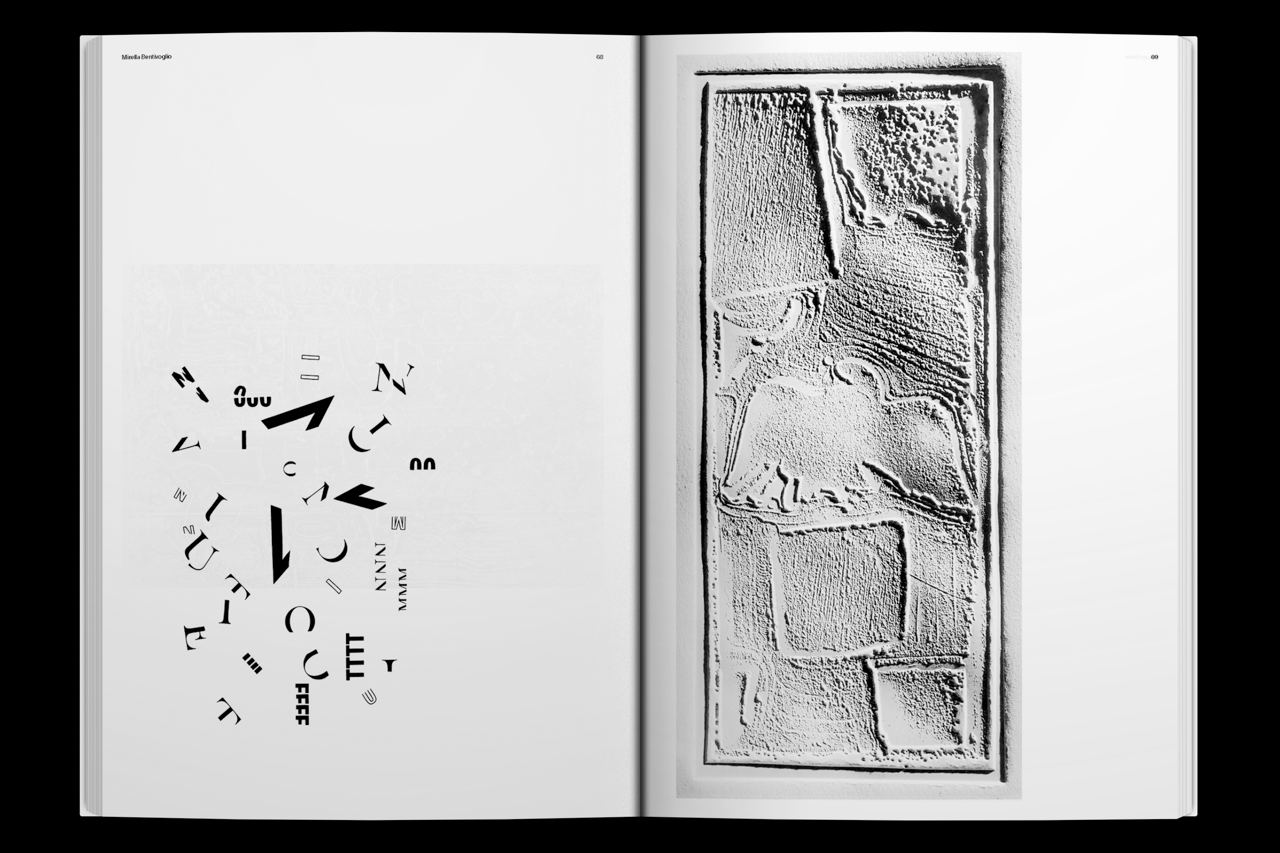
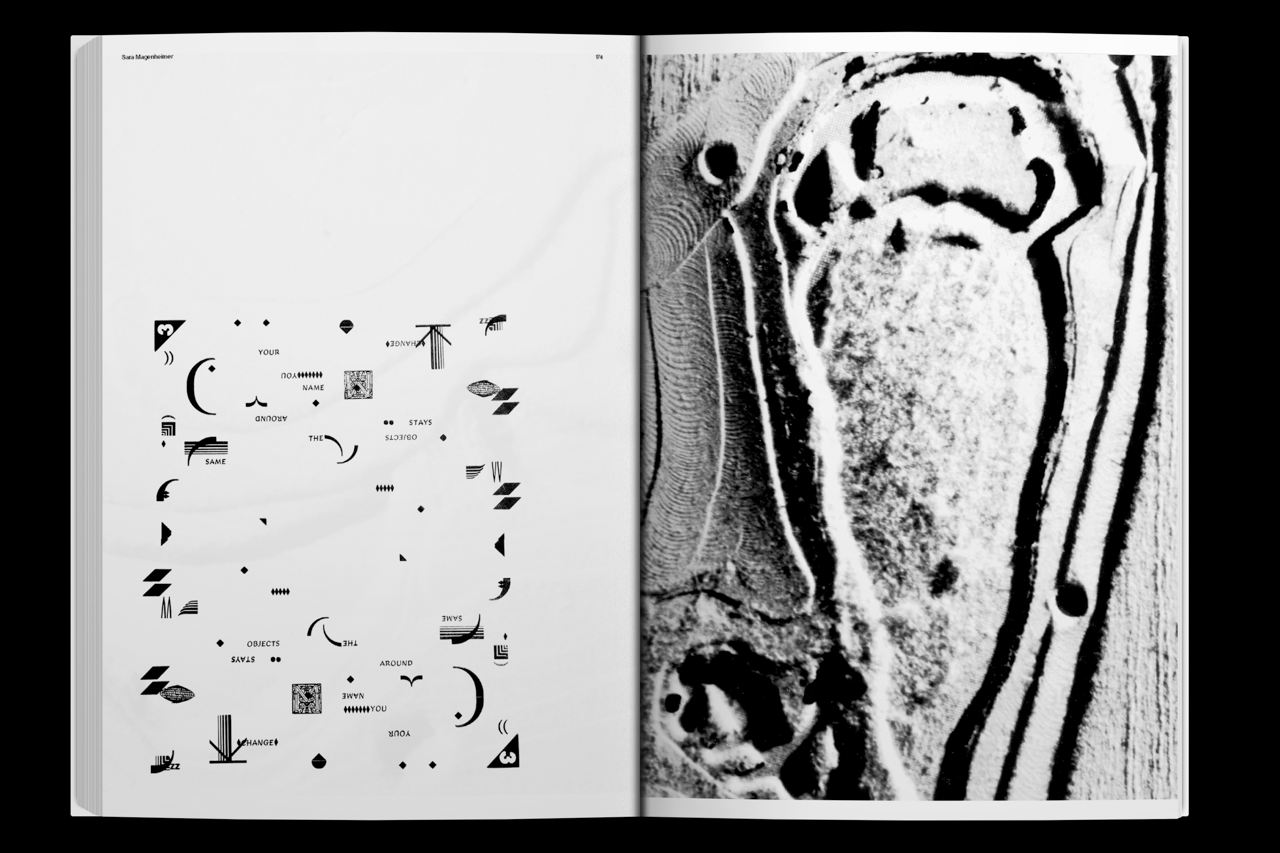
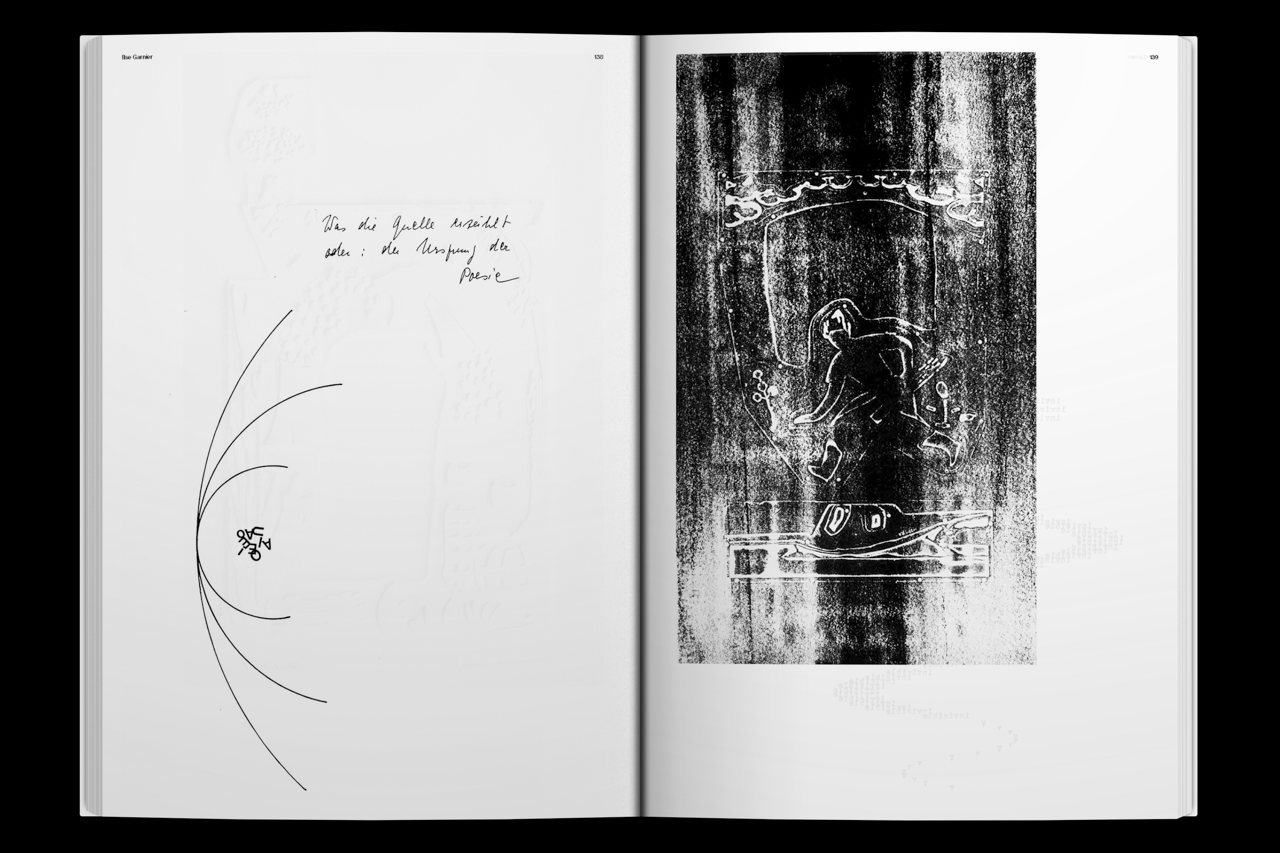
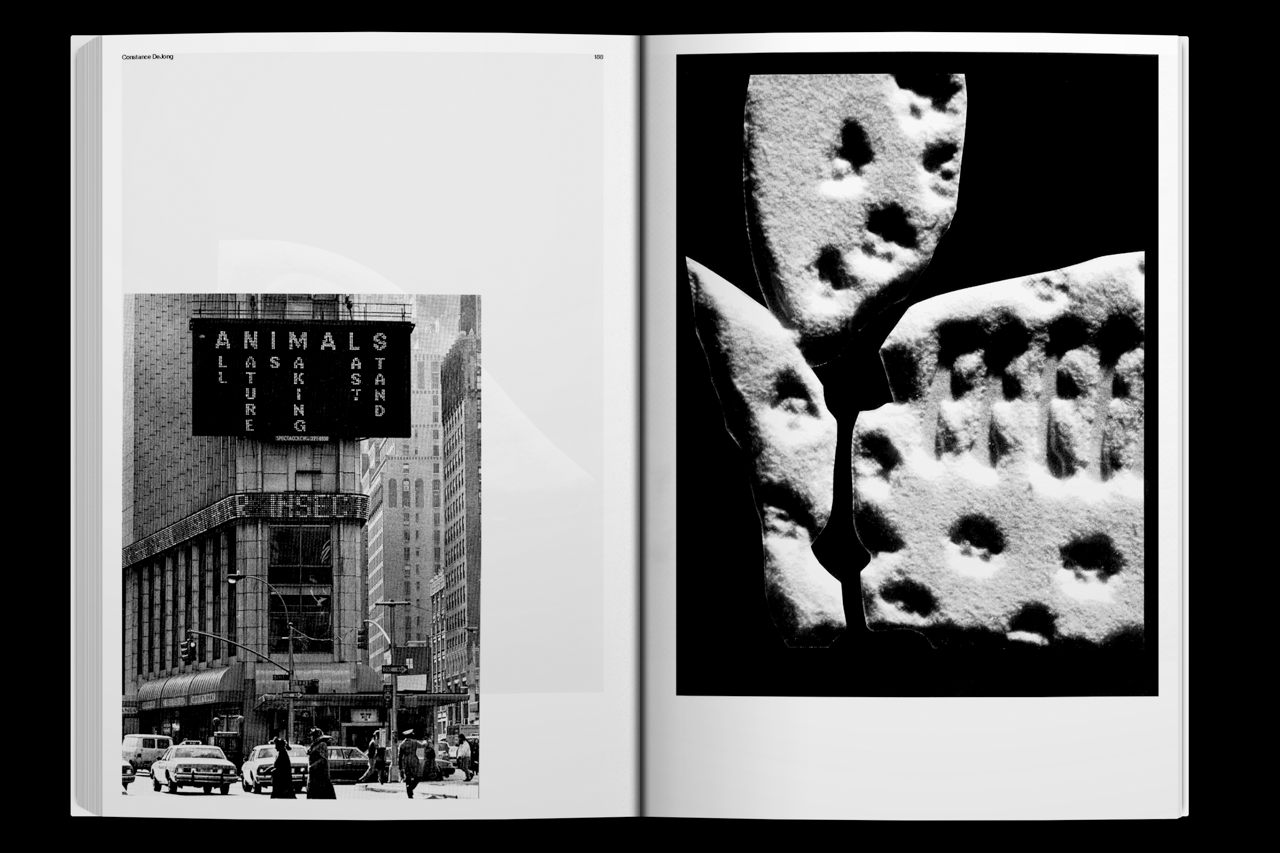
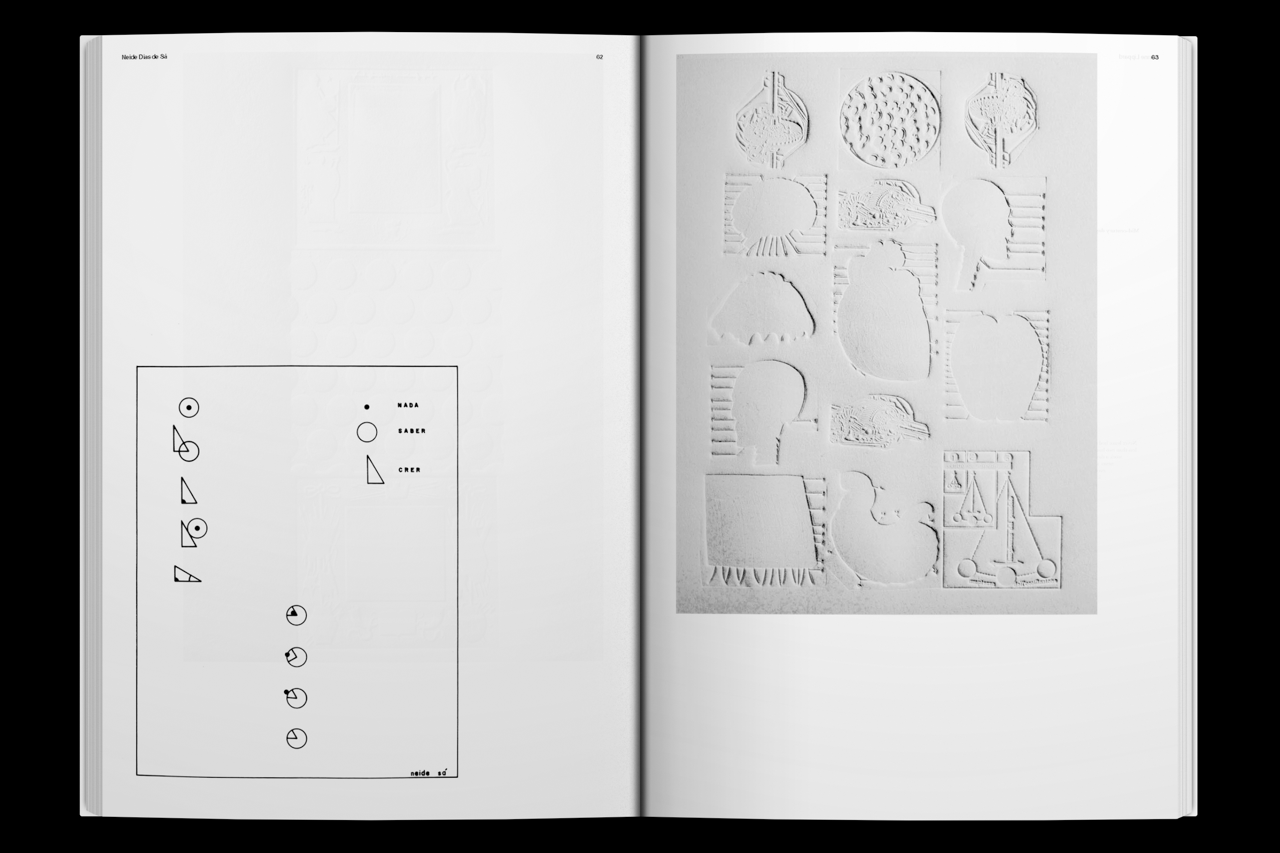


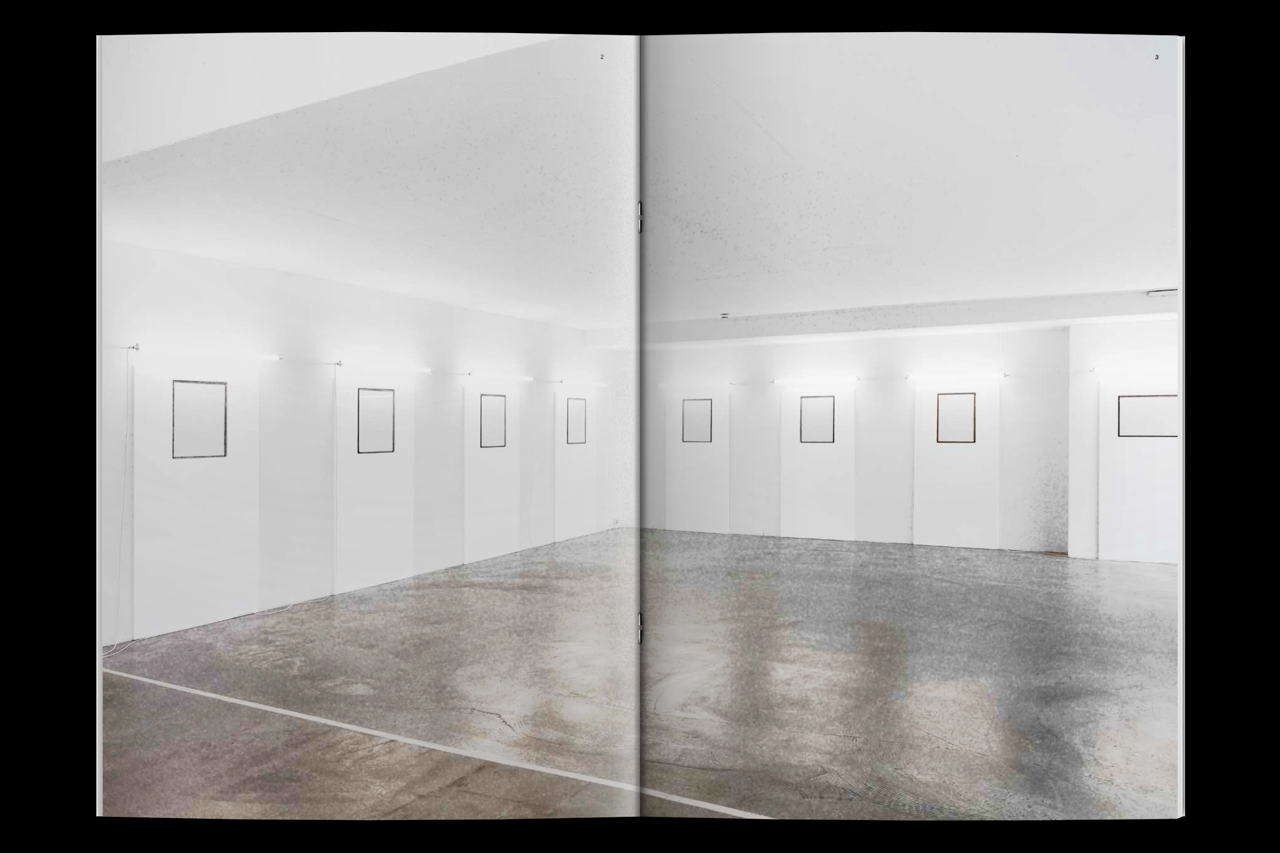
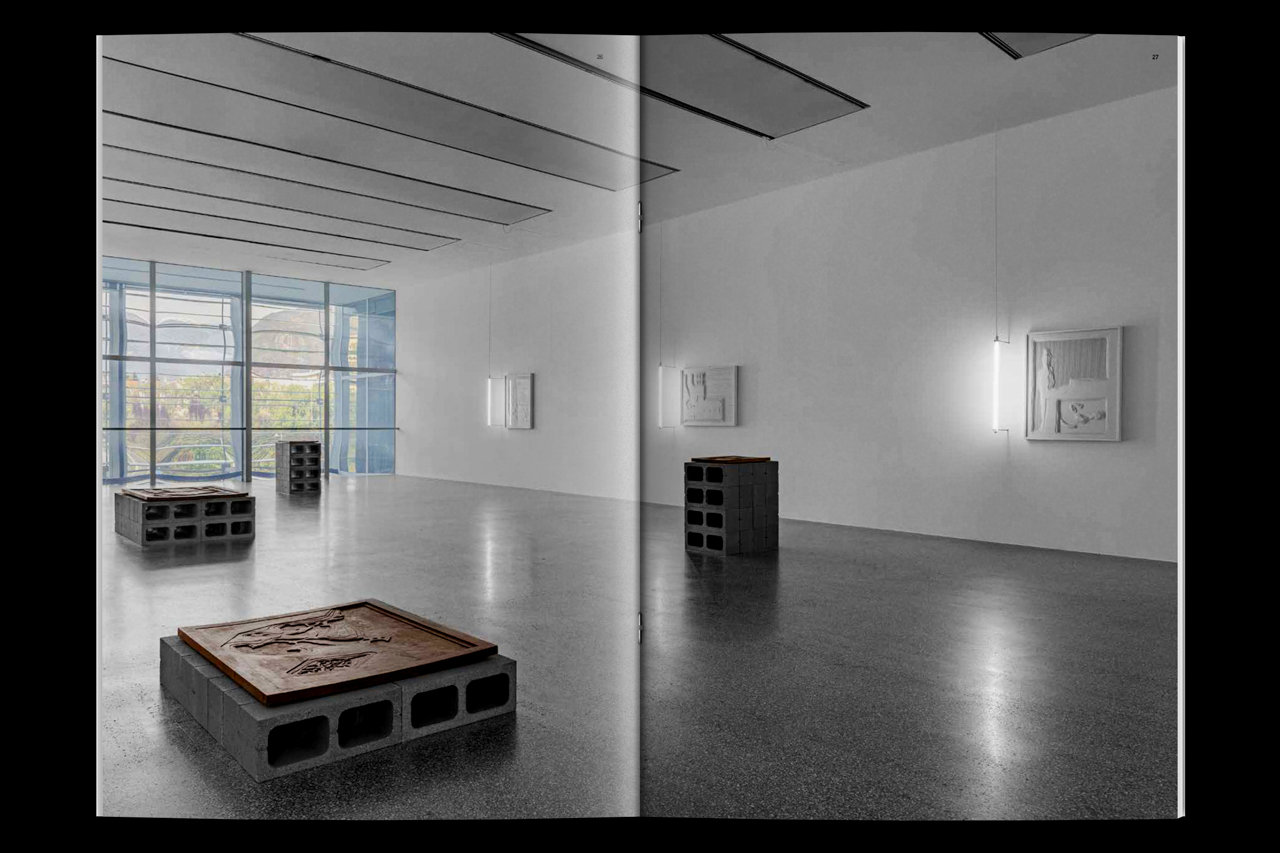
The Weight of the Concrete explores the legacy of the Turinese artist and publisher Ezio Gribaudo (1929–2022), examining his multifaceted oeuvre at the confluence of image and language. This publication, named after Il Peso del Concreto (1968)—a seminal work that featured Gribaudo’s early graphic creations alongside an anthology of concrete poetry edited by the poet Adriano Spatola (1941–88)—places Gribaudo’s work in conversation with approximately forty artists and poets from different generations, all of whom similarly engage with explorations of text, form, and visual expression.
Reflecting the editorial premise of Il Peso del Concreto, The Weight of the Concrete revisits the influential anthology, including archive material that documents its production, and reimagines it, pairing Gribaudo’s graphic work with a new selection of historical and contemporary concrete and experimental poetry.
At the heart of the volume is Gribaudo’s emblematic Logogrifi series, developed from the 1960s onward. The Logogrifi reveal his deep engagement with the art of bookmaking and fascination with industrial printing processes, relief matrices, typefaces, and language games. Rooted in linguistic or visual riddles, the Logogrifi function as visual and linguistic puzzles, akin to logogriphs, in which cryptic verses hint at a hidden keyword and provide clues to other words derived from its letters.
In this new edition, the editors take the opportunity to revisit Gribaudo’s pioneering work, examining previously overlooked dimensions—gendered, geographical, and technological—and exploring contemporary associations beyond the original context. The book also includes essays that elucidate the poetic and political interplay between image, language, and materiality.
This publication is released following Ezio Gribaudo – The Weight of the Concrete, an exhibition held at the Grazer Kunstverein in Graz, Austria (2023–24), and at the Museion—Museum of Modern and Contemporary Art in Bolzano-Bozen, Italy (2024).
Edited by Tom Engels and Lilou Vidal
Published by Axis Axis and Grazer Kunstverein
Contributions by Anni Albers, Mirella Bentivoglio, Tomaso Binga, Irma Blank, Al Cartio, Paula Claire, CAConrad, Natalie Czech, Betty Danon, Constance DeJong, Mirtha Dermisache, Johanna Drucker, Bryana Fritz, Ilse Garnier, Liliane Giraudon, Susan Howe, Alison Knowles, Katalin Ladik, Liliane Lijn, Hanne Lippard, Sara Magenheimer, Françoise Mairey, Nadia Marcus, Giulia Niccolai, Alice Notley, Ewa Partum, sadé powell, N. H. Pritchard, Cia Rinne, Neide Dias de Sá, Giovanna Sandri, Mary Ellen Solt, Alice Theobald, Colleen Thibaudeau, Patrizia Vicinelli, Pascal Vonlanthen, Hannah Weiner, and Ruth Wolf-Rehfeldt
Essays by Alex Balgiu, Tom Engels, Nadia Marcus, Luca Lo Pinto, Mónica de la Torre, and Lilou Vidal
22 x 32 cm
208 pages (ENG-IT)
First edition
800 copies
Annex:
22 x 32 cm
48 pages (ENG-IT)
800 copies
Price: 36,- euros, 30,- for members















Schlingen Blängen is a seminal composition by the American artist and composer Charlemagne Palestine, first conceived in the late 1970s, that has continuously evolved over the decades. At its core, the piece explores the vast sonic possibilities of the organ, transforming it into a resonating body of layered, immersive sound. Through the use of long, sustained tones and gradual, almost imperceptible shifts in harmony, Schlingen Blängen creates a hypnotic, meditative atmosphere that invites listeners to lose themselves in the interplay of sound and space.
Performed on site-specific organs, each rendition of Schlingen Blängen becomes a unique encounter between the music and the architecture of the setting. The organ’s capacity for deep, resonant tones and delicate overtones is paired with the natural acoustics of the space, with sound reverberating off walls and ceilings, turning the venue itself into an instrument. Palestine’s approach to composition, focused on repetition and slow evolution, heightens the sensory experience, immersing listeners in a sonic environment where time seems to stretch and shift.
Palestine’s unique approach to the organ involves merging the varied timbral registers of a traditional church or theater organ in a continuous search for what he calls the “Golden Sound.” Through his distinct continuum key prolonging technique, Palestine sustains and layers tones, allowing him to create a vast range of nuances in the organ’s timbres. The result is a massive, magical sonorous storm cloud of sound that vibrates and interacts with the architecture of each space, making every performance a singular experience of complex and evolving textures.
In the context of Josef Dabernig’s exhibition Lacrimosa, Schlingen Blängen underscores the central role of organ music in Dabernig’s recent works. The performance celebrates the beginning of the exhibition’s second chapter and echoes the thematic exploration of ritual, memory, and transformation present throughout Dabernig’s films, while simultaneously standing as a testament to Palestine’s engagement with the spiritual and acoustic dimensions of the organ.
CHARLEMAGNE PALESTINE (b. 1947, Brooklyn, NYC) is a sound artist, composer, performer, and video and installation artist based in Brussels. A contemporary of Philip Glass, Terry Riley, Phill Niblock, and Tony Conrad, Palestine has been creating intense, ritualistic, continuum music for electronic sound sources, bell carillons, pipe organs, pianos, voice, and other keyboard instruments since the 1960s. Originally trained as a cantor and later a carillonneur, he is a composer-performer who always performs his own works as a soloist. Among his first key works are his electronic continuums and his sonority explorations, referred to as Golden Sonorities. Other notable works include his continuum form Strumming Music, the two-hour sound performance Karenina, and Schlingen Blängen, a sonic continuum form for pipe organs that he has been continuously developing since the 1970s. Palestine stopped performing in the early 1980s and until the mid-1990s, devoting himself entirely to creating plush animal divinity altars as multi-media sculptures and installations. These altars are often an integral part of his performances. Since his return to performing, Palestine has reissued works from the 1960s and 1970s on CD and vinyl and has performed and exhibited internationally. Notable recent performances include illlummminnnatttionnnsssss!!!!!!! with Simone Forti at MoMA, New York City, and The Louvre, Paris (2014); STTT THOMASSS ‘’’’”‘”DINGGGDONGGGDINGGGzzzzzzz ferrrr TONYYY’’’’’’’ , organized with Blank Forms and performed at St. Thomas Episcopal Church, New York City (2017); as well as his participation in the 2014 Whitney Biennial, presenting Stairway Song, a site-specific twelve-channel sound installation. Exhibitions focusing on his sculptural and musical work include Voodooo at WIELS, Brussels (2010); GesammttkkunnsttMeshuggahhLaandtttt at Kunsthalle Wien (2015) and Kunstinstituut Melly, Rotterdam (2016); Bibbidi-Bobbidi-Boo at Meredith Rosen Gallery, New York City (2023); and Post Scriptum: A museum forgotten by heart at MACRO, Rome (2024).
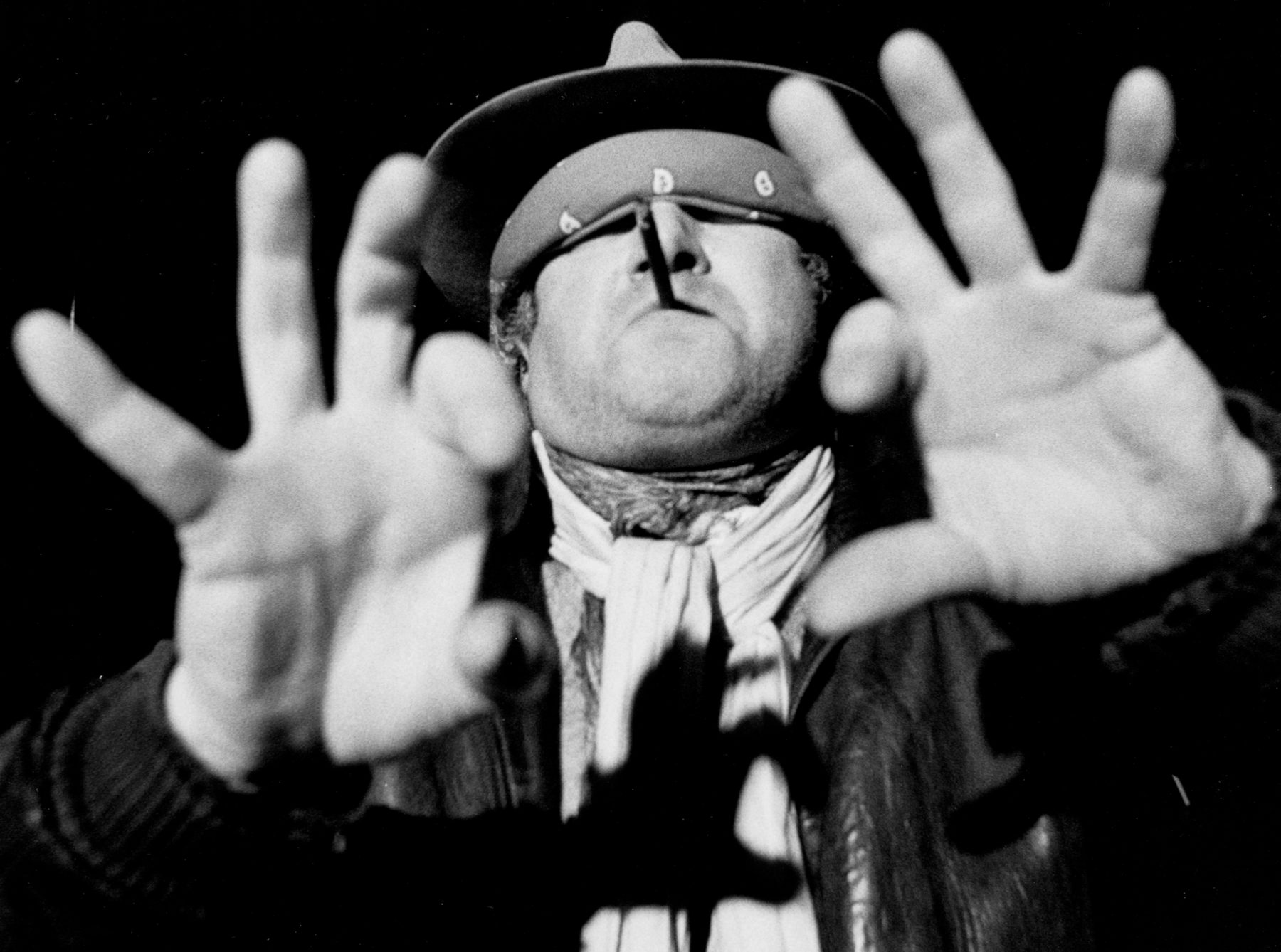
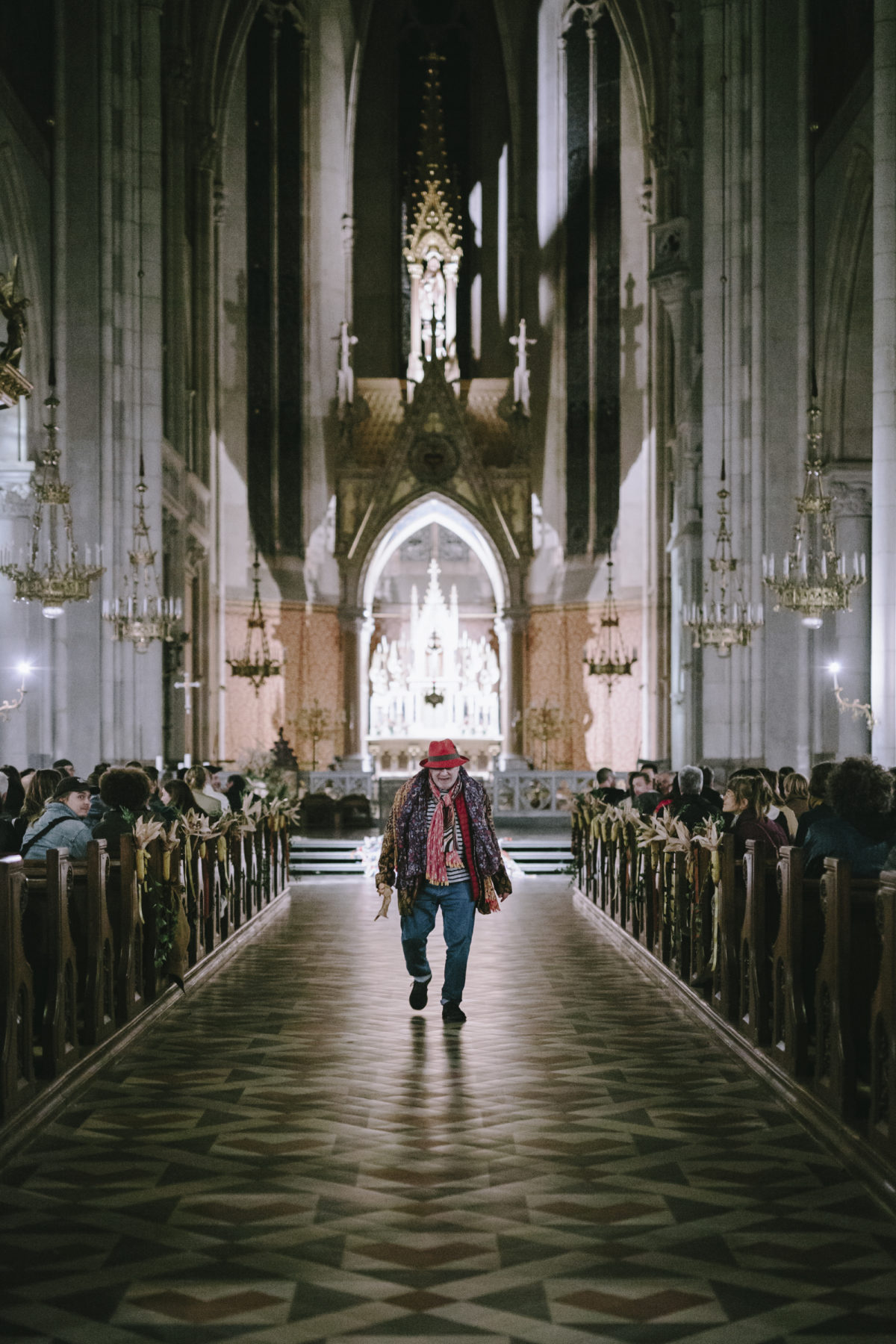
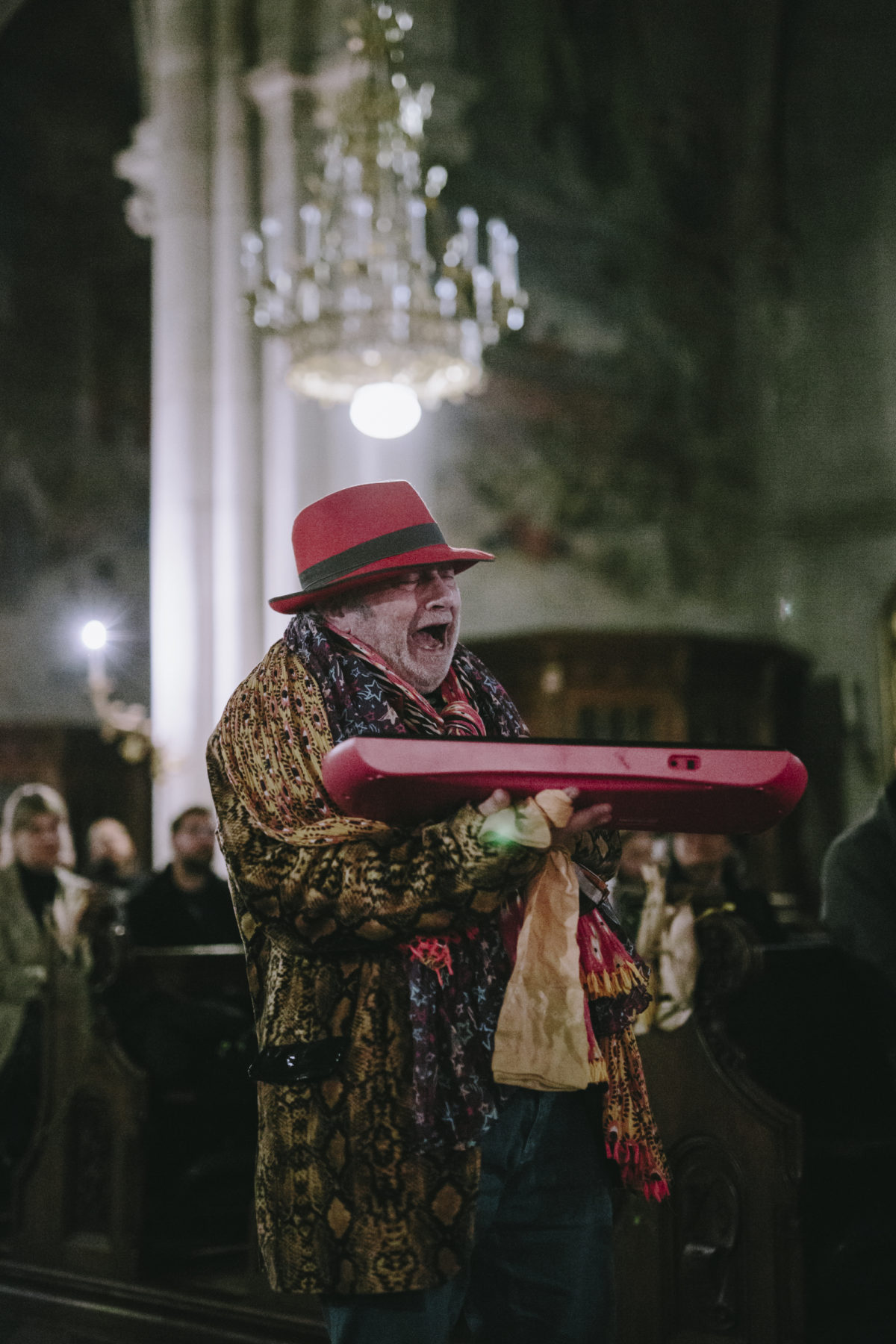
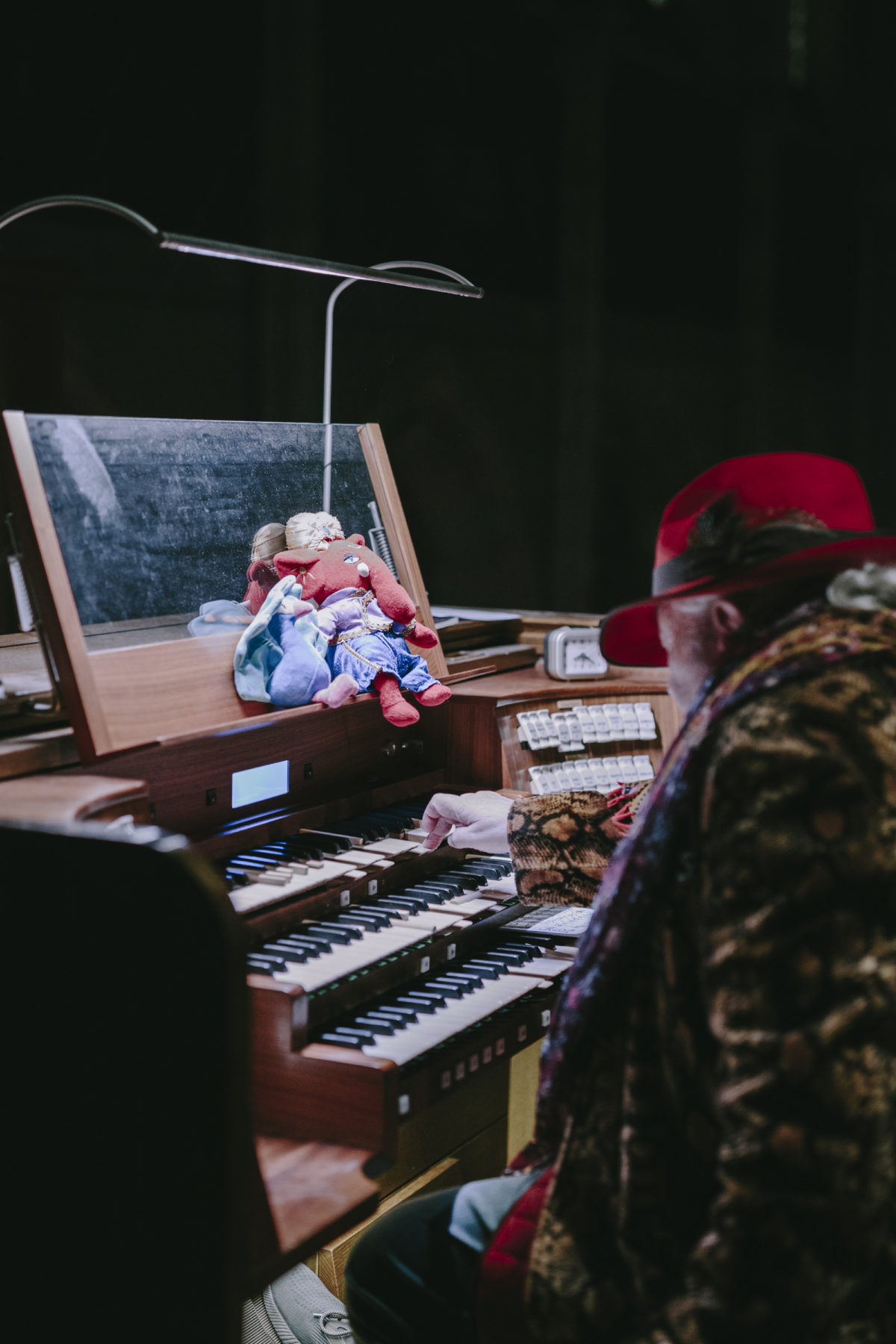
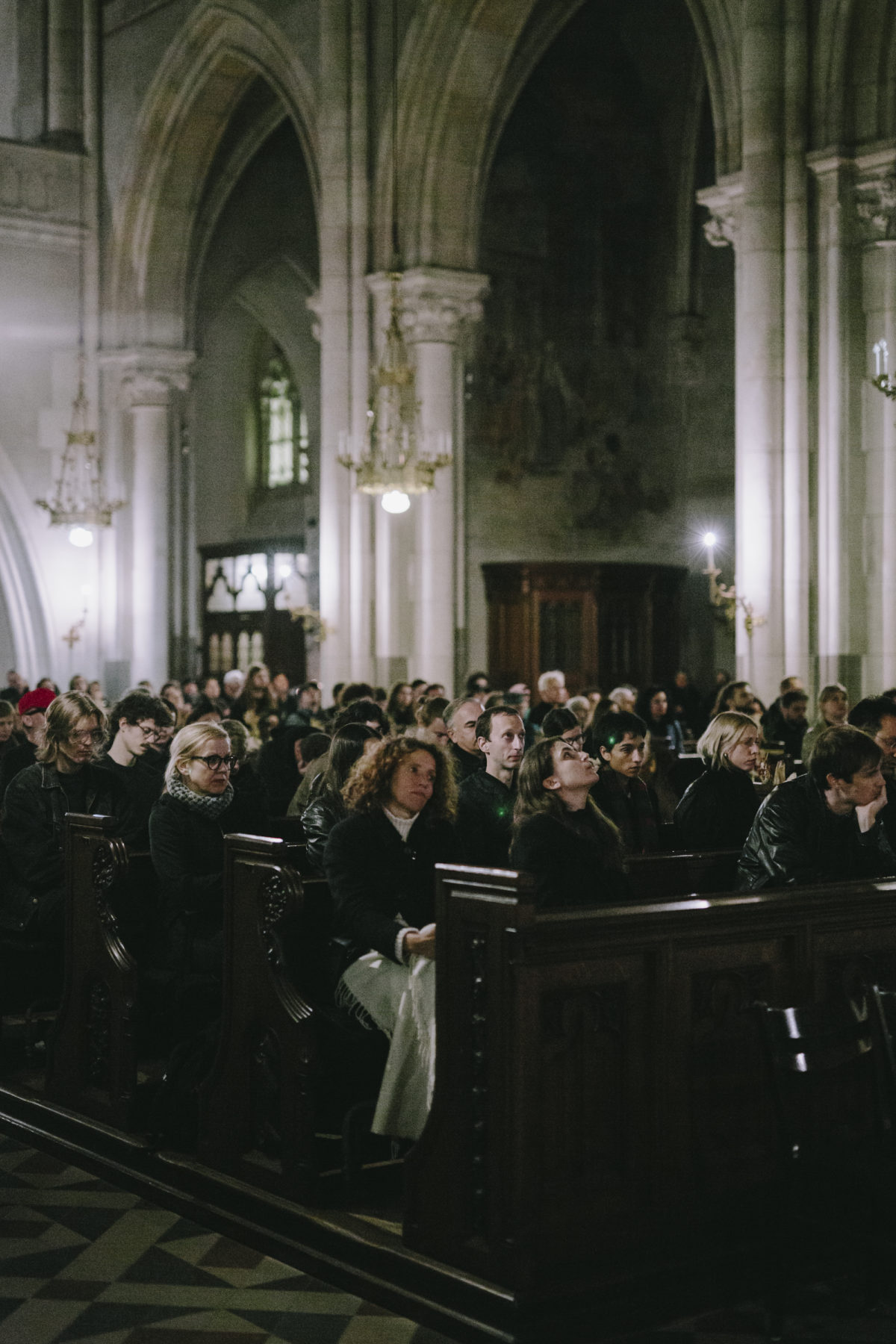
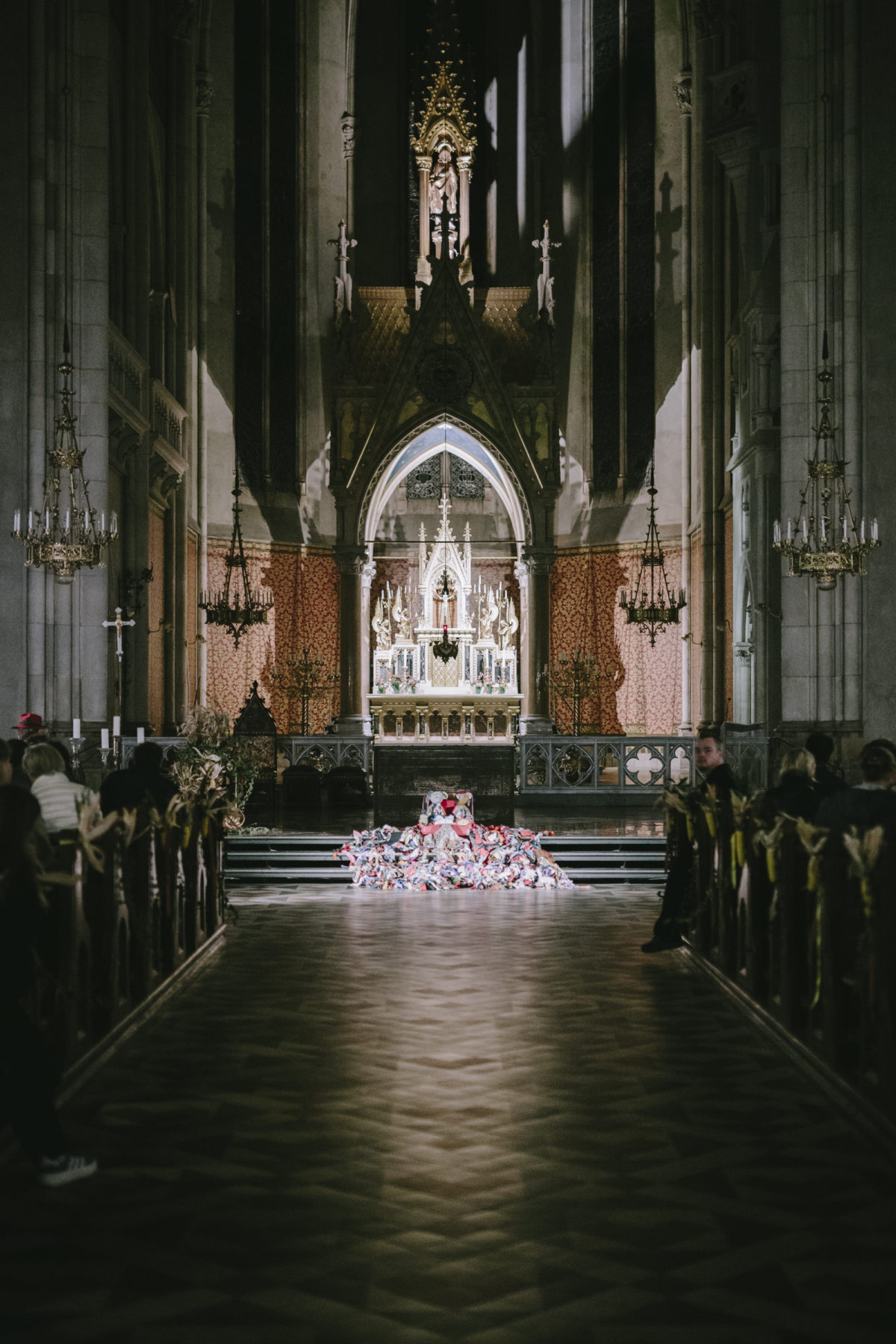

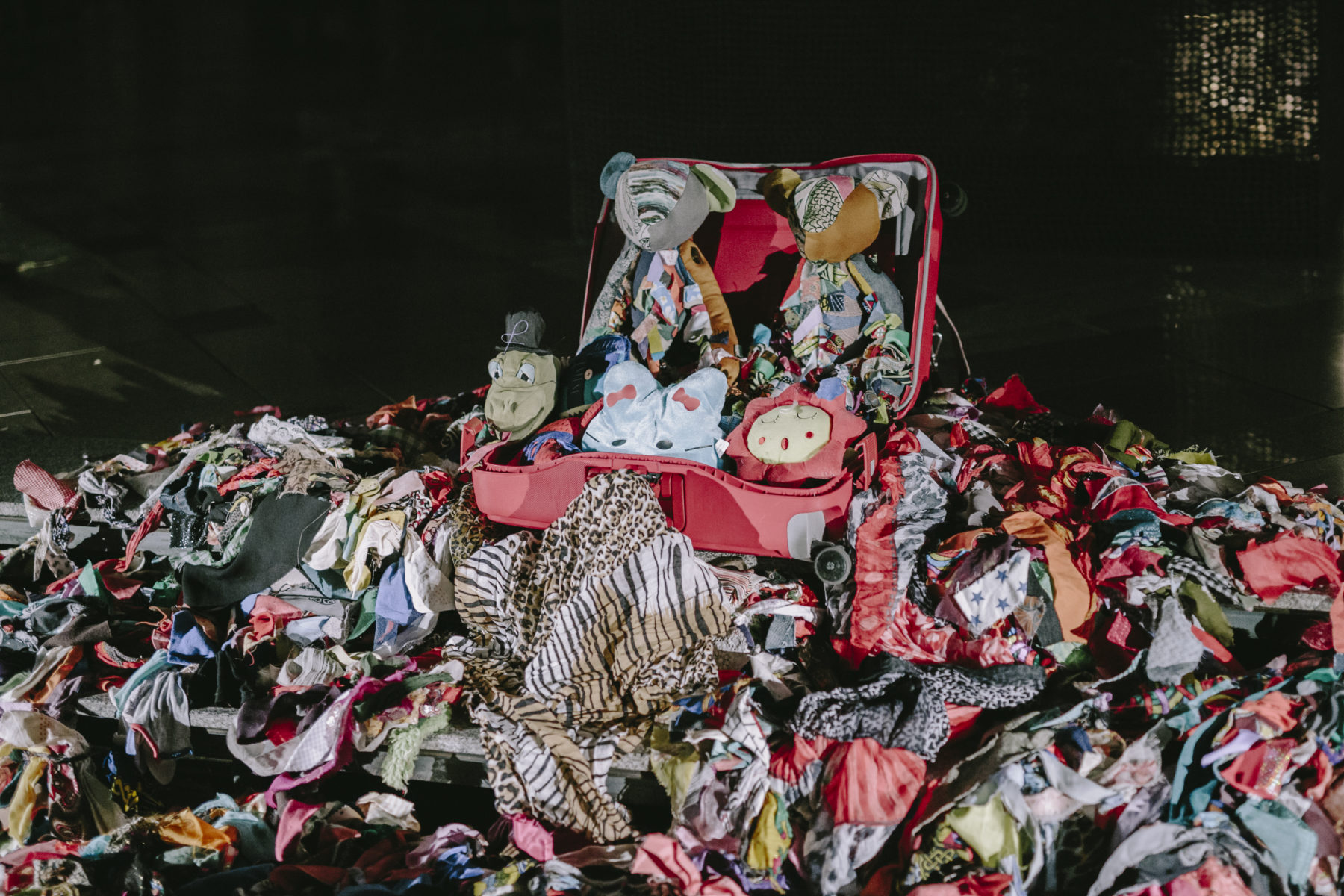
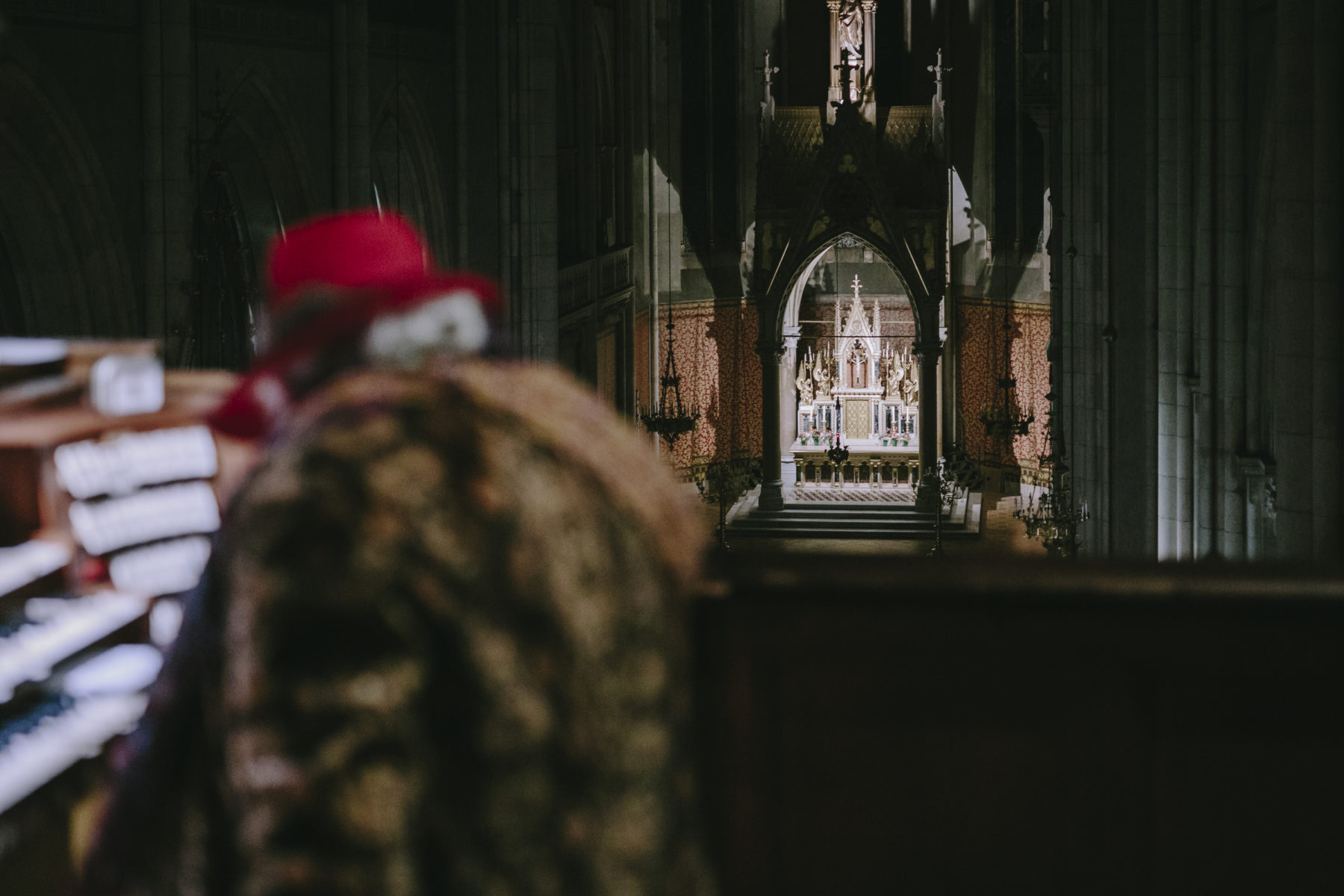
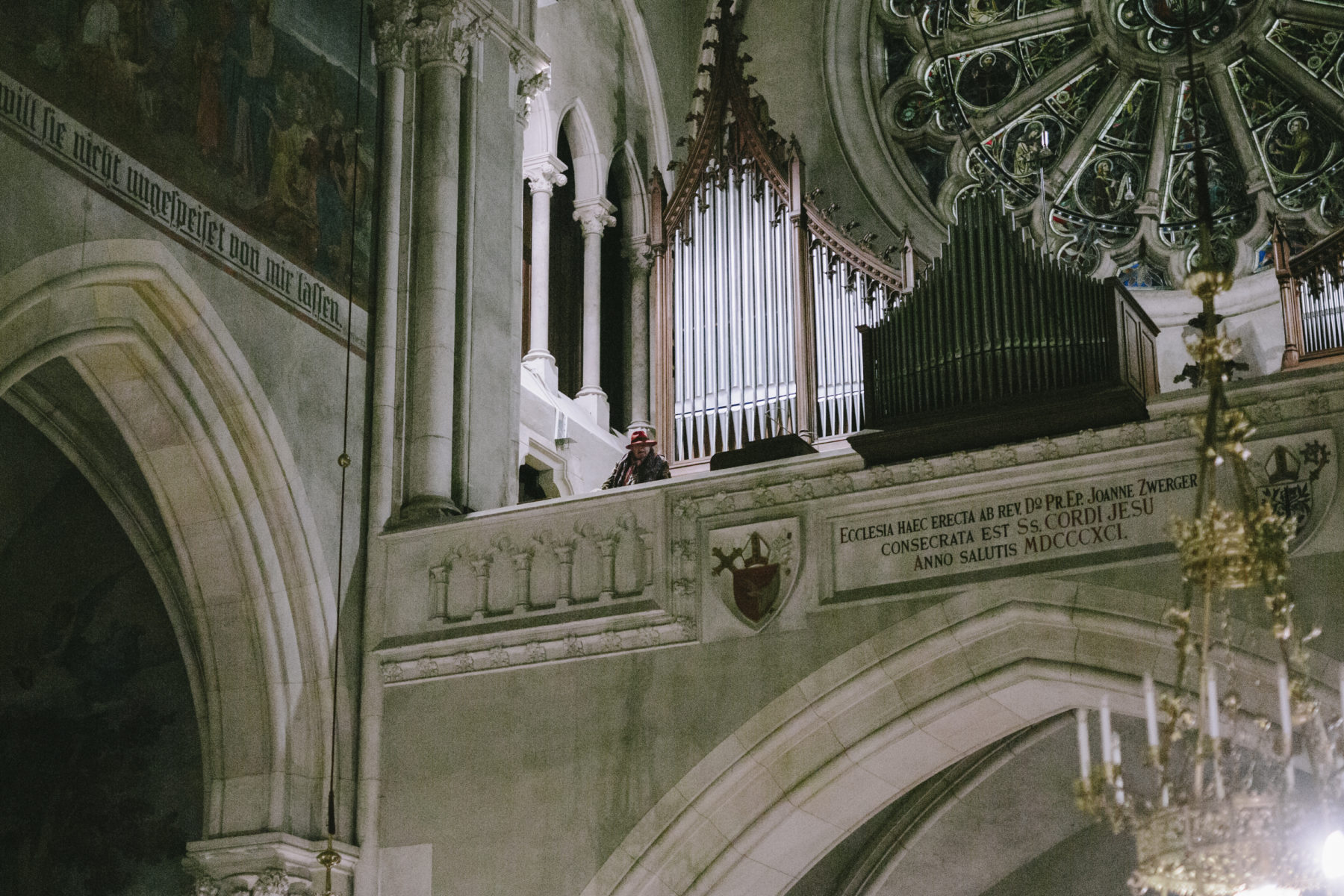
Lacrimosa is an exhibition centered on the Austrian premiere of Josef Dabernig’s latest film, carrying the same name. The film portrays an unconventional farewell ritual led by Dabernig’s aunt, Anni Dabernig, who was an organist and teacher. Together with his grandchildren, she orchestrates a procession through her home in Kötschach-Mauthen, the Austrian village in which he grew up. At the center of this ceremony is a child-sized, enigmatic coffin whose journey through the house transforms both into silent protagonists. Folded hands, furtive glances, rosaries, and a commode chair are the elements of an eccentric children’s game in which the illustrious group navigates between intimidation, rebellion, and a dangerous staircase, all the while grappling with existential questions.
In keeping with Dabernig’s practice of working closely with friends and family in his moving image work, the film is interwoven with a monologue written by Dabernig’s longtime collaborator, Bruno Pellandini, and performed by his wife, Johanna Orsini, describing Pellandini’s grandparents’ home in Ticino, Switzerland. Through Dabernig’s exploration of the overlapping architectures of the two homes—one in Switzerland and the other in Austria—these buildings become repositories of memories, capturing the domestic infrastructures of lives lived, lost, and ultimately rediscovered. Five days after the shoot of this cinematic requiem was concluded, Anni Dabernig passed away.
Lacrimosa sets the tone for a retrospective exploration of Dabernig’s moving image oeuvre, suffused with the themes of death, mourning, elegy, and the resonant presence of organ music. Set against a scenography of film props and objects from his aunt’s Krassnig Villa, the exhibition unfolds in two chapters, spanning early and recent works. The first chapter (September 21 – October 20) presents Heavy Metal Detox (2019) and Gertrud & Tiederich (2018), while the second chapter (October 23 – November 17) features All the Stops (2020) and Stabat Mater (2016). Central to both chapters are Lacrimosa (2024), Rosa coeli (2003), and Parking (2003).
To celebrate the beginning of the second chapter of the exhibition and to underscore the prominent role of organ music in Dabernig’s most recent works, the American composer and artist Charlemagne Palestine will perform Schlingen Blängen, an ongoing exploratory organ composition he has been developing since the late 1970s, on October 23 at 8:00 pm in the Herz-Jesu-Kirche in Graz.
The exhibition is accompanied by a publication featuring an essay by Krzysztof Kościuczuk and a visual essay by Dabernig, with photographs of his aunt’s villa.
JOSEF DABERNIG (b. 1956, Lienz, Austria) is an artist and filmmaker living in Vienna. Recent solo exhibitions include Lancia Thema, The Black Box, Wschód, New York, USA (2023); Wisla, Museum Jorn, Silkeborg, Denmark (2023); and Equally Not Nothing, Galerie Stadtpark, Krems, Austria (2020). Dabernig’s work was a part of the 49th and 50th Venice Biennale in 2001 and 2003; Manifesta 3 (2000, Ljubljana) and 10 (2014, St. Petersburg); the 9th Gwangju Biennale (2012); Contour – 6th Biennial of Moving Image, Mechelen (2013); Bergen Assembly (2013); and steirischer herbst, Graz (2020, 2022). His films have been featured across various film festivals internationally, including the International Short Film Festival Oberhausen, International Film Festival Rotterdam, Locarno Film Festival, Venice Film Festival, Mar del Plata International Film Festival, Melbourne International Film Festival and the Toronto International Film Festival. In 2004, Dabernig presented his exhibition Josef Dabernig: Proposal for a New Kunsthaus, not further developed at Grazer Kunstverein, which was accompanied by a namesake publication.
A co-operation with steirischer herbst ’24

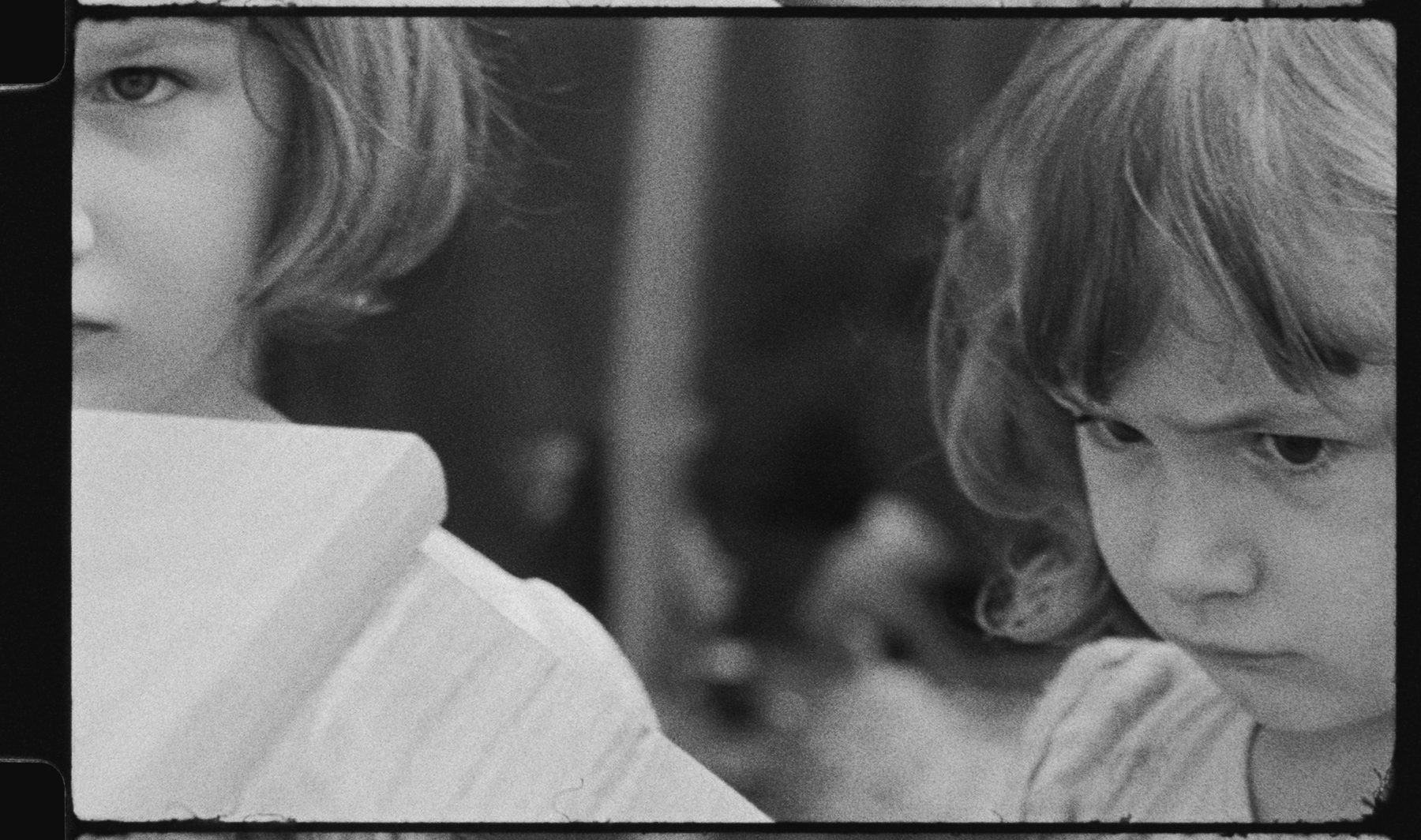

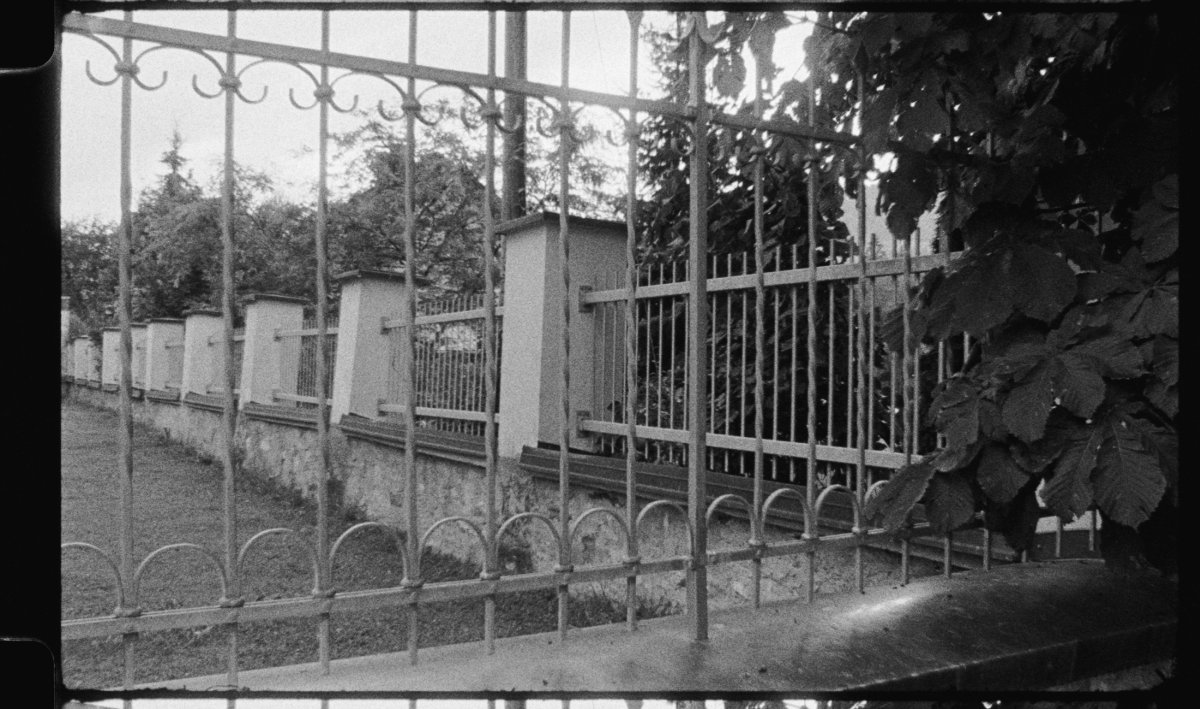

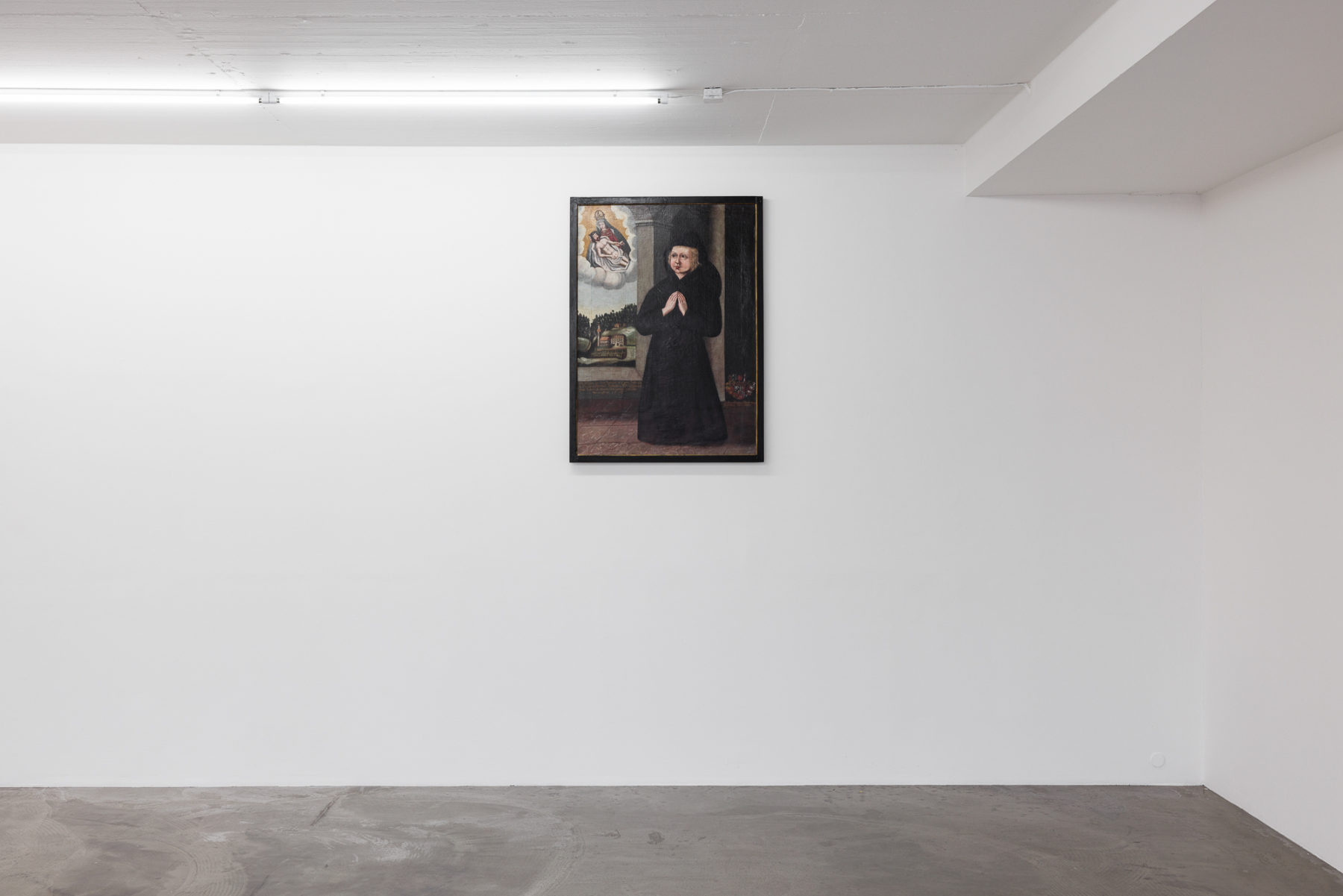
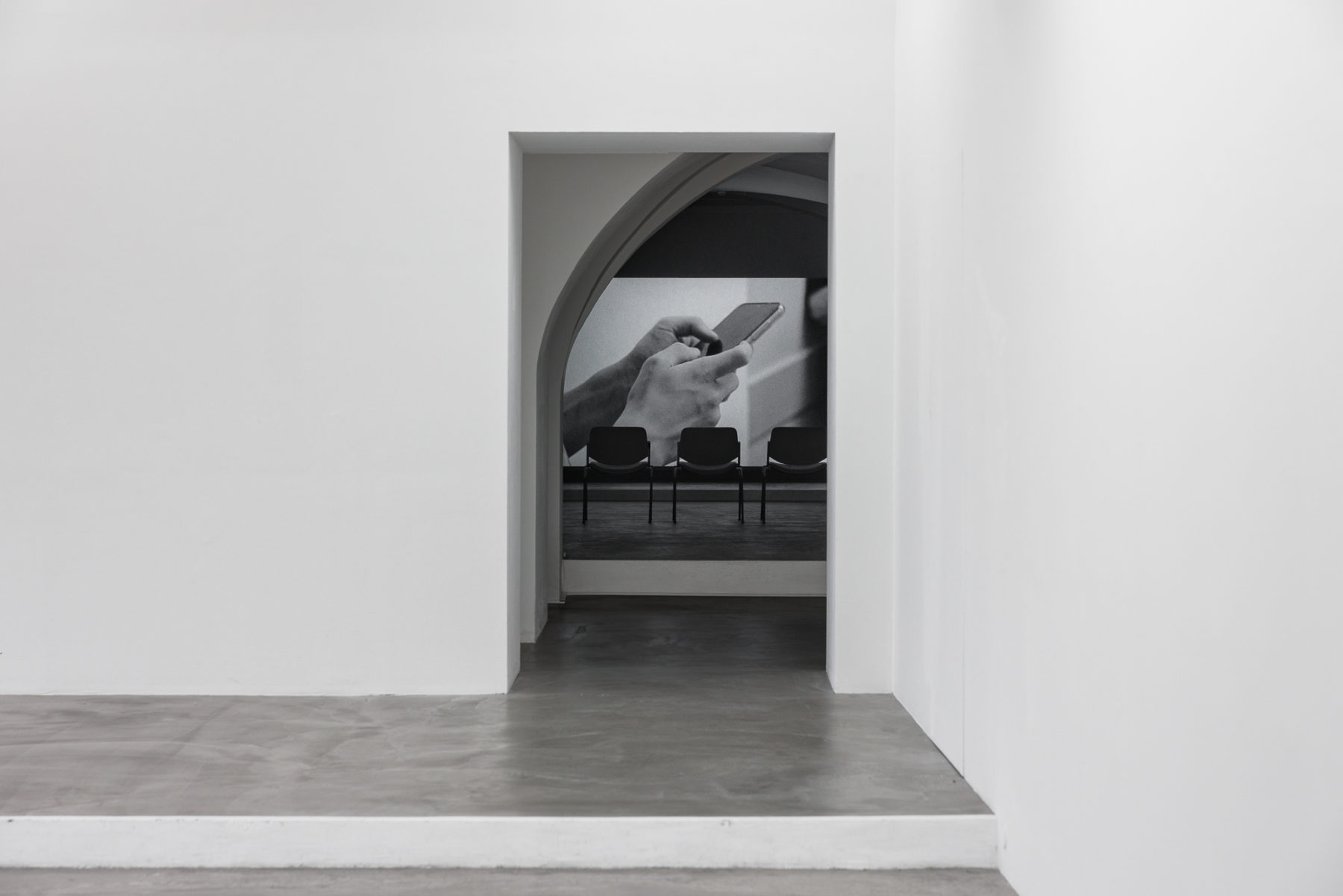
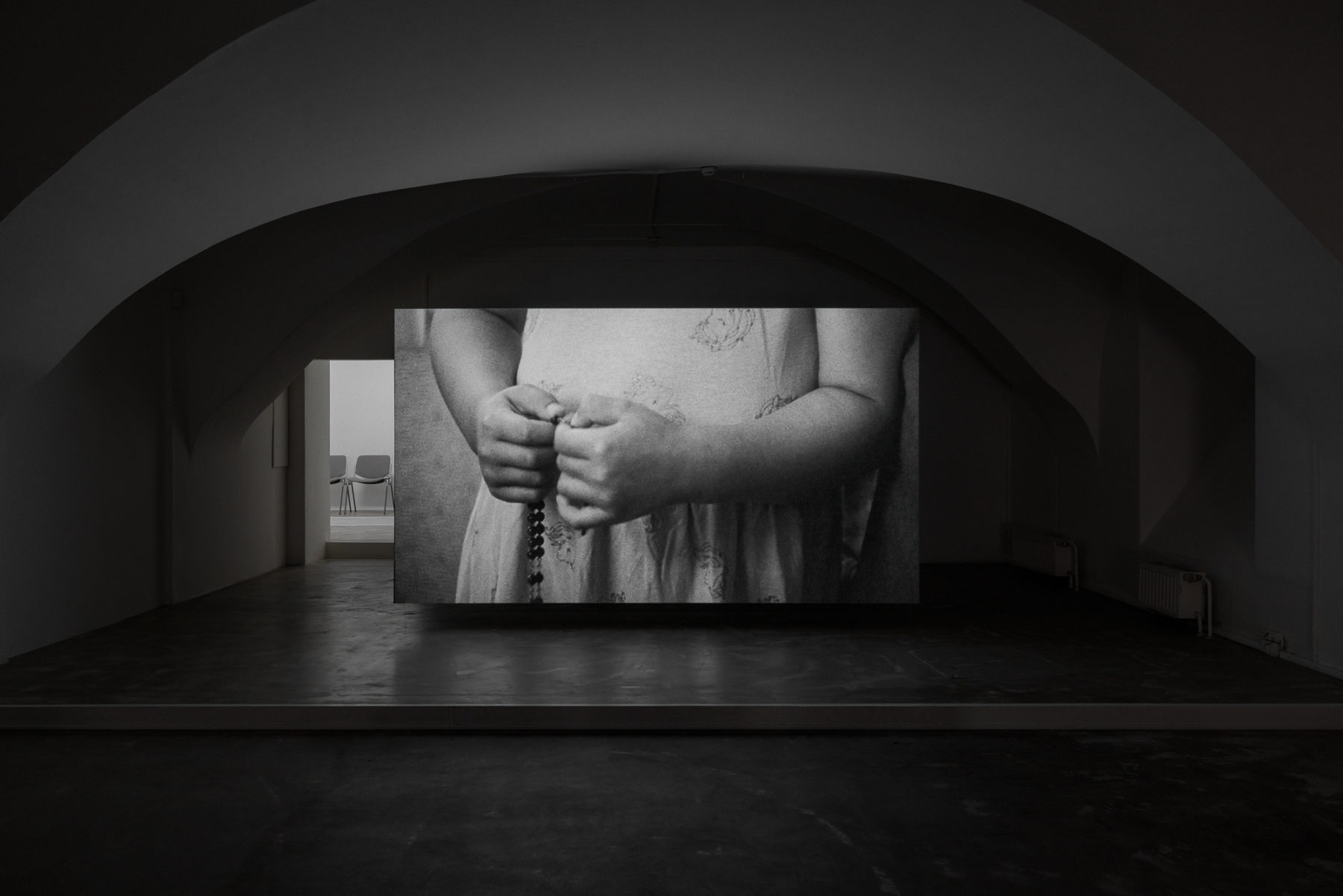
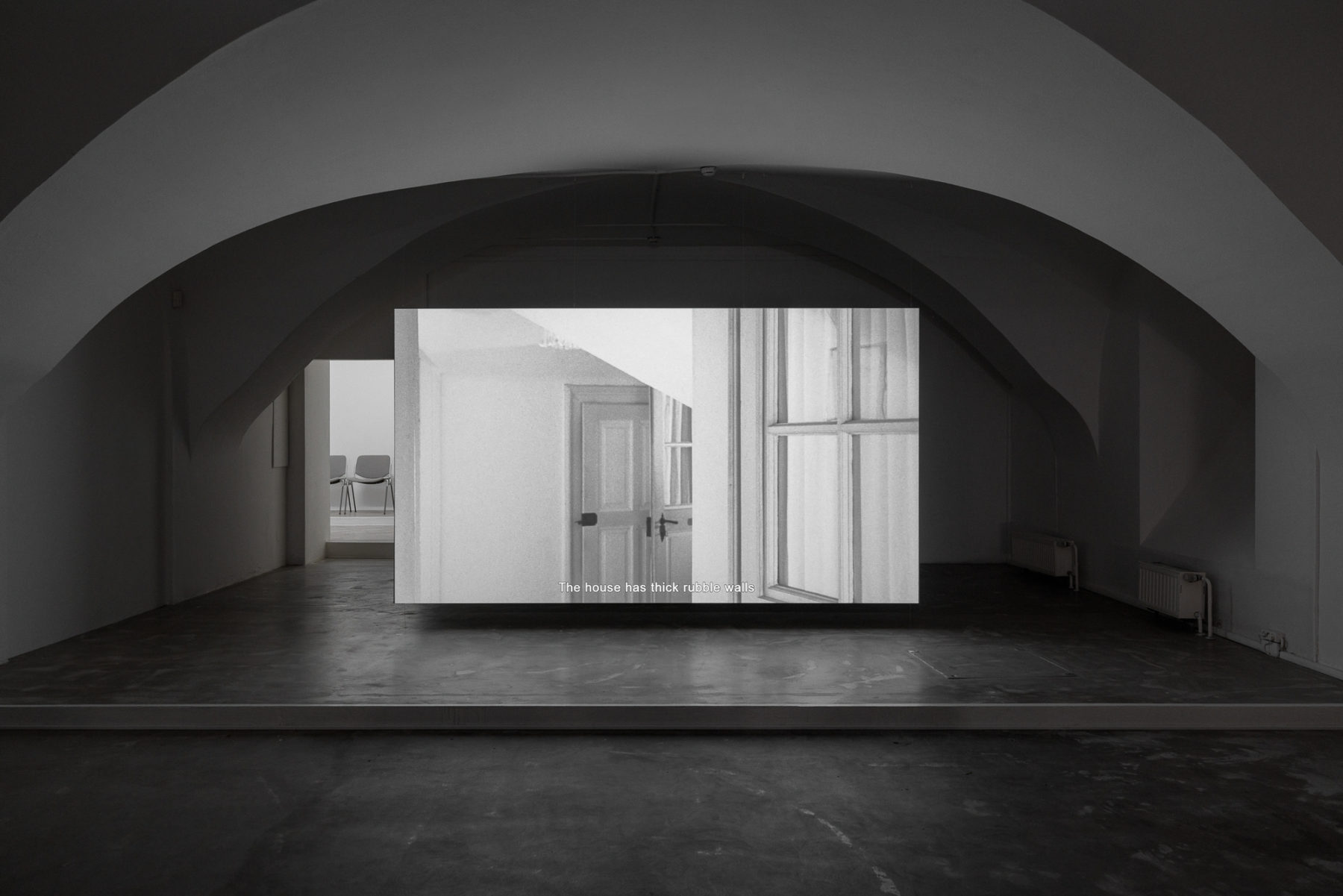
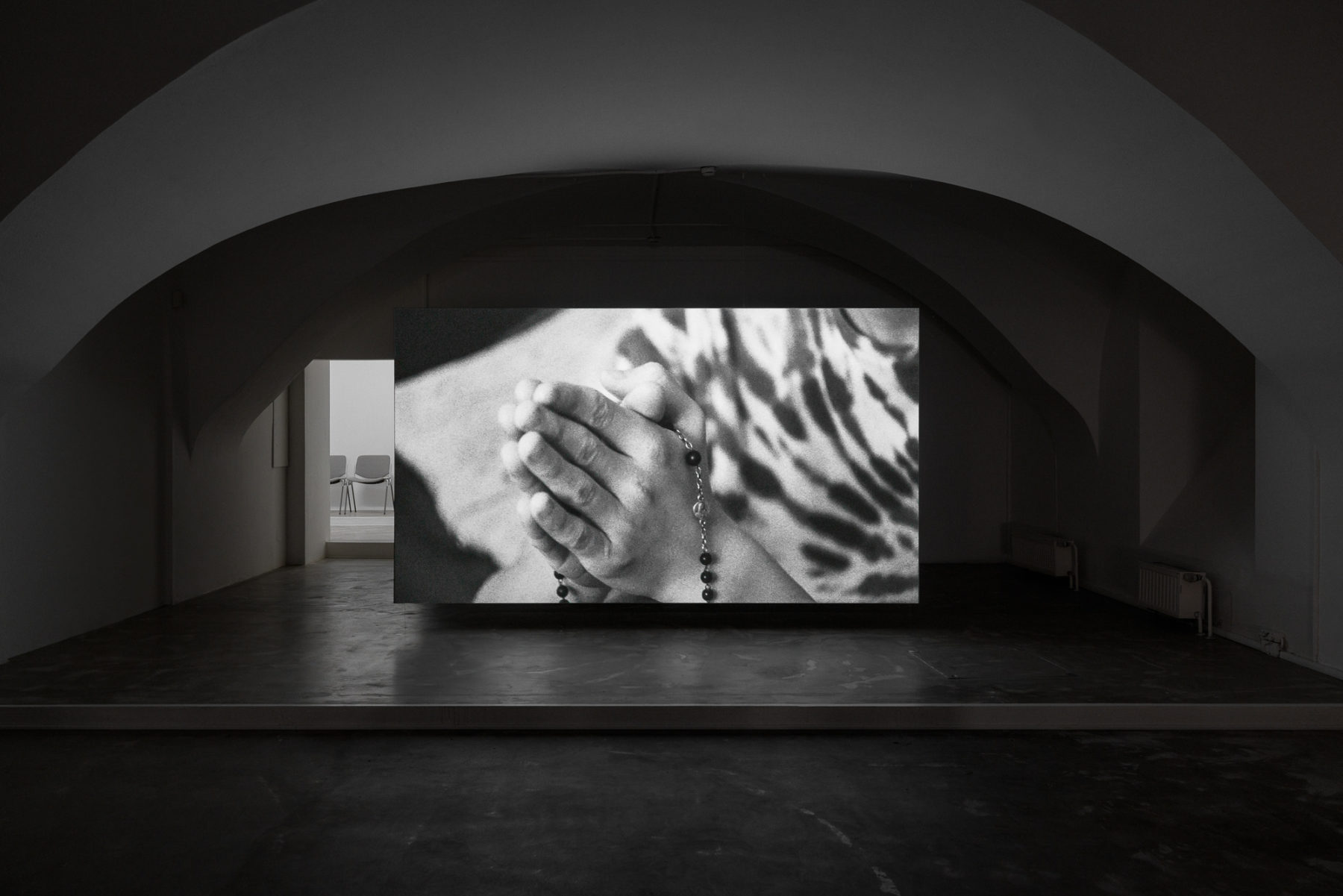
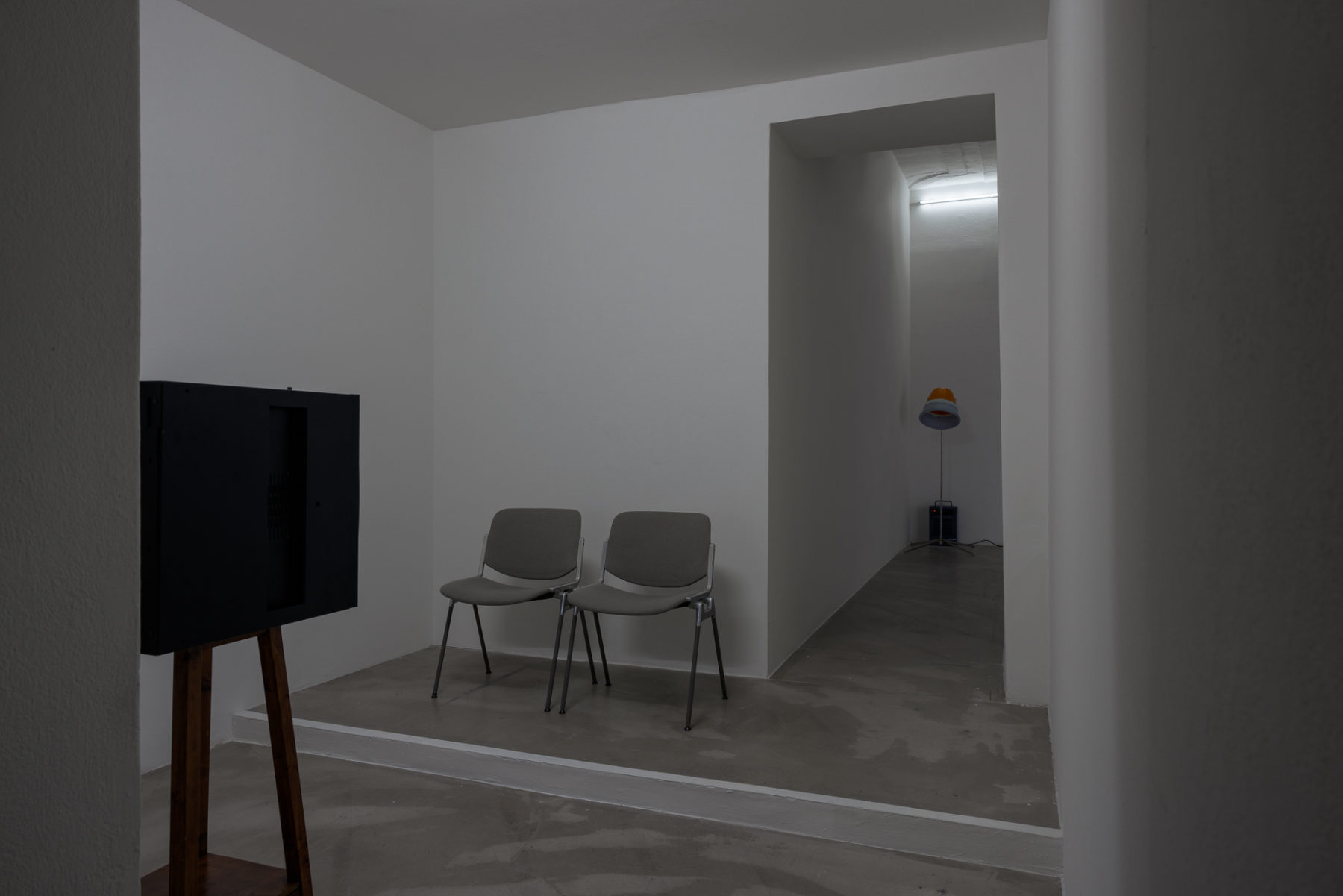
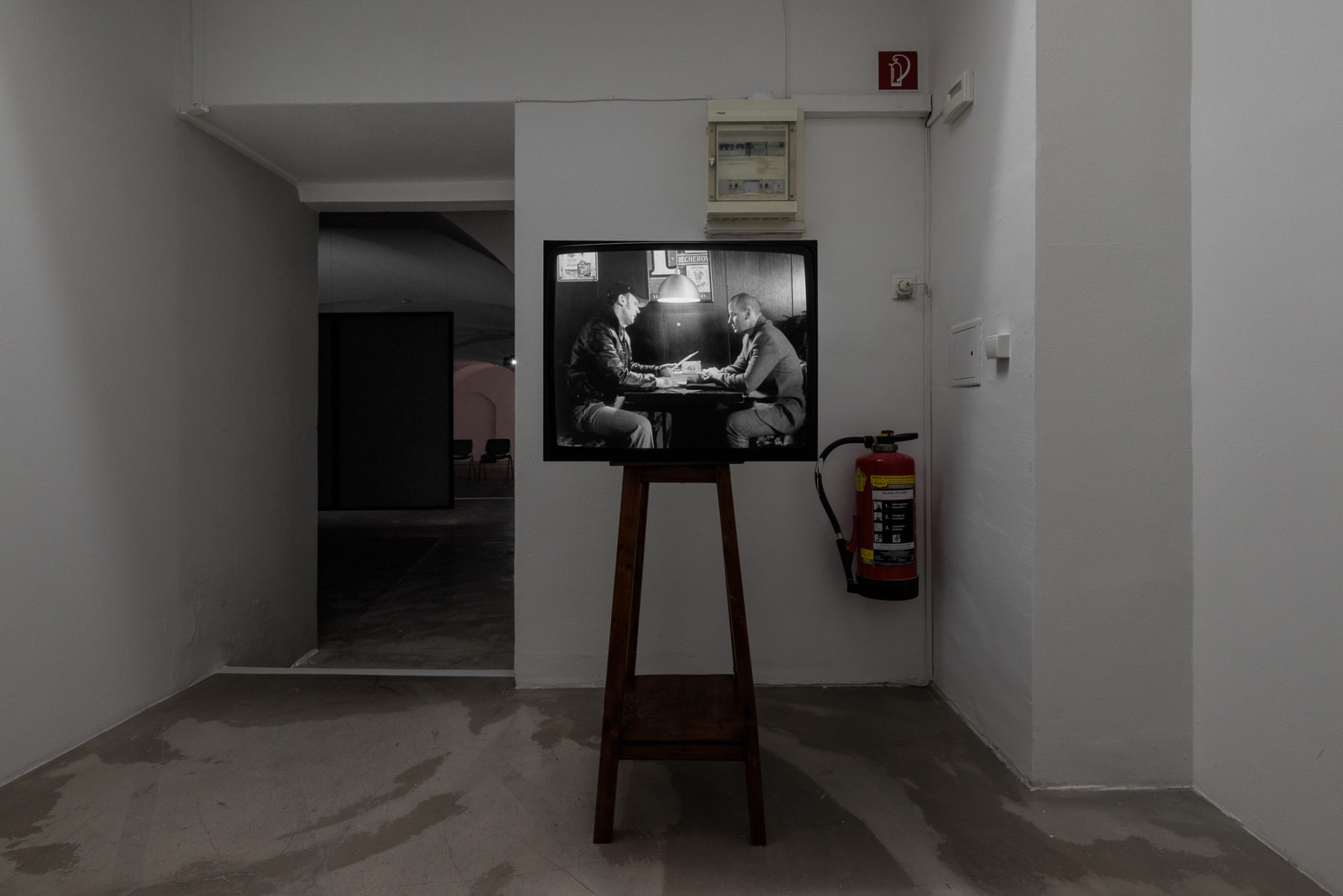
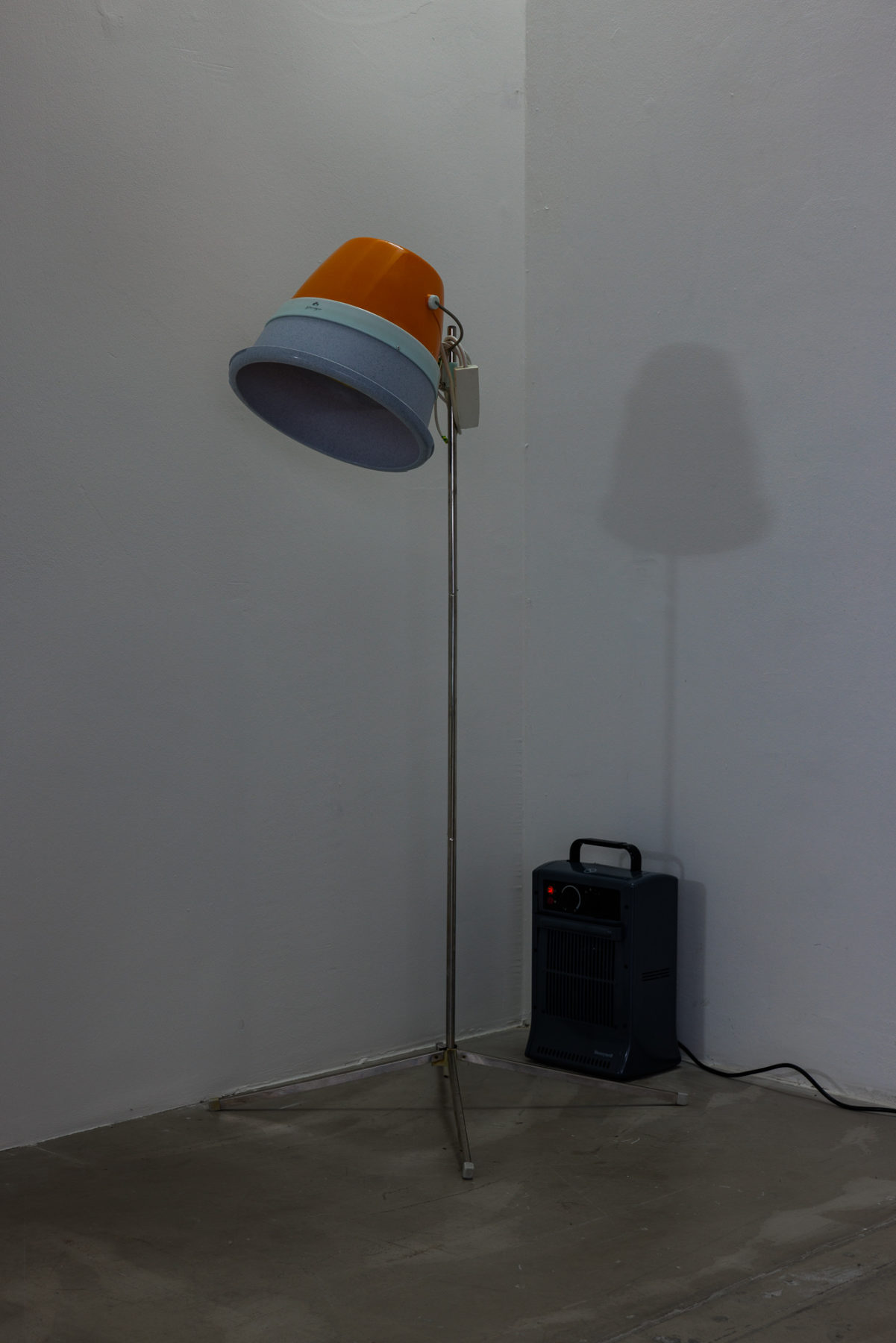
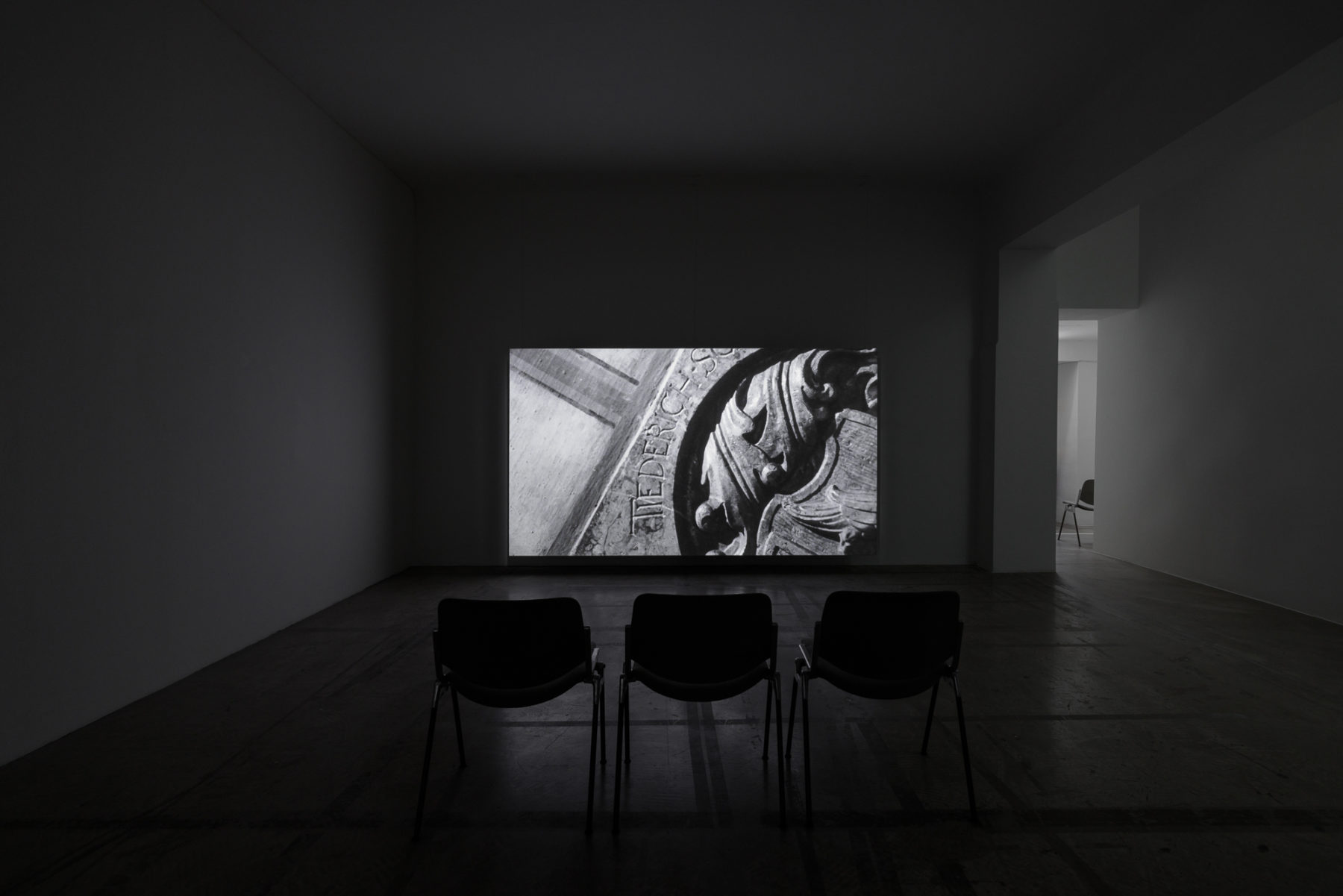
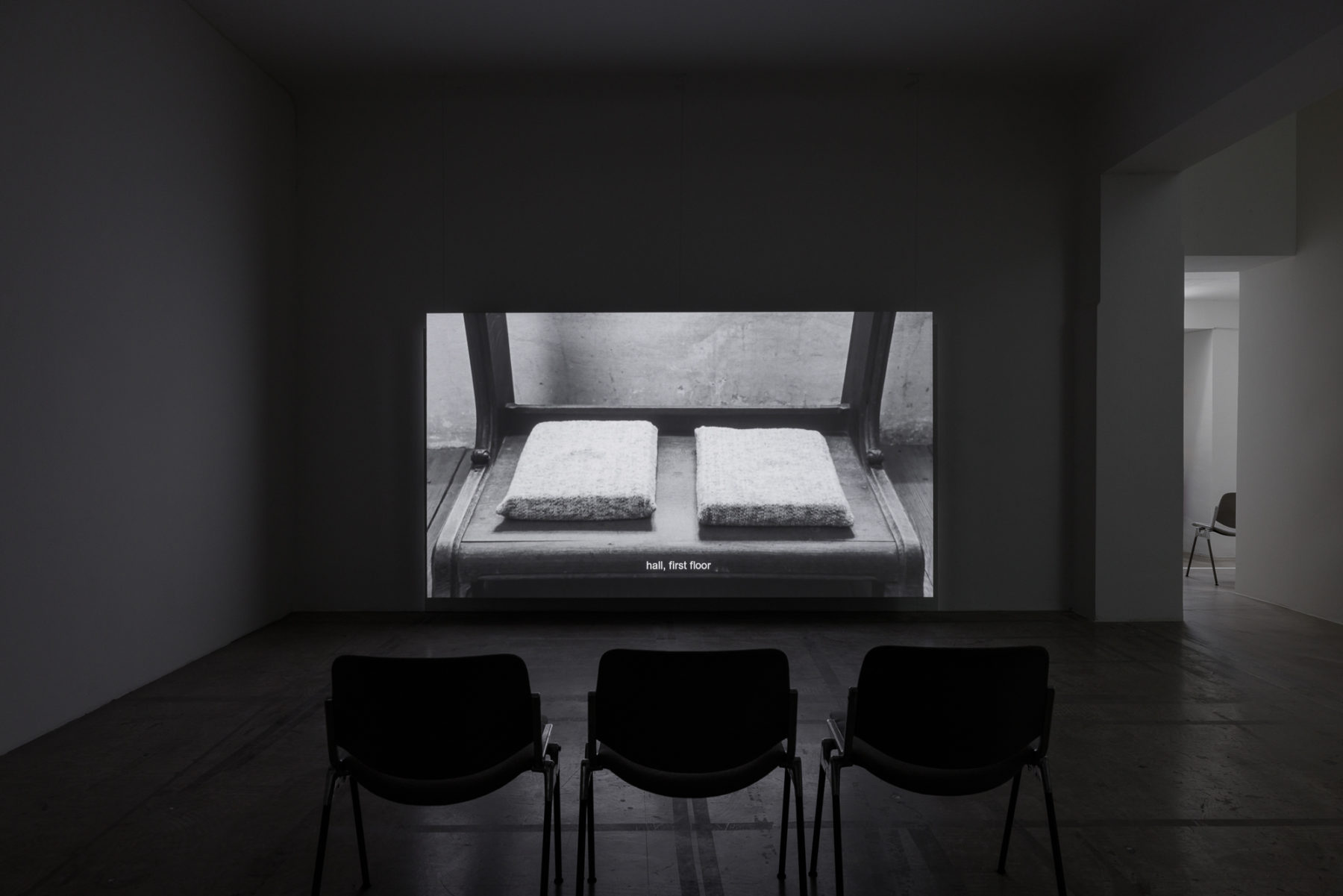
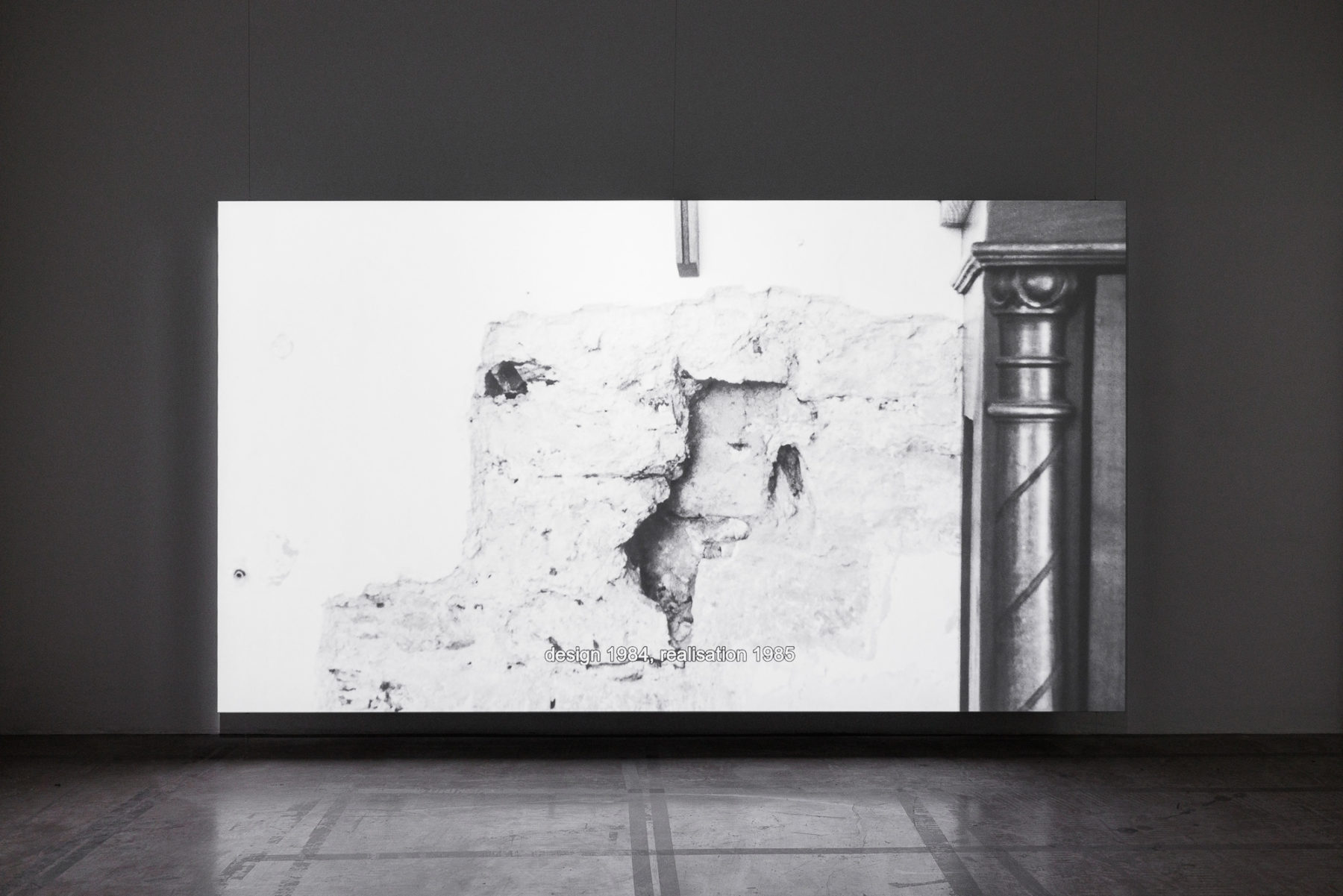
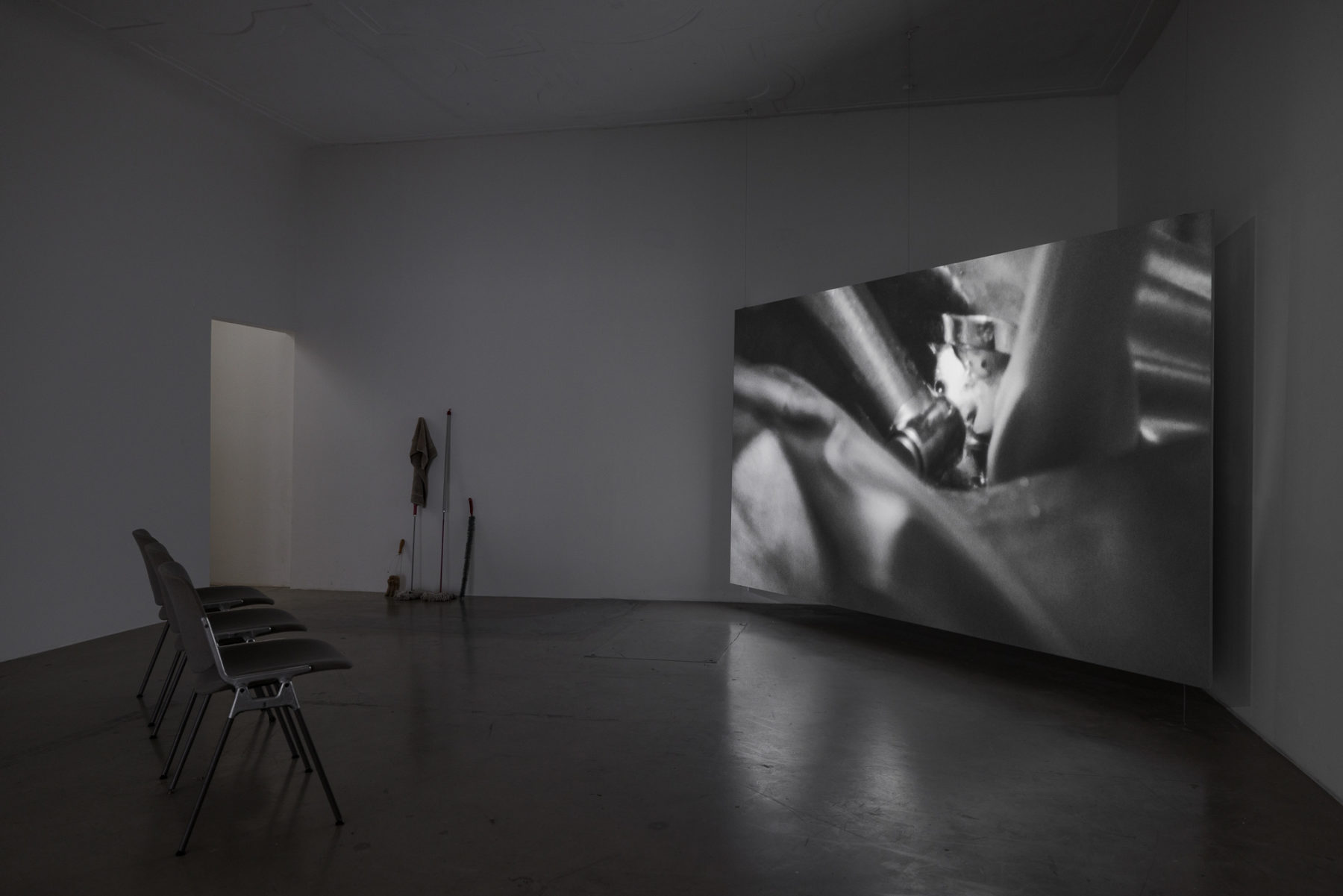
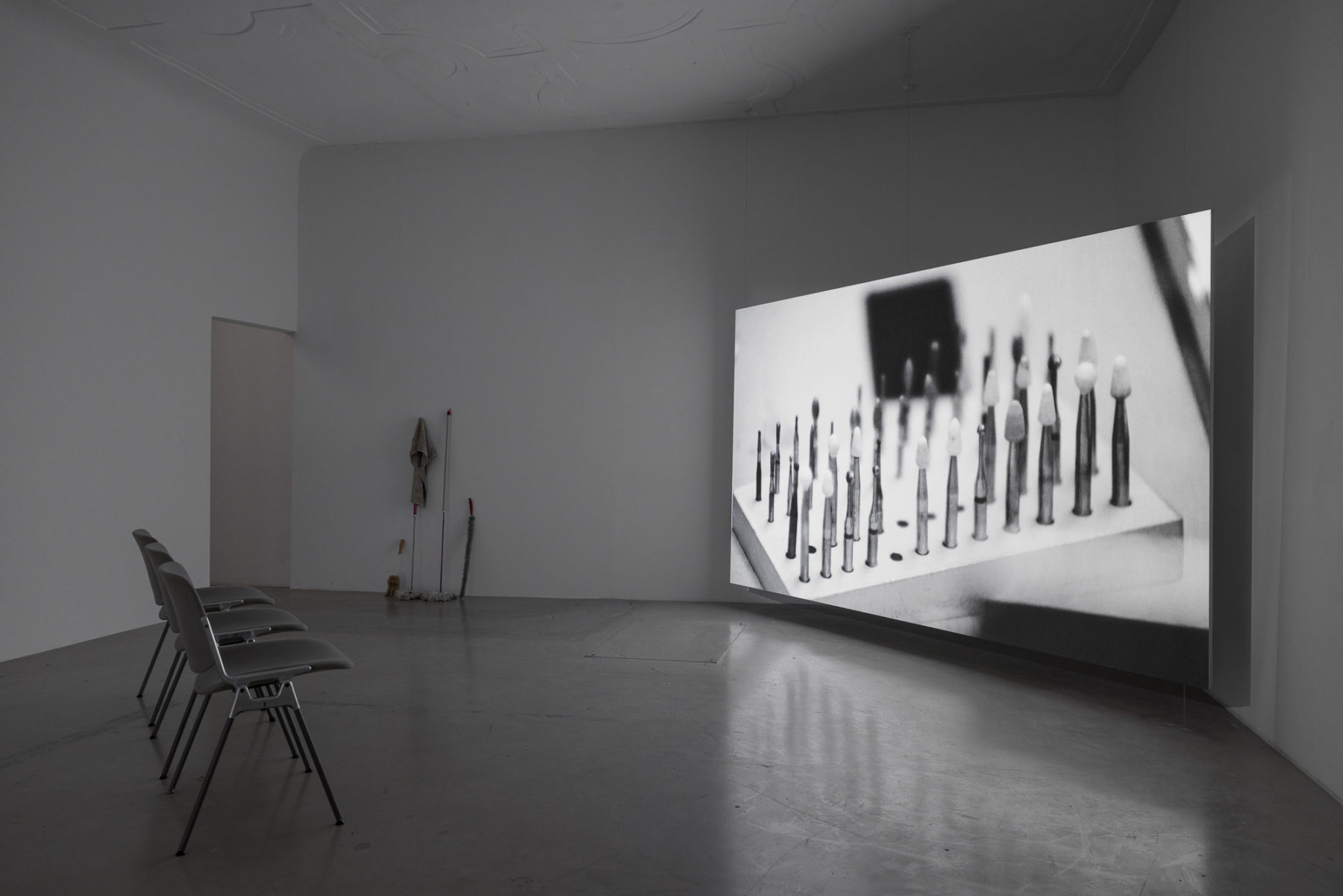
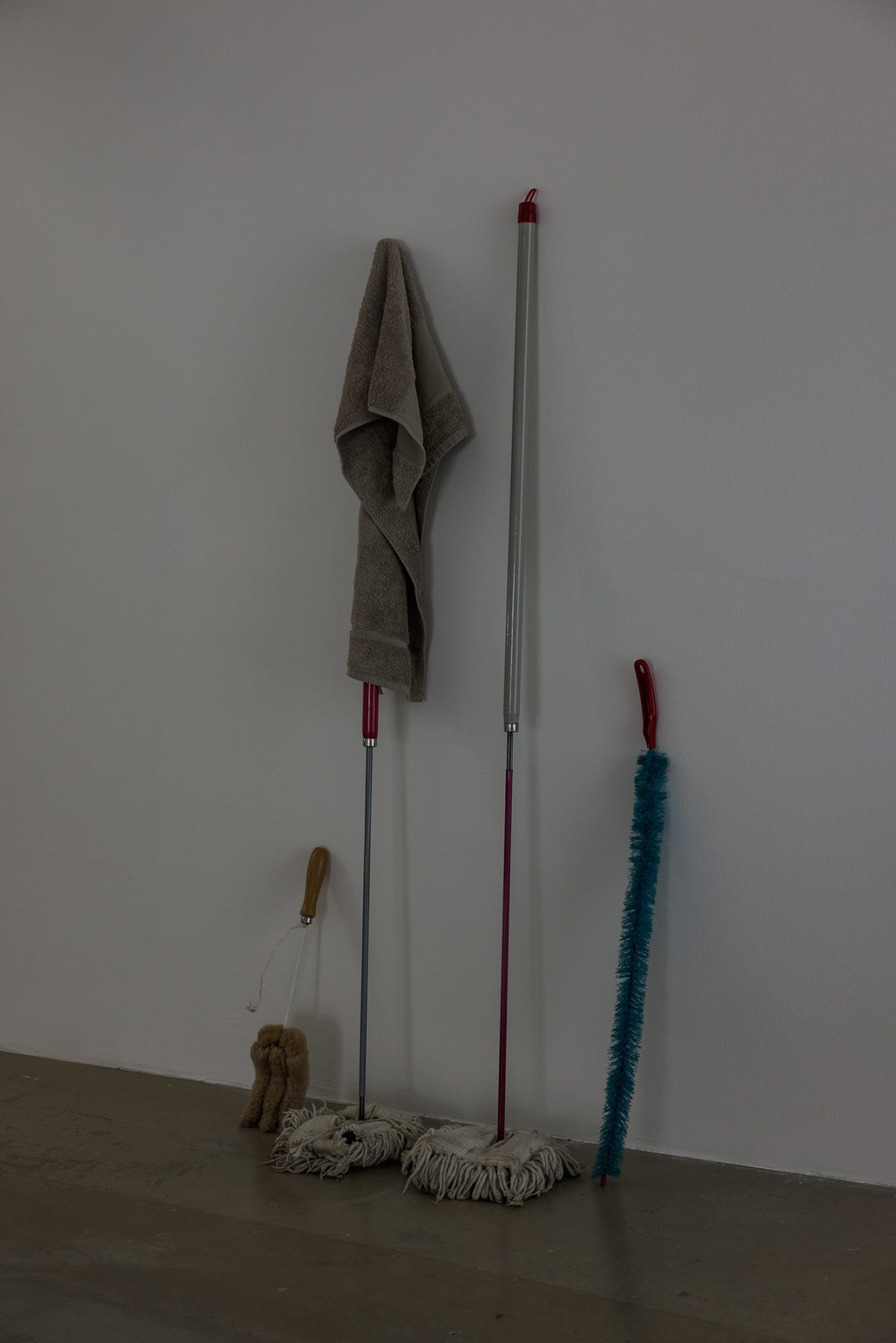
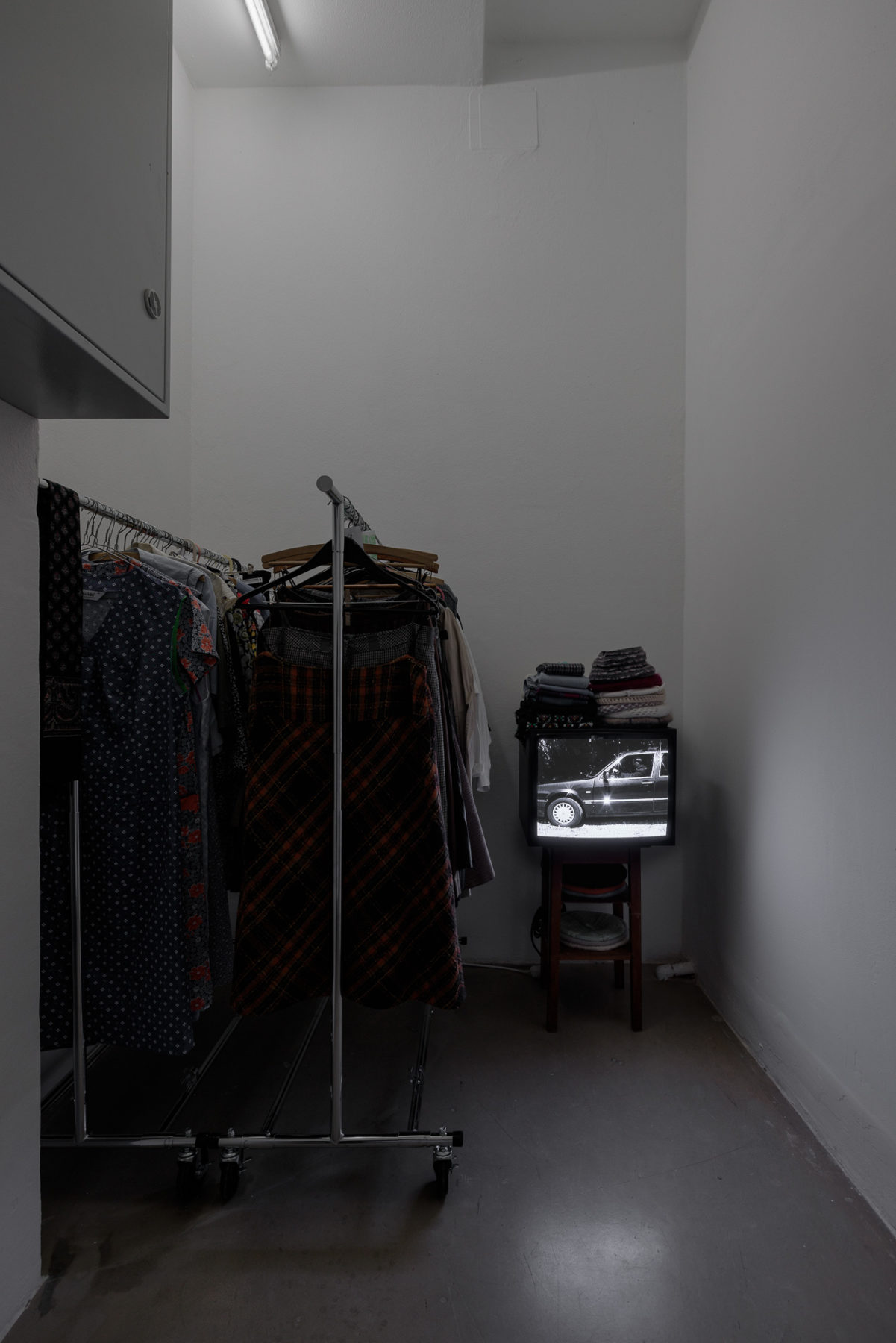
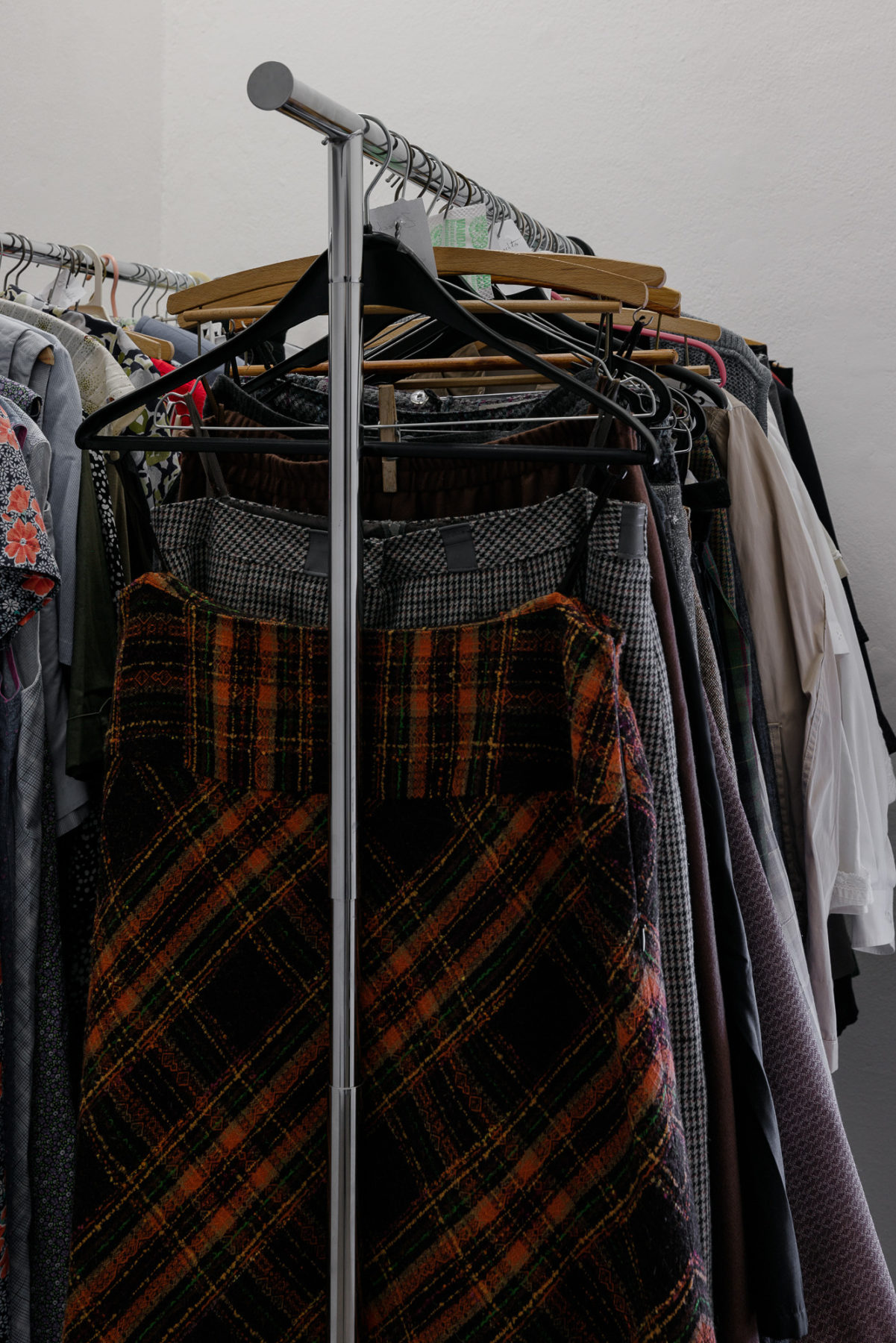
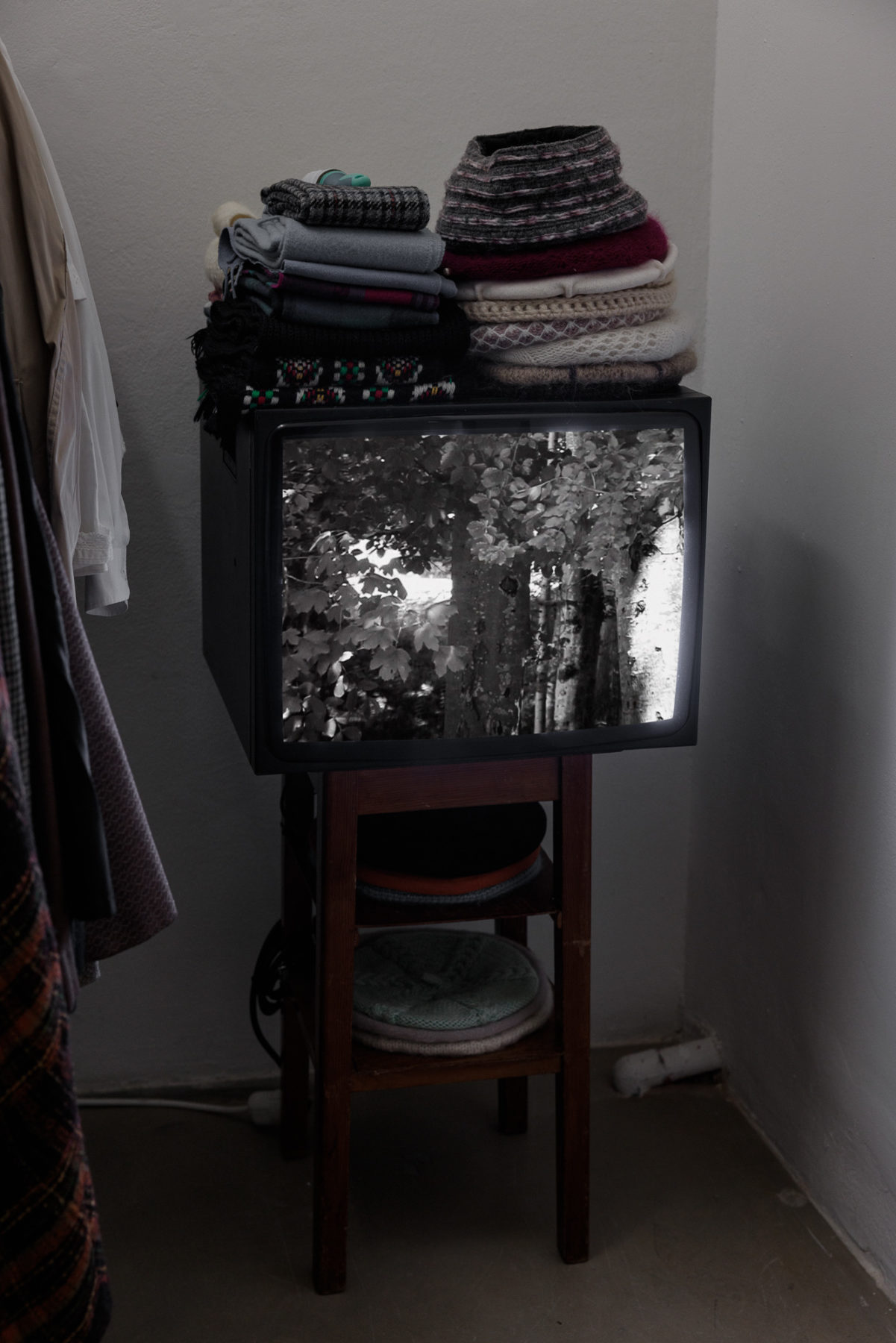
This publication coincides with Curtis Cuffie’s New York City, an exhibition presenting Curtis Cuffie’s work as captured in photographs by Katy Abel, Tom Warren, and Cuffie himself. Unlike the exhibition, this book exclusively features Cuffie’s photographs. It is the eight entry in a series of compact volumes featuring visual contributions, correspondence, responses, and conversations accompanying the Grazer Kunstverein exhibition program.
Curtis Cuffie (1955–2002) was an artist based in New York City’s East Village. Originally from Hartsville, South Carolina, he moved to Brooklyn at the age of fifteen and eventually settled in Manhattan, first near Bryant Park and later around the Bowery where he lived unhoused for long stretches of his life. Artforum, The New York Times, and The Village Voice all profiled and reviewed his work and he held solo exhibitions at Flamingo East, Tribes, and 4th Street Photo Gallery, all in New York. During his lifetime, Cuffie was featured in nearly a dozen group shows across the US at various venues including Exit Art, American Primitive, and the Jamaica Art Center in New York, as well as the American Visionary Art Museum in Baltimore. Cuffie was integral to a dynamic circle of artists and intellectuals, marking his place within New York’s black avant-garde. Recently, his work has been presented in exhibitions across New York City, including Souls Grown Diaspora (2020) at Apexart, curated by Sam Gordon; Greater New York (2021) at MoMA PS1, curated by Ruba Katrib; and Curtis Cuffie (2023) at Galerie Buchholz, curated by Scott Portnoy. Curtis Cuffie, a book edited by Scott Portnoy, Robert Snowden, and Ciarán Finlayson, and designed by Julie Peeters, was published by Blank Forms in 2023.
Editor: Tom Engels
Photographer: Curtis Cuffie
Graphic Design: Julie Peeters
Printing and binding: Benedict Press, Münsterschwarzach
Edition: 350
Typeface: Kleisch GK by Chiachi Chao
Photo credits: All photographs in this publication, both color and black and white, were taken by Curtis Cuffie between 1990-1999. They have been reproduced with the permission of Carol Thompson and Galerie Buchholz
128 pages, color, B&W
ISBN: 978-3-9505230-7-2
Price: 15,- euros, 9,- euros for members
You wrote: the title of his exhibition is the collection of images that accompanies it. Three images of a red eye, split, side by side.
You said that the first image, a red shape against a grey backdrop, felt familiar but resisted identification. You told me that it reminds you of an eye, vigilant and watchful, intertwined with the sharpness of a pointer, guiding.
You wrote: this image is like a half-memory, in a haze, details softened, an invitation to ponder its secrets.
In the second image, you told me, similar shapes appear. The eye and arrow merge in their enigmatic pull, centered on the screen, details blurred at the edges, as if the lens was smudged. You wondered if it is a twin to the first piece, and whether this suggests that clarity is not always necessary for understanding. Is this movement a suggestion, a gentle nudge towards meaning?
You wrote: the quality of these images will draw you towards a mysterious dance.
The third image, you said, will stand with bold clarity once the blur is mostly lifted to reveal the design. The red lines will be crisp against a brownish-white background, the eye’s form will be distinct, the cursor’s thrust confident and unwavering. You said you will want the image to speak with a clear voice, as its symbolism becomes unmistakable: the fusion of vision and direction, perception and purpose.
You wrote: this image will crystallize what the others hinted at.
These three images, like his exhibition, did not use words. You wrote that the images themselves generated language. That they served as a premonition of something not yet realized. You said that you had heard songs of green and yellow and silver and the smell of camphor. And in that absence of words, we tried to make images speak.
The exhibition is curated by Tom Engels and will be accompanied by a publication developed by Jason Dodge, Julie Peeters, and Tom Engels.
On the occasion of the exhibition’s opening, as well as the joint openings at Halle für Kunst Steiermark and Neue Galerie Graz, a shuttle bus from and back to Vienna will be provided.
Departure Vienna: 2:00 pm, Operngasse 4, Buszone, Wiener Staatsoper
Return 10:00 pm, Burgring 2, Halle für Kunst Steiermark
More information can be obtained by emailing office@grazerkunstverein.org.
JASON DODGE recently presented the solo exhibitions Tomorrow, I Walked to a Dark Black Star at MUDAM, Luxembourg (2024); Cut a Door in the Wolf at MACRO, Rome (2021); and They Lifted Me into the Sun and Packed My Empty Skull in Cinnamon, a six-part exhibition held at Akwa Ibom, Athens; Guimarães, Vienna; MOREpublishers with Gevaert Editions, Brussels; Galleria Franco Noero, Turin; and Gern en Regalia, New York (2020). In 2014, he curated Ronald Jones: 1987–1992 at the Grazer Kunstverein in collaboration with Krist Gruijthuijsen, its former artistic director, which was accompanied by Ronald Jones, a publication published by Grazer Kunstverein and Motto Books. Dodge founded and continues to edit the poetry imprint fivehundred places, and lives on the island of Møn in Denmark.


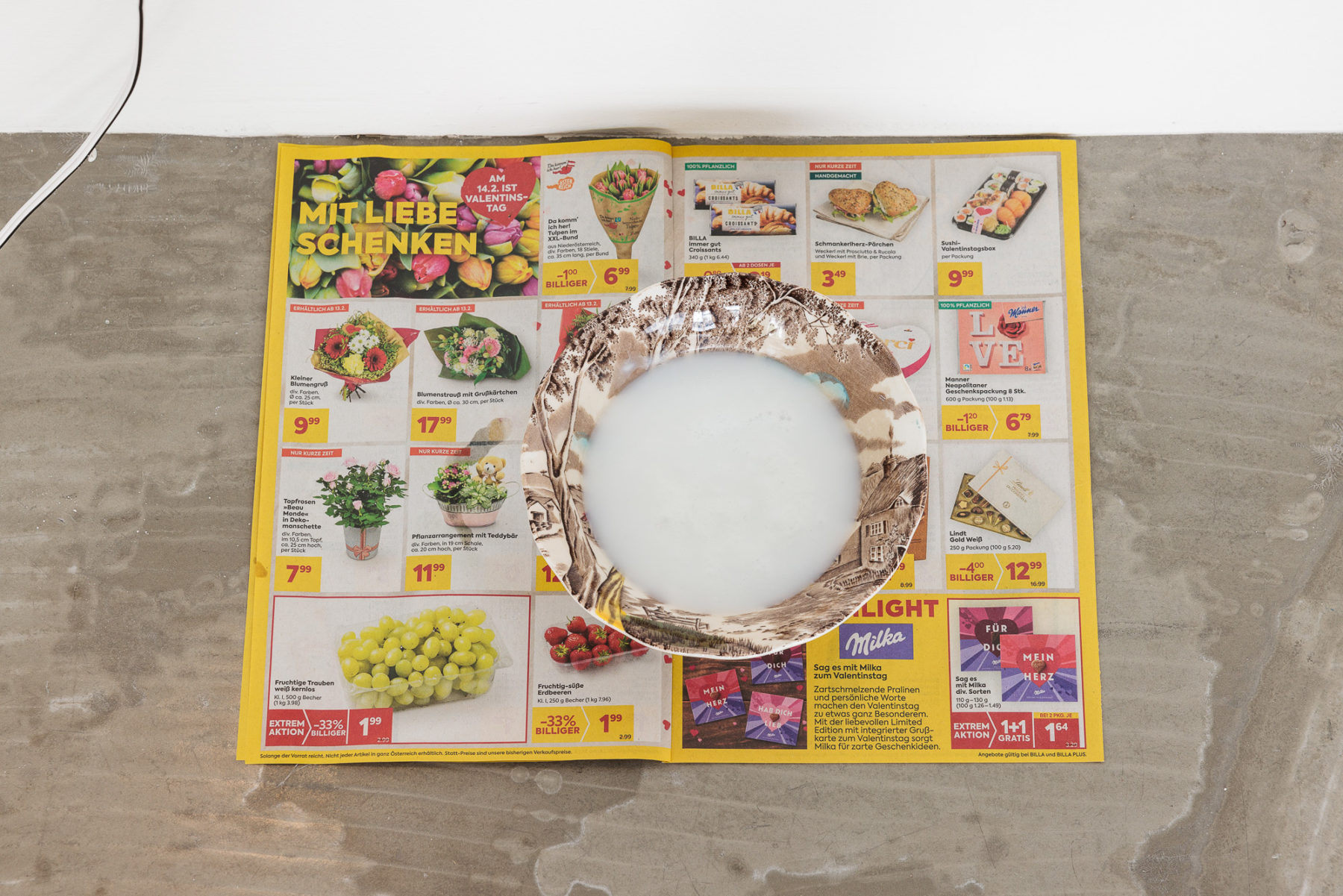
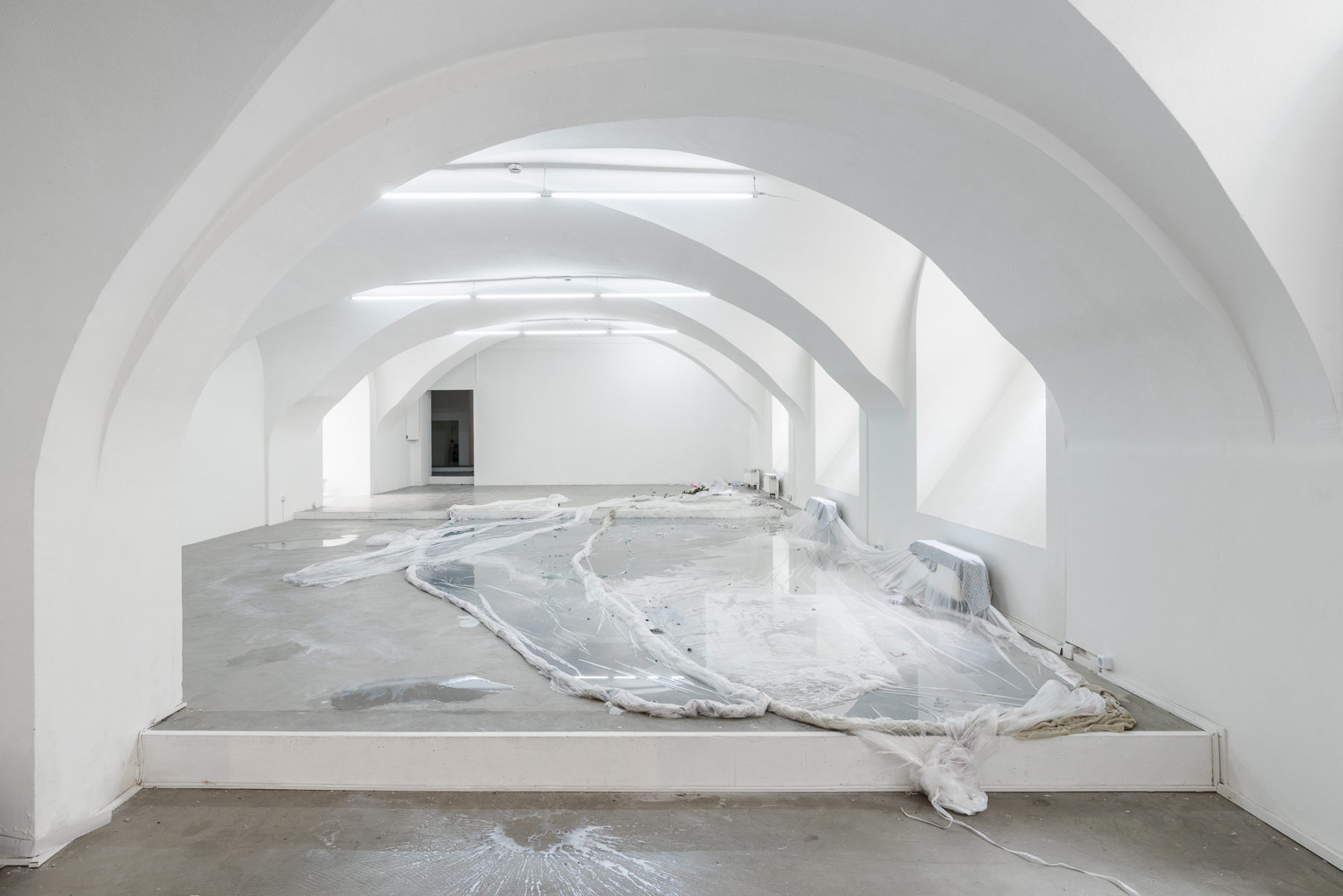
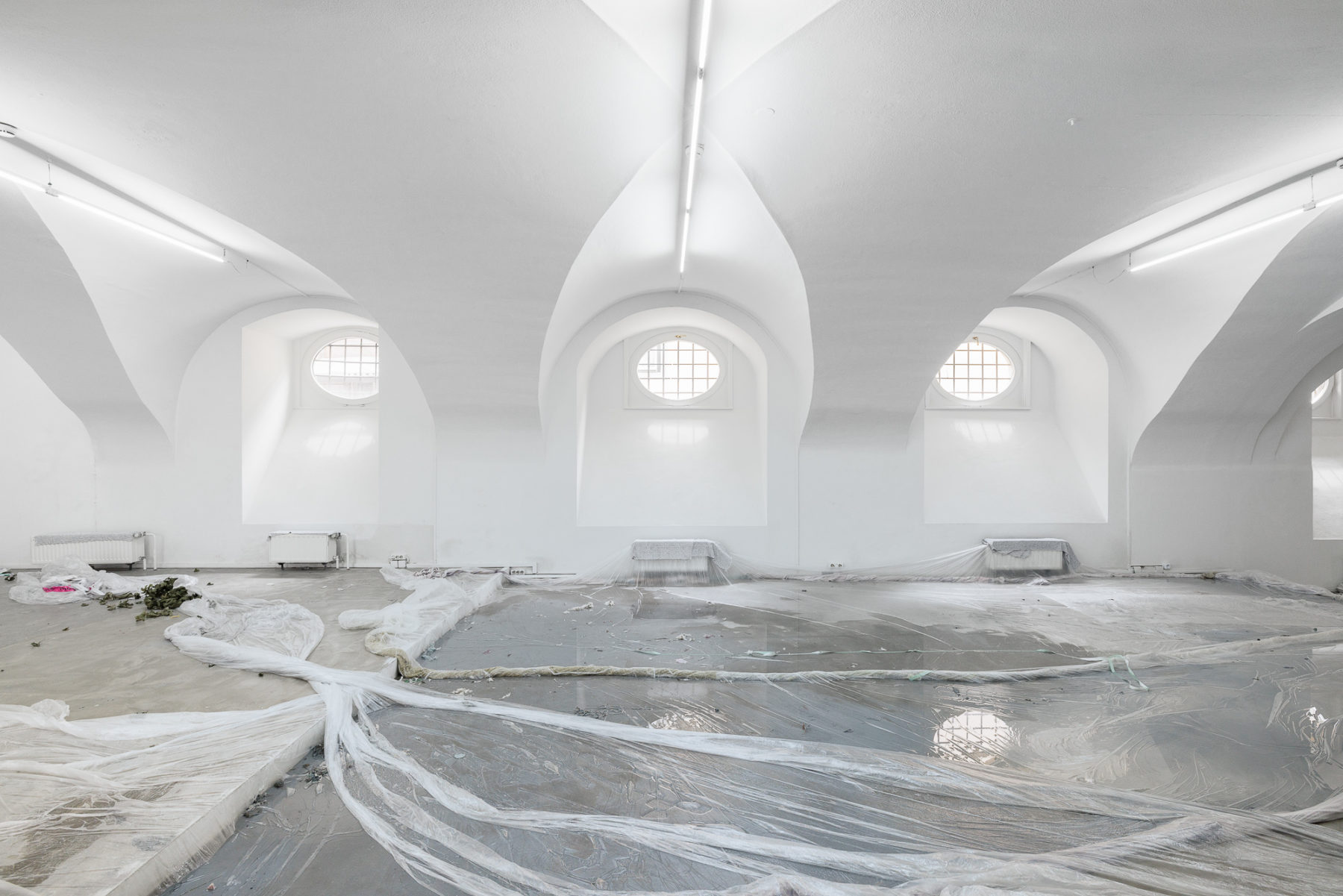
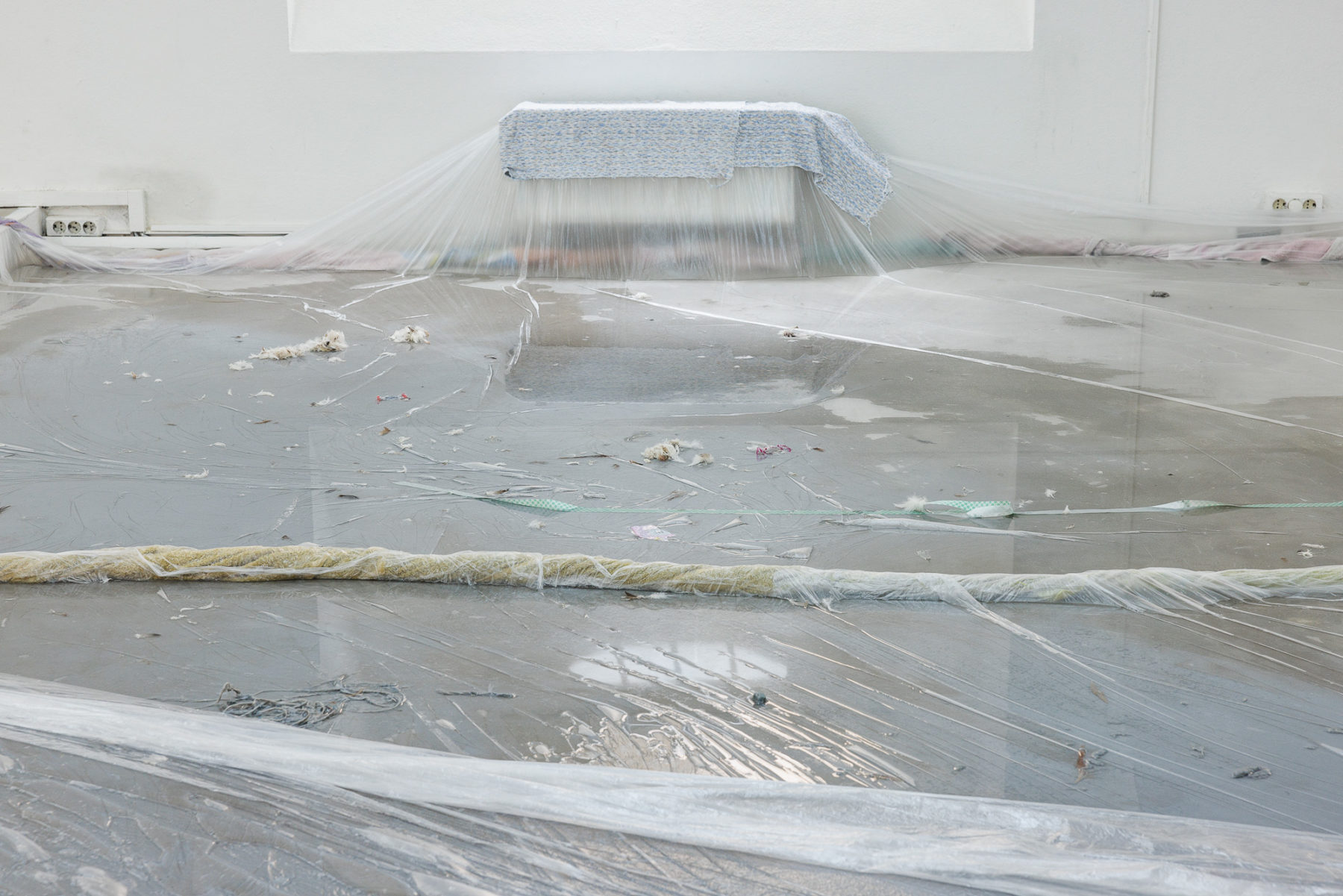
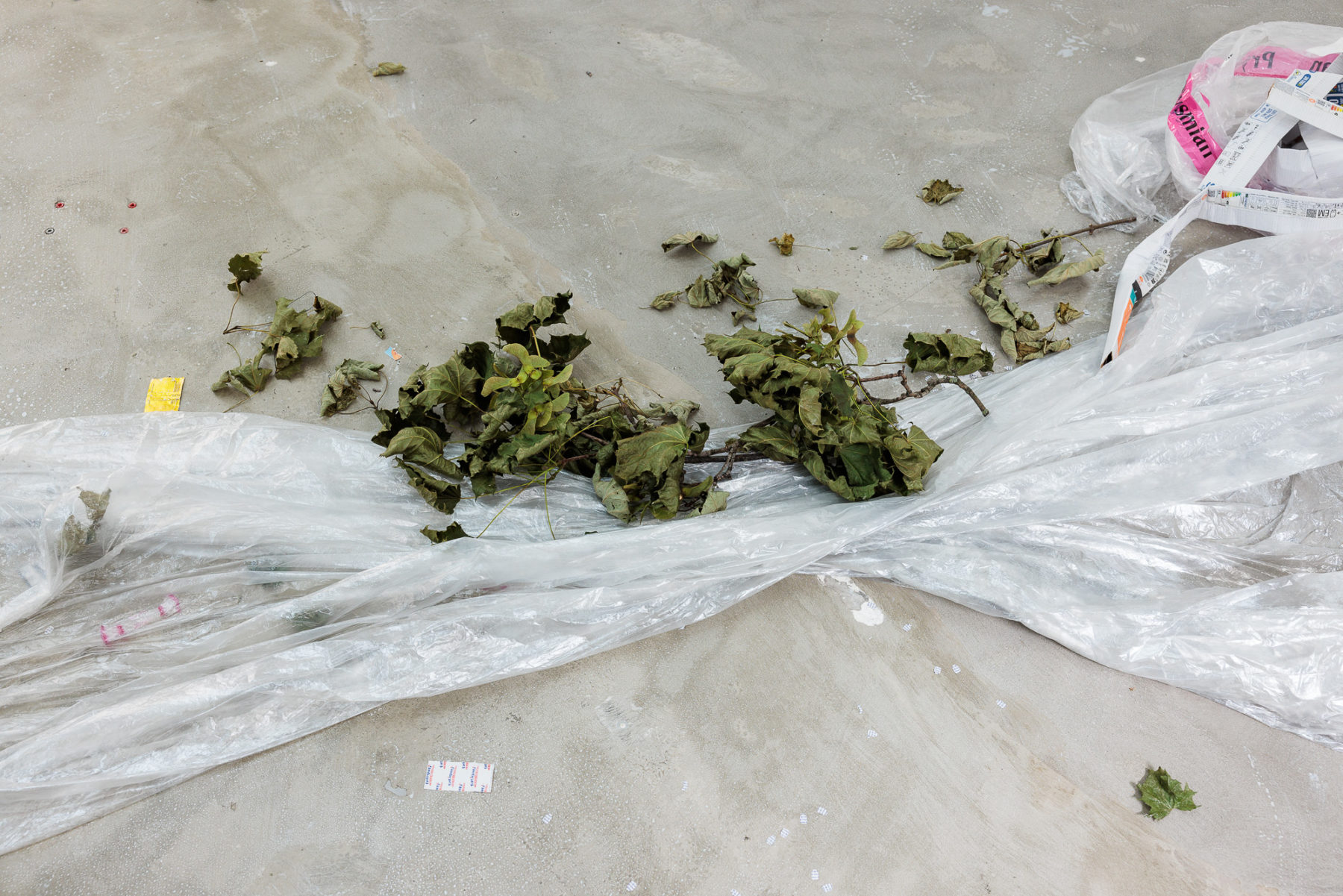
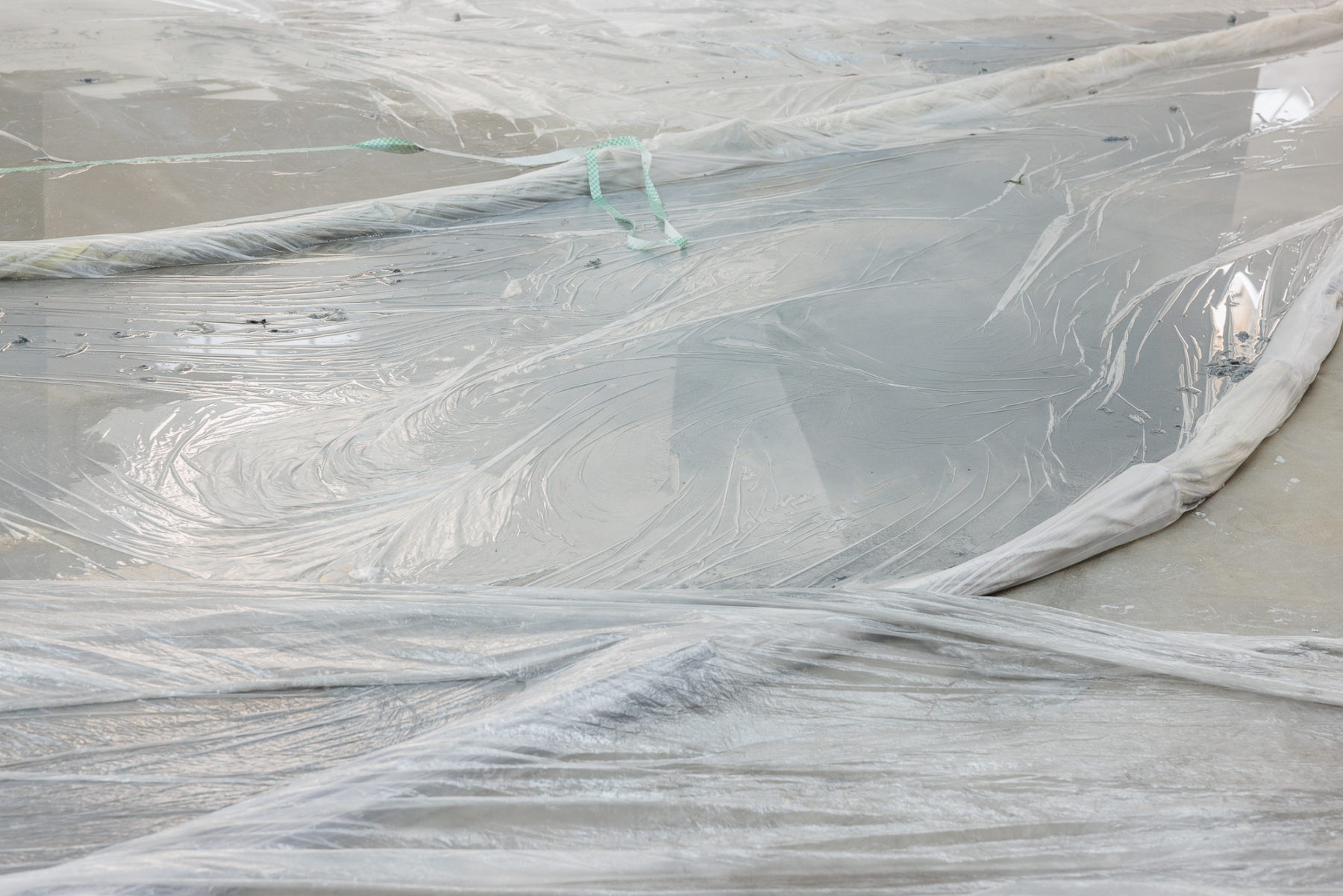
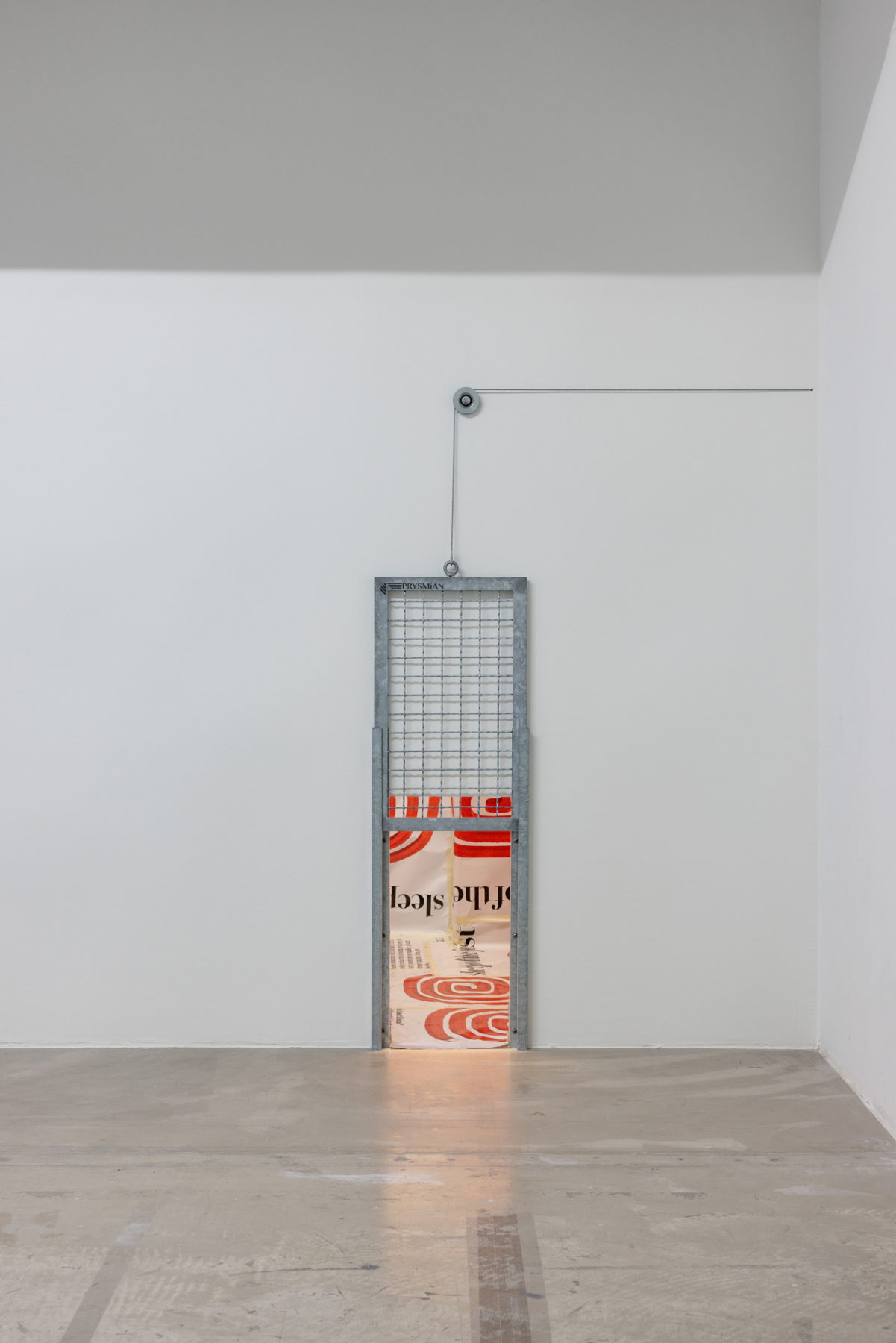
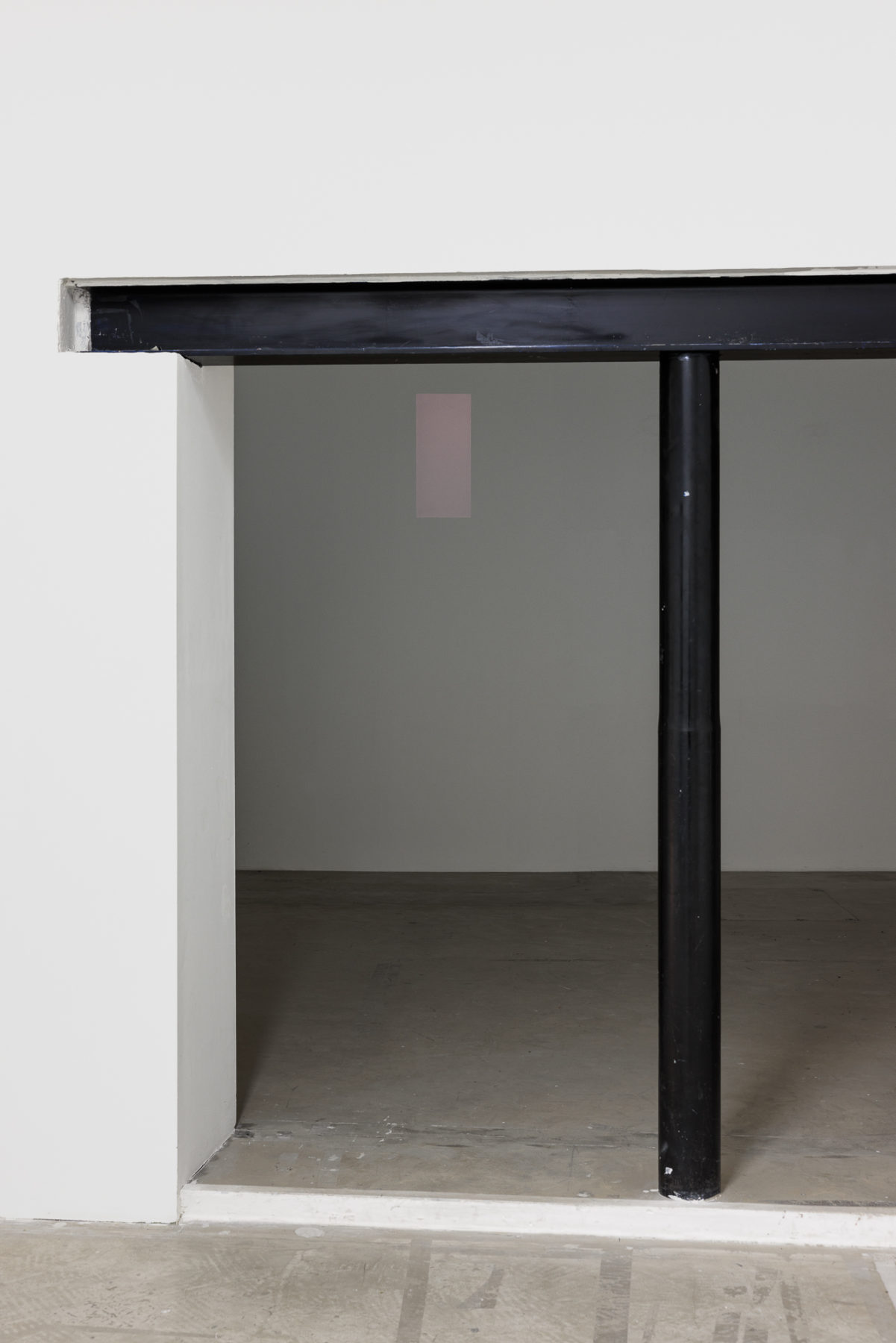
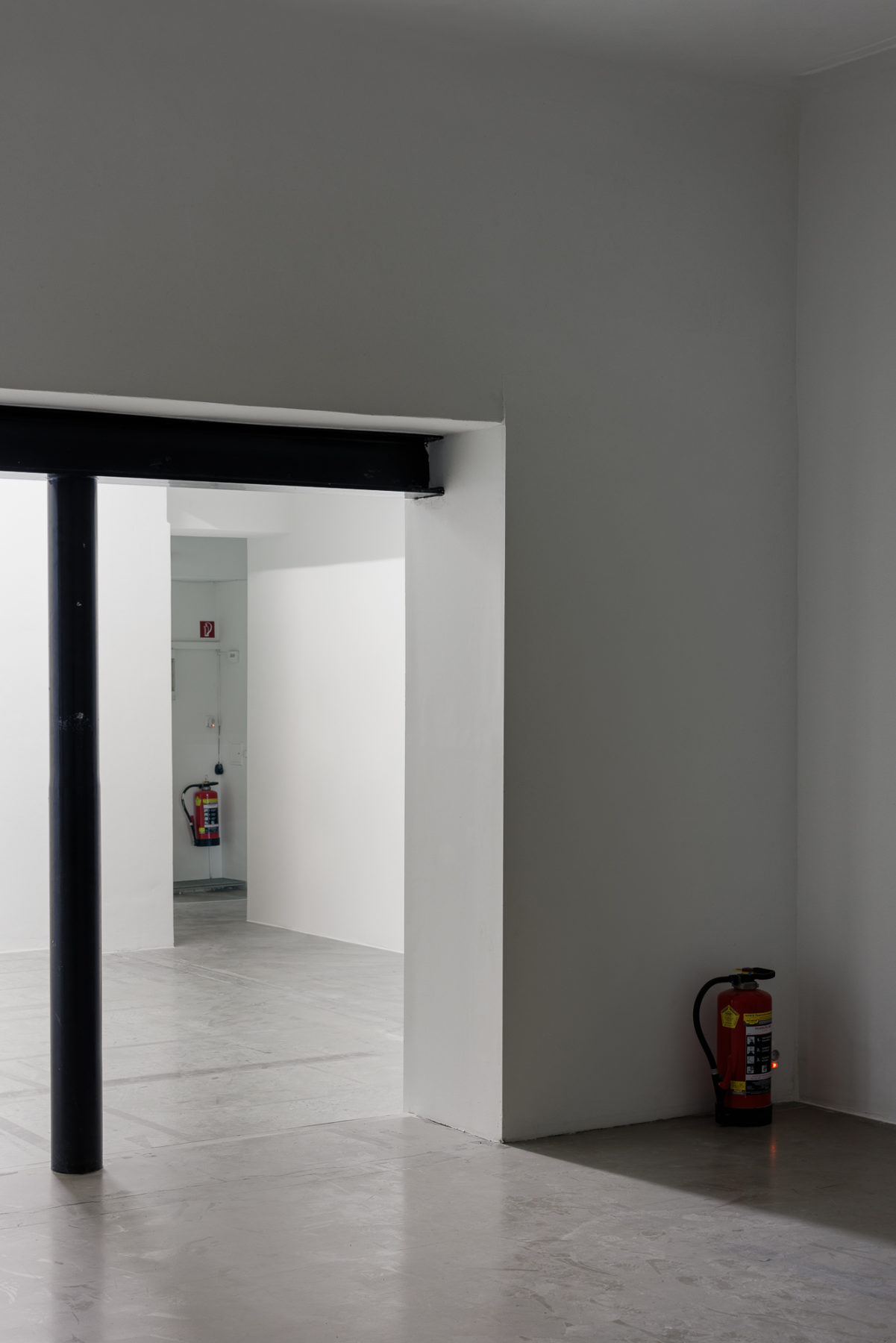
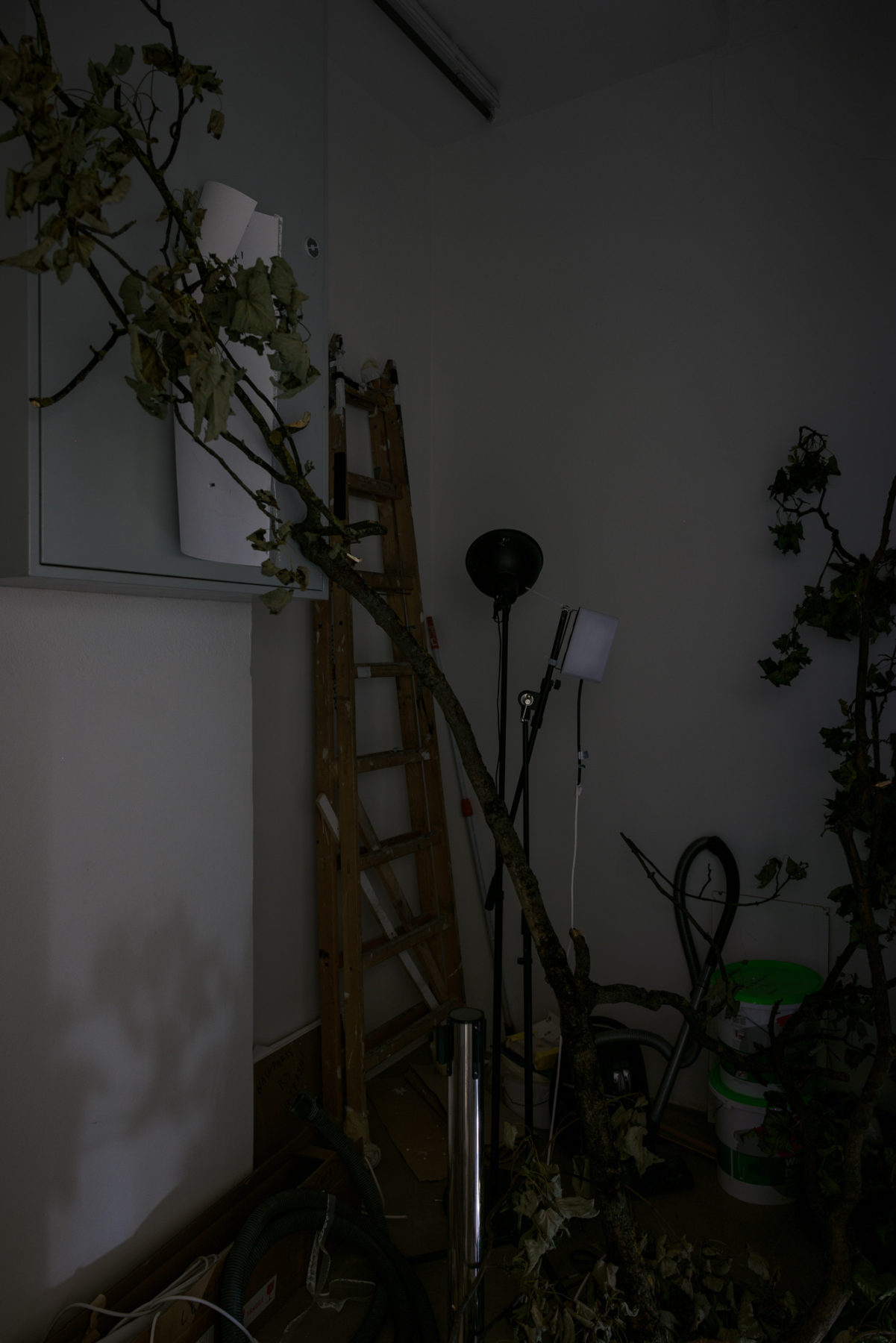
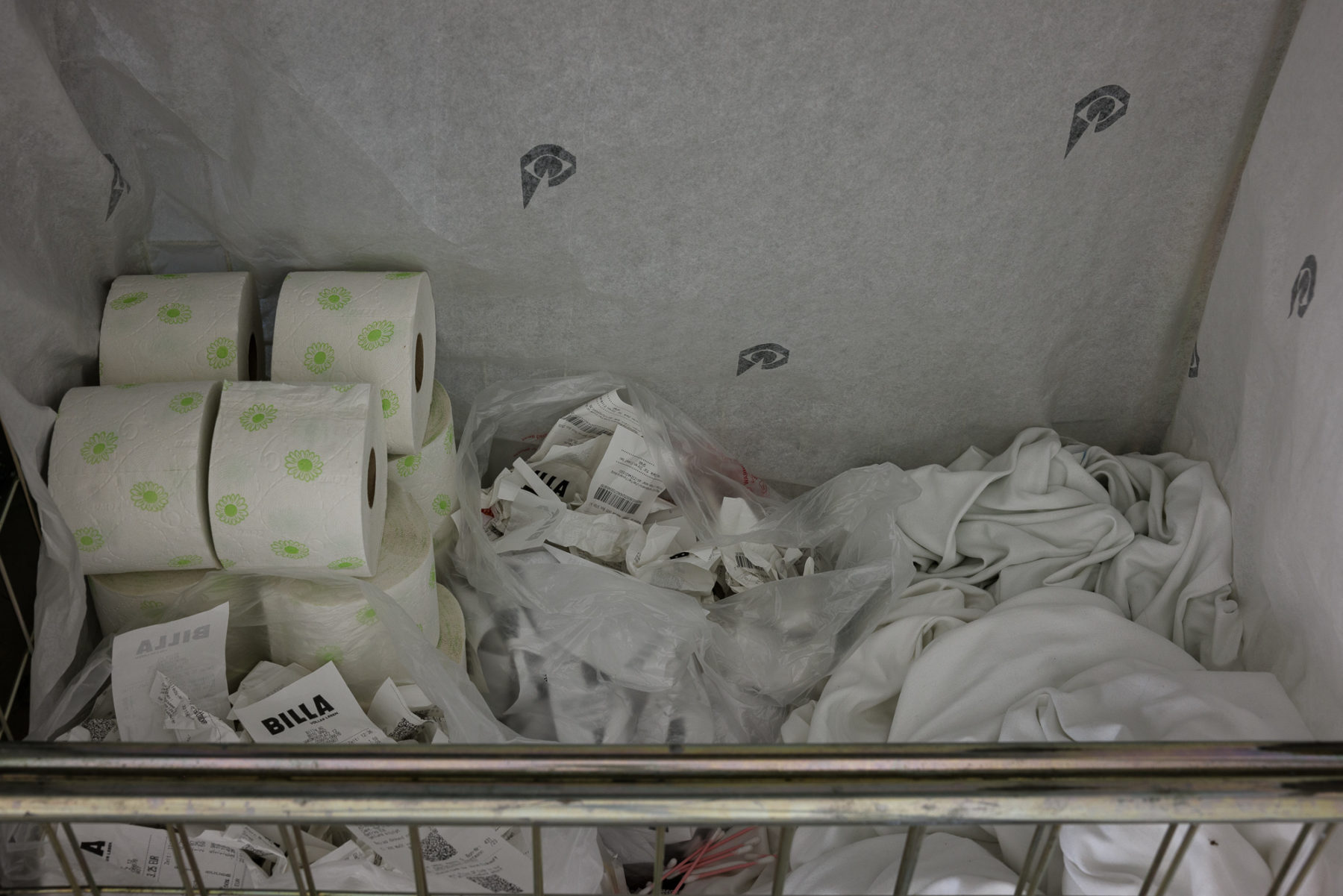
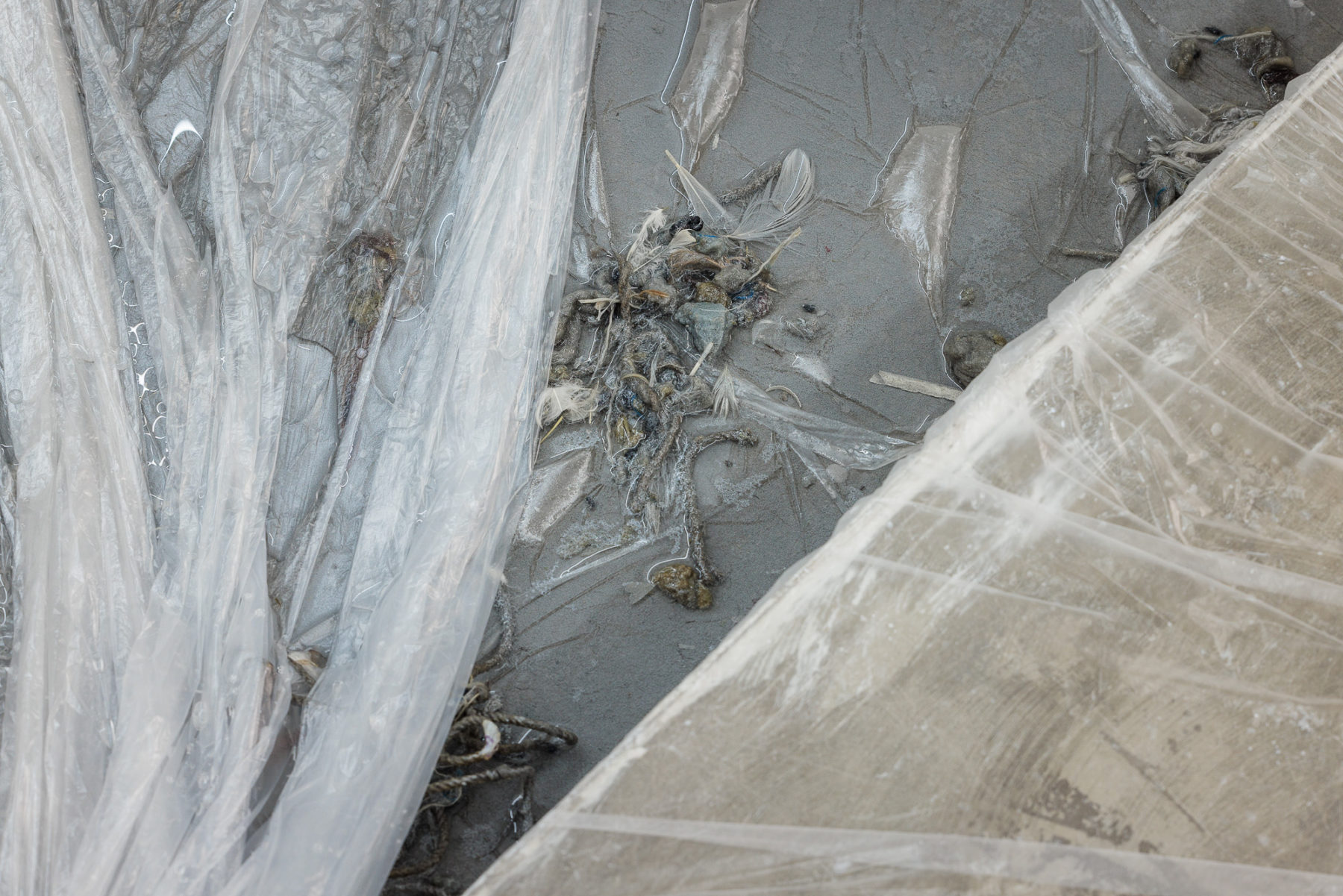
Curtis Cuffie’s New York City is an exhibition of photographs on the public art of Curtis Cuffie.
Curtis Cuffie was a public figure in the East Village until his death, in 2002, at the age of forty-seven. By the time of his passing, Cuffie had published hundreds, perhaps thousands, of mysterious, improbable artworks on the streets of New York. To do so, he would fish the city’s leftovers and dress it in riotous assemblages made of discarded objects, fabrics, and ordinary things that speak of what we are. Such works had little by way of finish: things came and went, materials were adjusted and altered, and pieces were regularly destroyed by the Department of Sanitation and the police. Little of it survived. Consequently, viewing Cuffie’s sculpture today typically involves a second-hand encounter, filtered through the perspectives of those who photographed it, be they friends or lovers, fellow artists, or unknown passersby.
Curtis Cuffie’s New York City presents the art of Curtis Cuffie as it was photographed by Katy Abel, Tom Warren, and Cuffie himself. Comprising some seven hundred photographs from the 1990s, the exhibition is brought to life through a number of analogue slide projectors, presenting three distinct registers of imagery: Abel’s use of vibrant colors, Warren’s stark, almost reportorial black and white pictures, and Cuffie’s own dynamic, abstract, and sometimes shattered photographic compositions. These pictures, emerging and fading from view, generate a palpable sense of movement and transience in keeping with the nature of Cuffie’s art and the city it found itself in.
Curtis Cuffie’s New York City is accompanied by a publication of the same name, featuring a selection of Cuffie’s color and black and white photographs, edited by Tom Engels and designed by Julie Peeters.
Curtis Cuffie’s New York City is curated by Tom Engels in collaboration with Robert Snowden. The exhibition is realized through the invaluable support of Carol Thompson, who maintains the Curtis Cuffie archive, alongside the generous contributions of Katy Abel and Tom Warren.
CURTIS CUFFIE (1955–2002) was an artist based in New York City’s East Village. Originally from Hartsville, South Carolina, he moved to Brooklyn at the age of fifteen and eventually settled in Manhattan, first near Bryant Park and later around the Bowery where he lived unhoused for long stretches of his life. Artforum, The New York Times, and The Village Voice all profiled and reviewed his work and he held solo exhibitions at Flamingo East, Tribes, and 4th Street Photo Gallery, all in New York. During his lifetime, Cuffie was featured in nearly a dozen group shows across the US at various venues including Exit Art, American Primitive, and the Jamaica Art Center in New York, as well as the American Visionary Art Museum in Baltimore. Cuffie was integral to a dynamic circle of artists and intellectuals, marking his place within New York’s black avant-garde. Recently, his work has been presented in exhibitions across New York City, including Souls Grown Diaspora (2020) at Apexart, curated by Sam Gordon; Greater New York (2021) at MoMA PS1, curated by Ruba Katrib; and Curtis Cuffie (2023) at Galerie Buchholz, curated by Scott Portnoy. Curtis Cuffie, a book edited by Scott Portnoy, Robert Snowden, and Ciarán Finlayson, and designed by Julie Peeters, was published by Blank Forms in 2023.
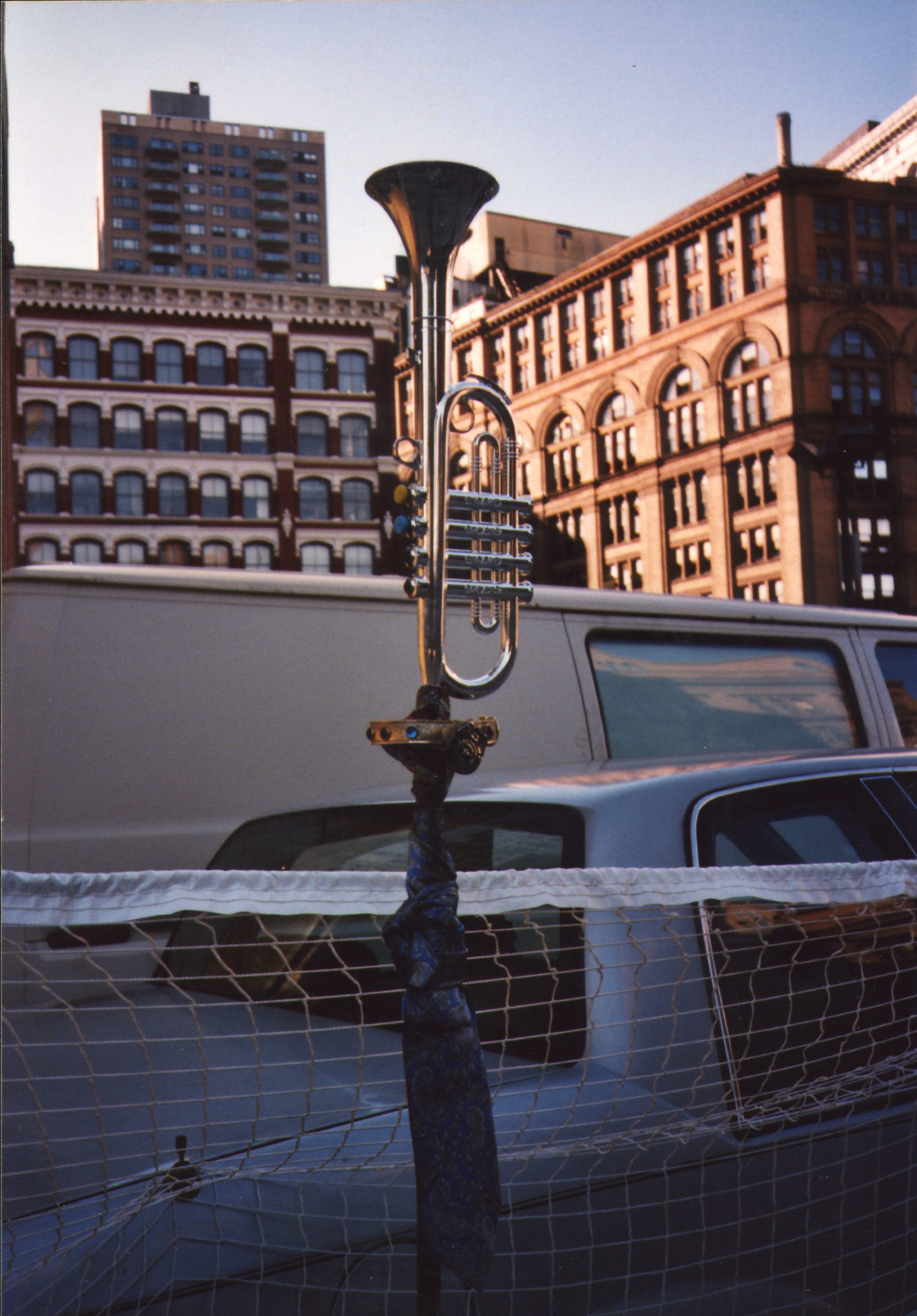
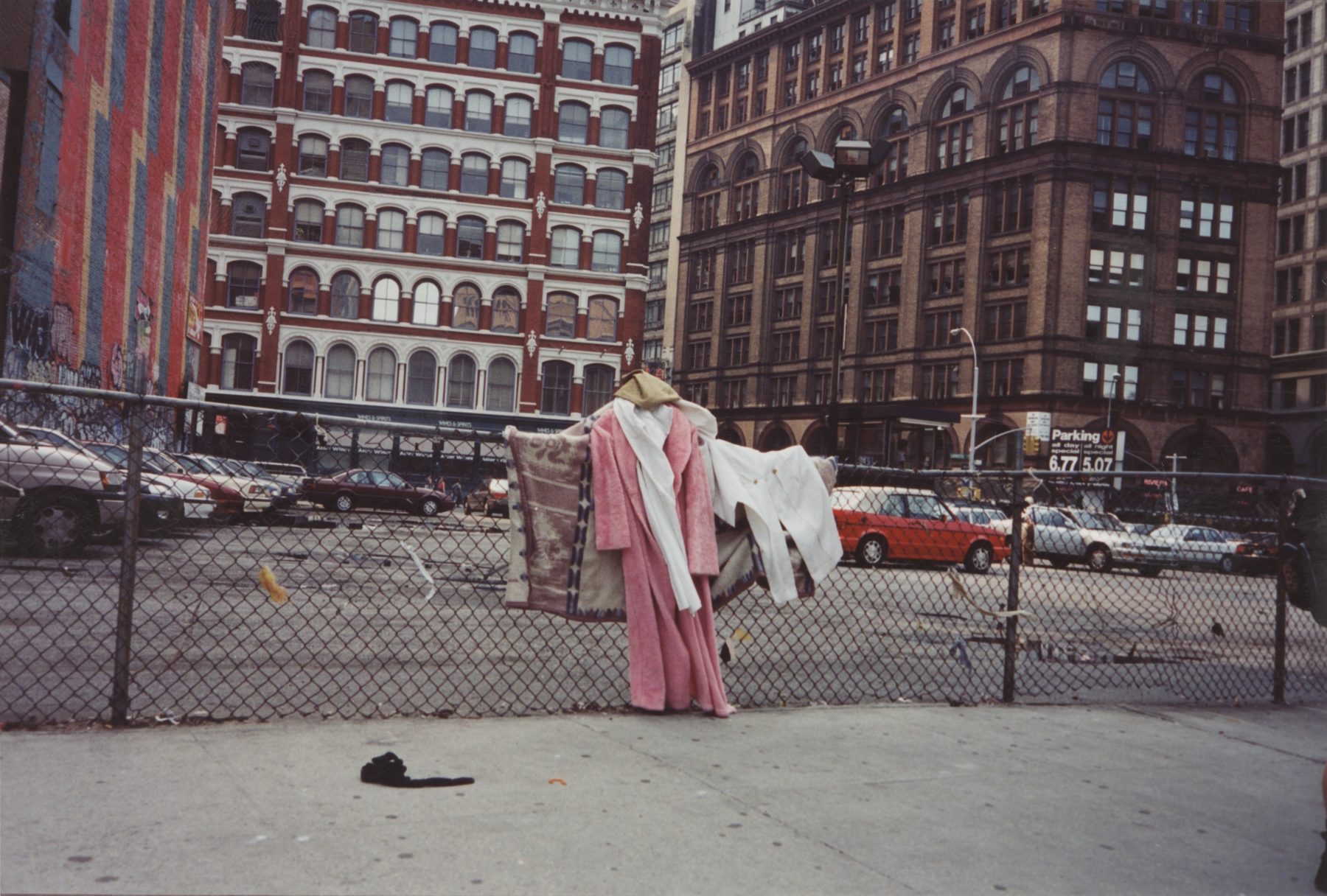
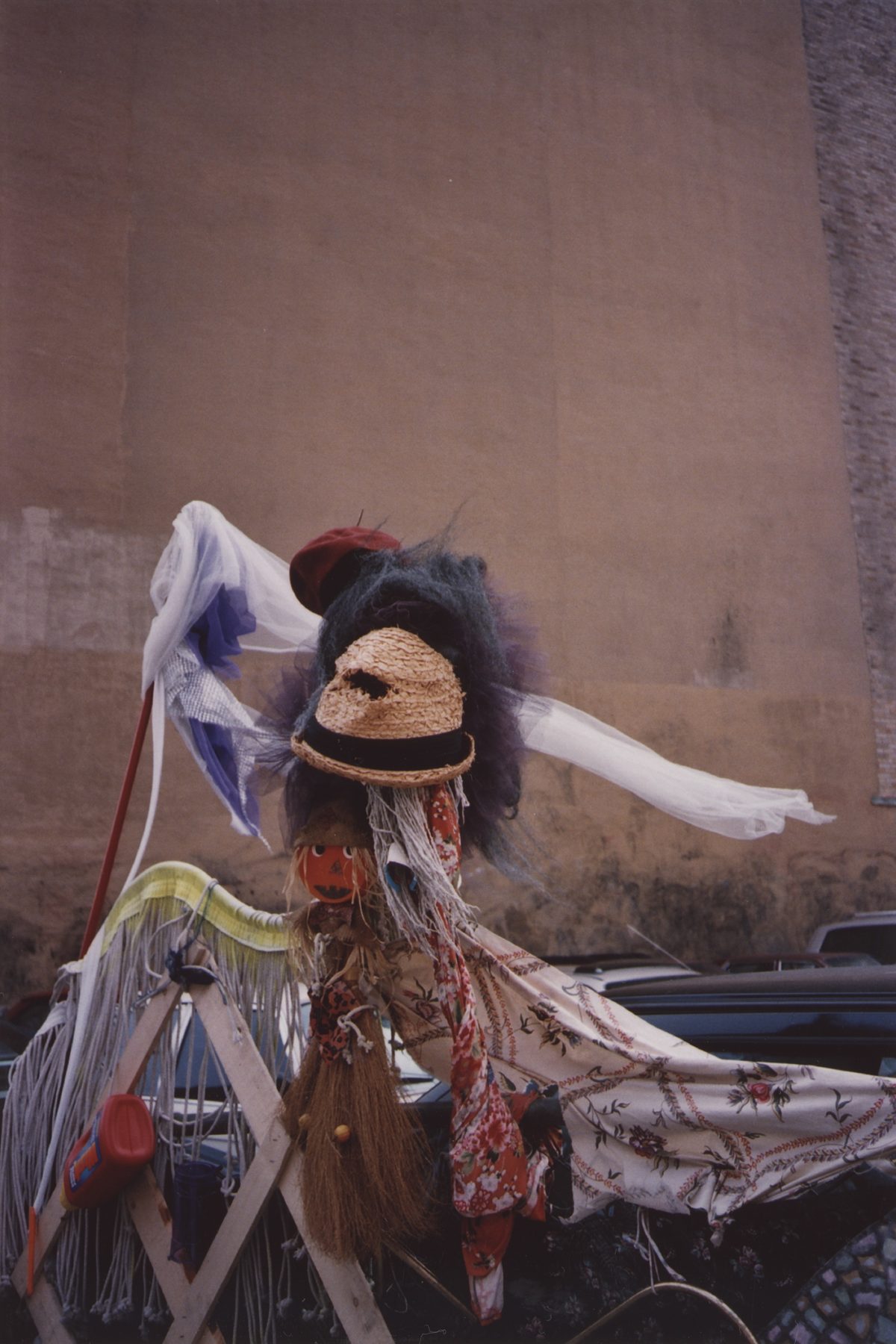
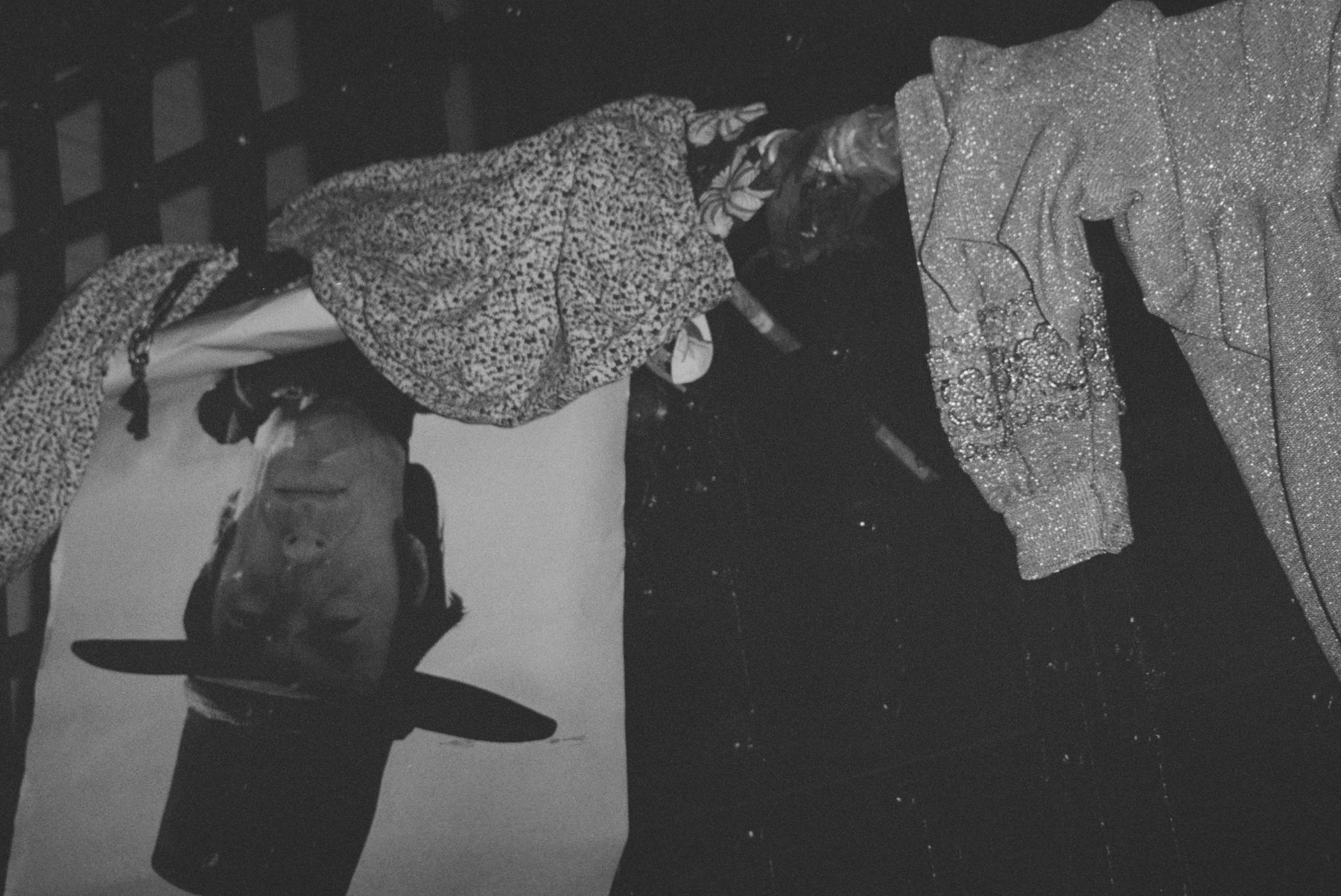
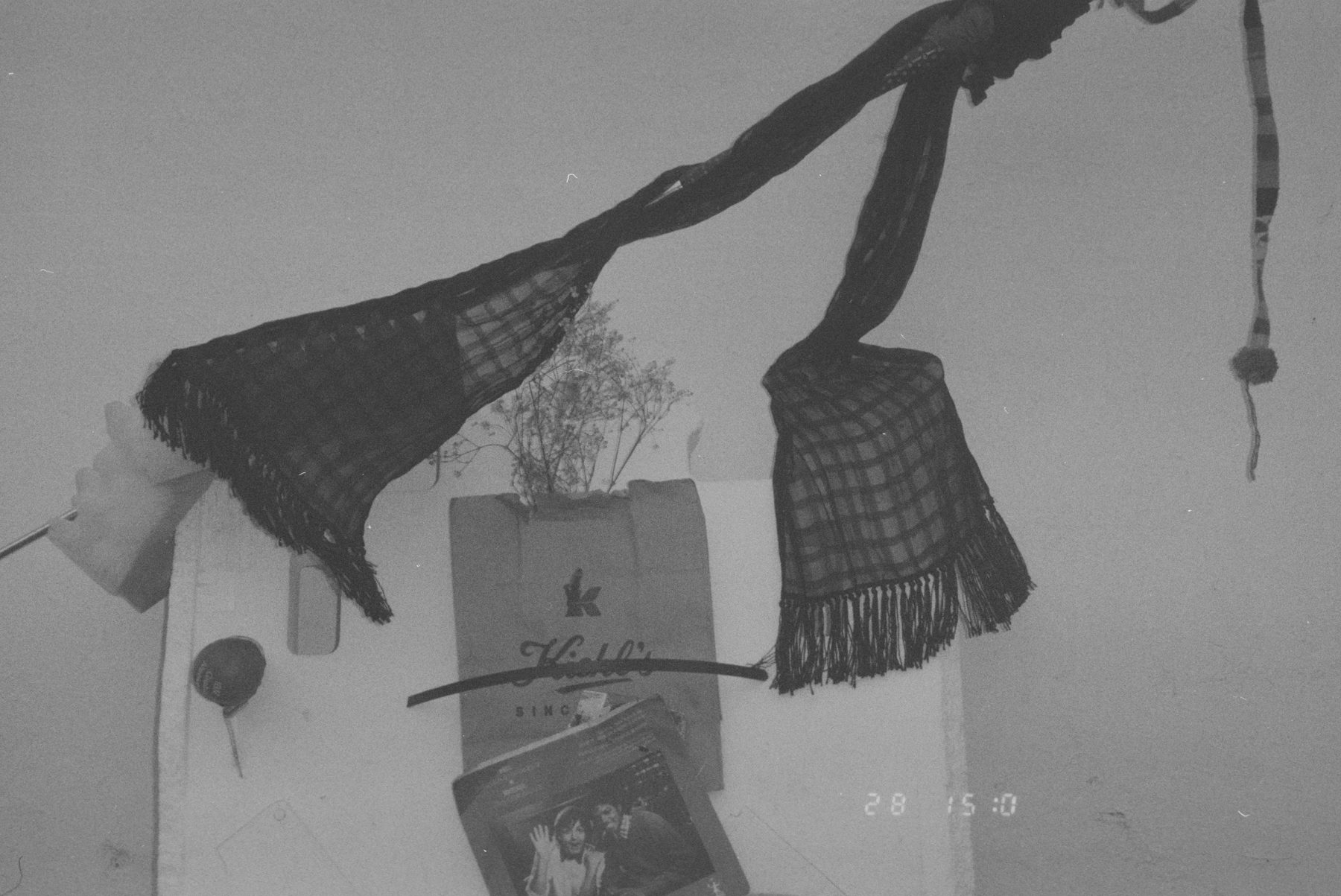
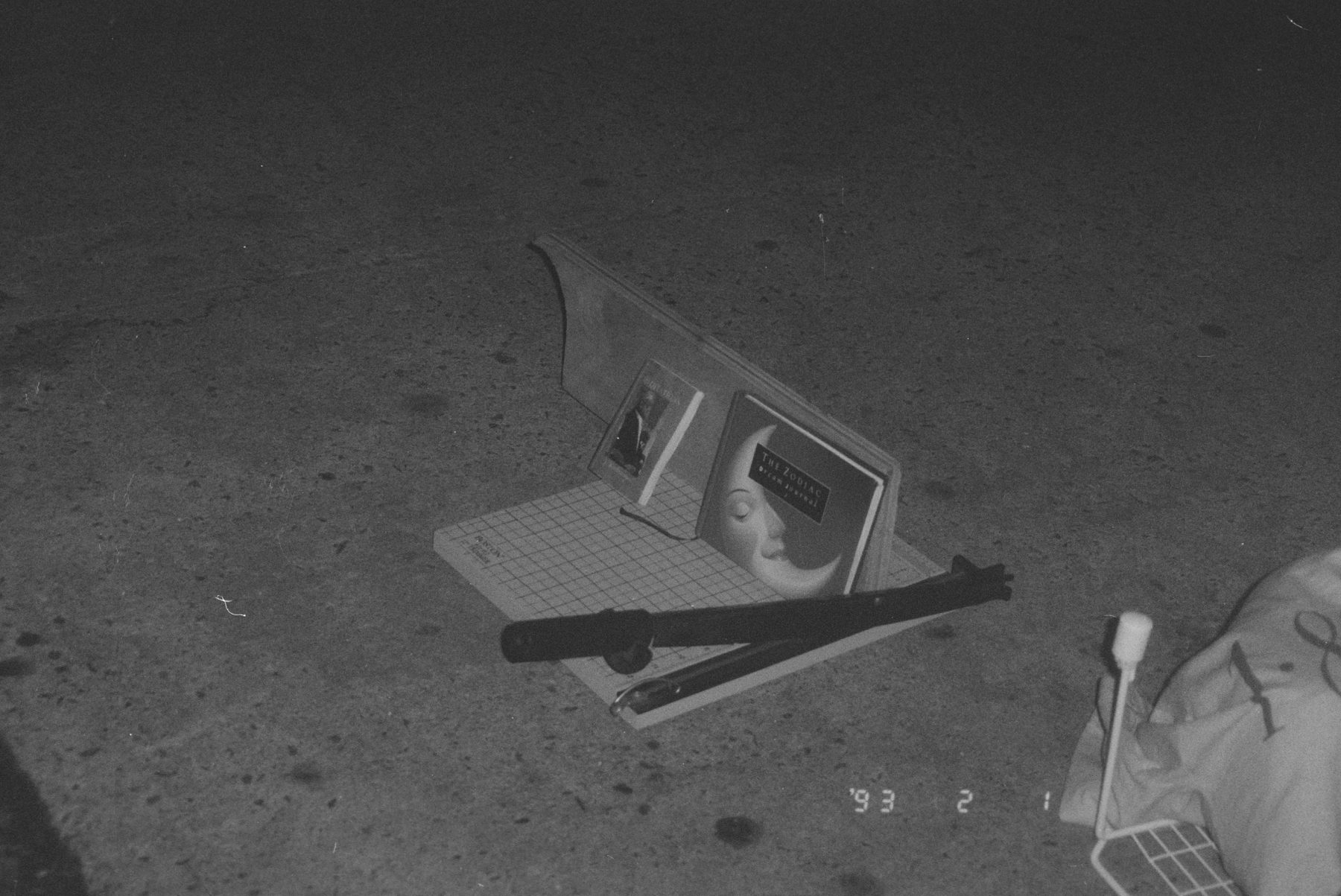
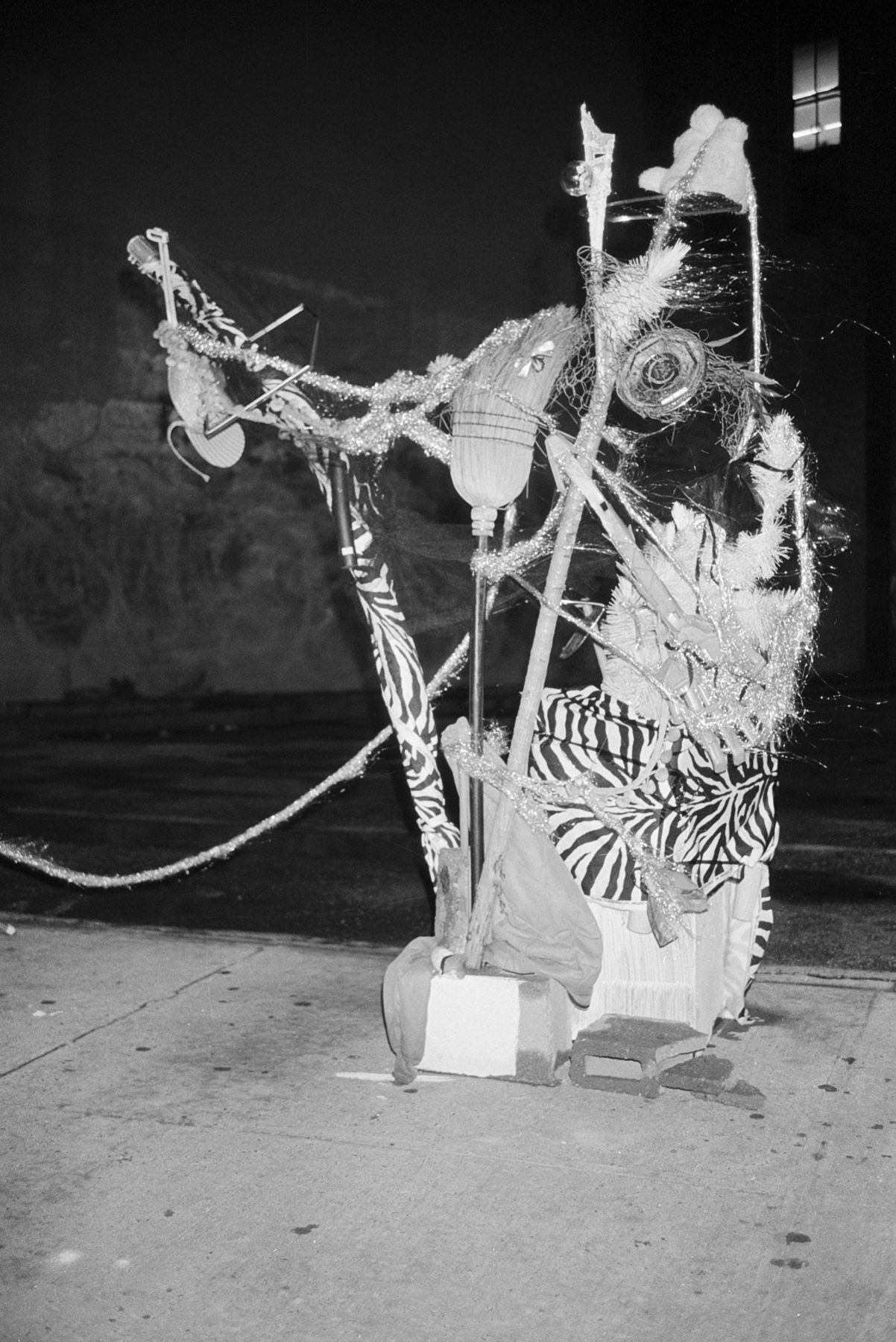
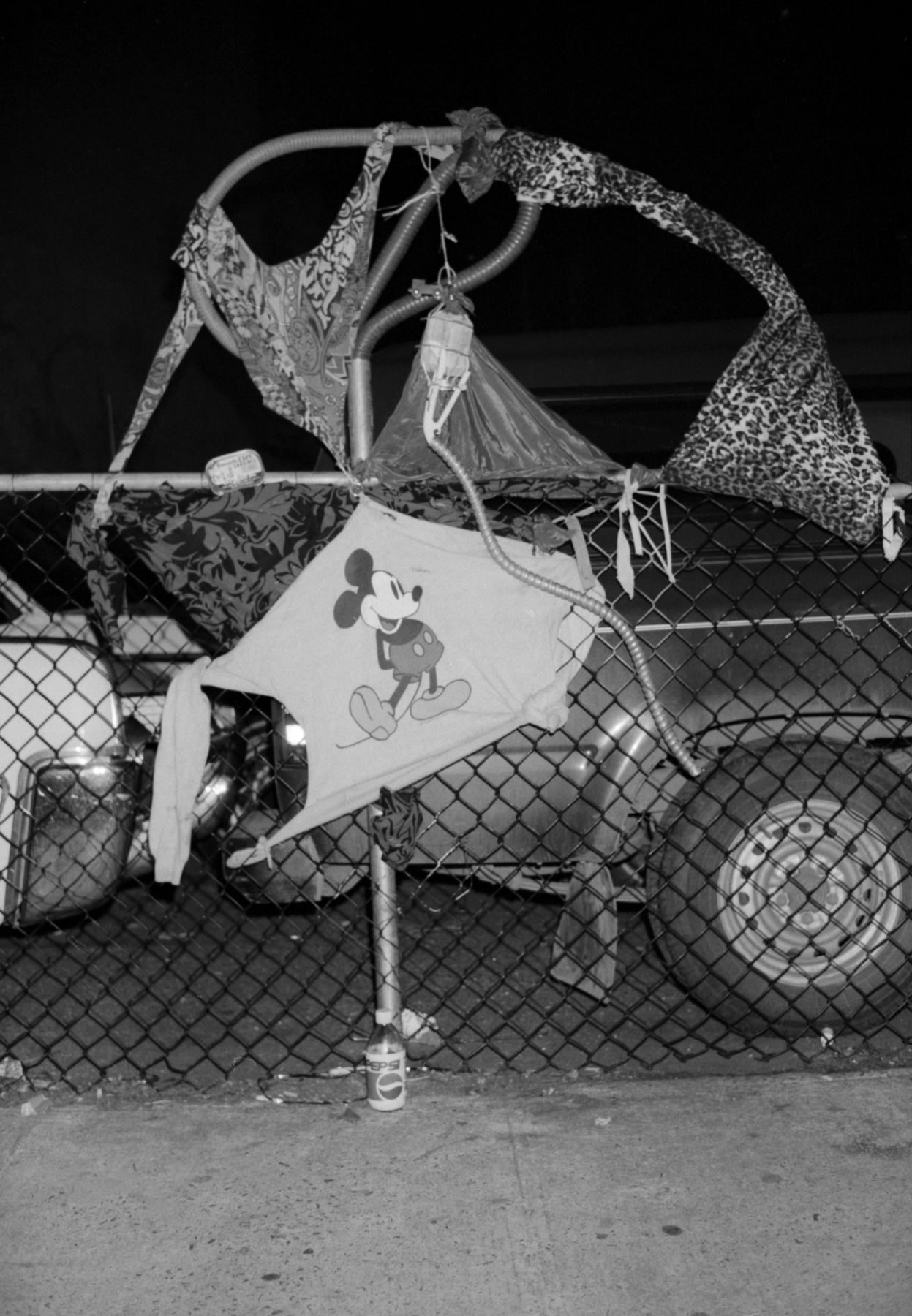
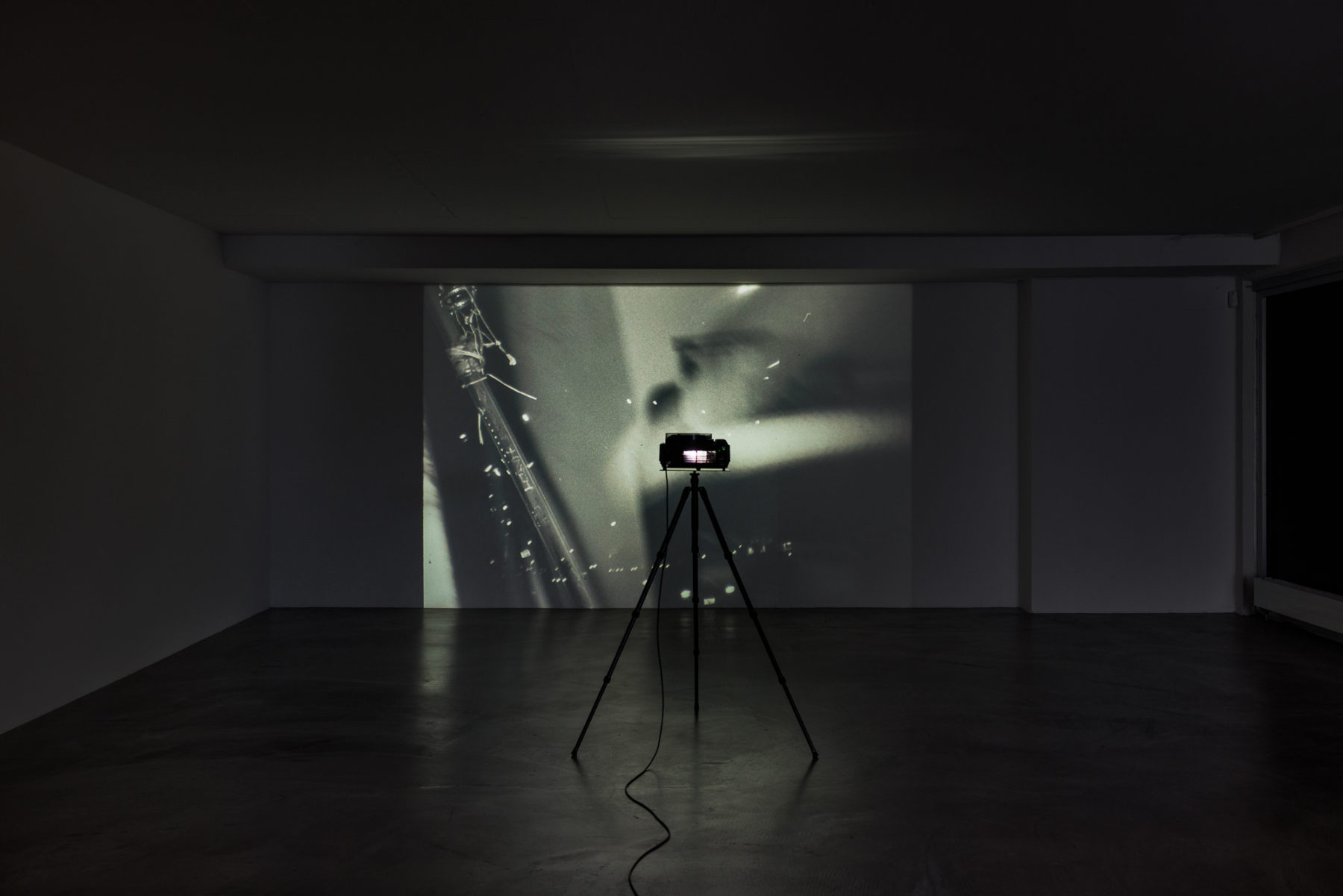
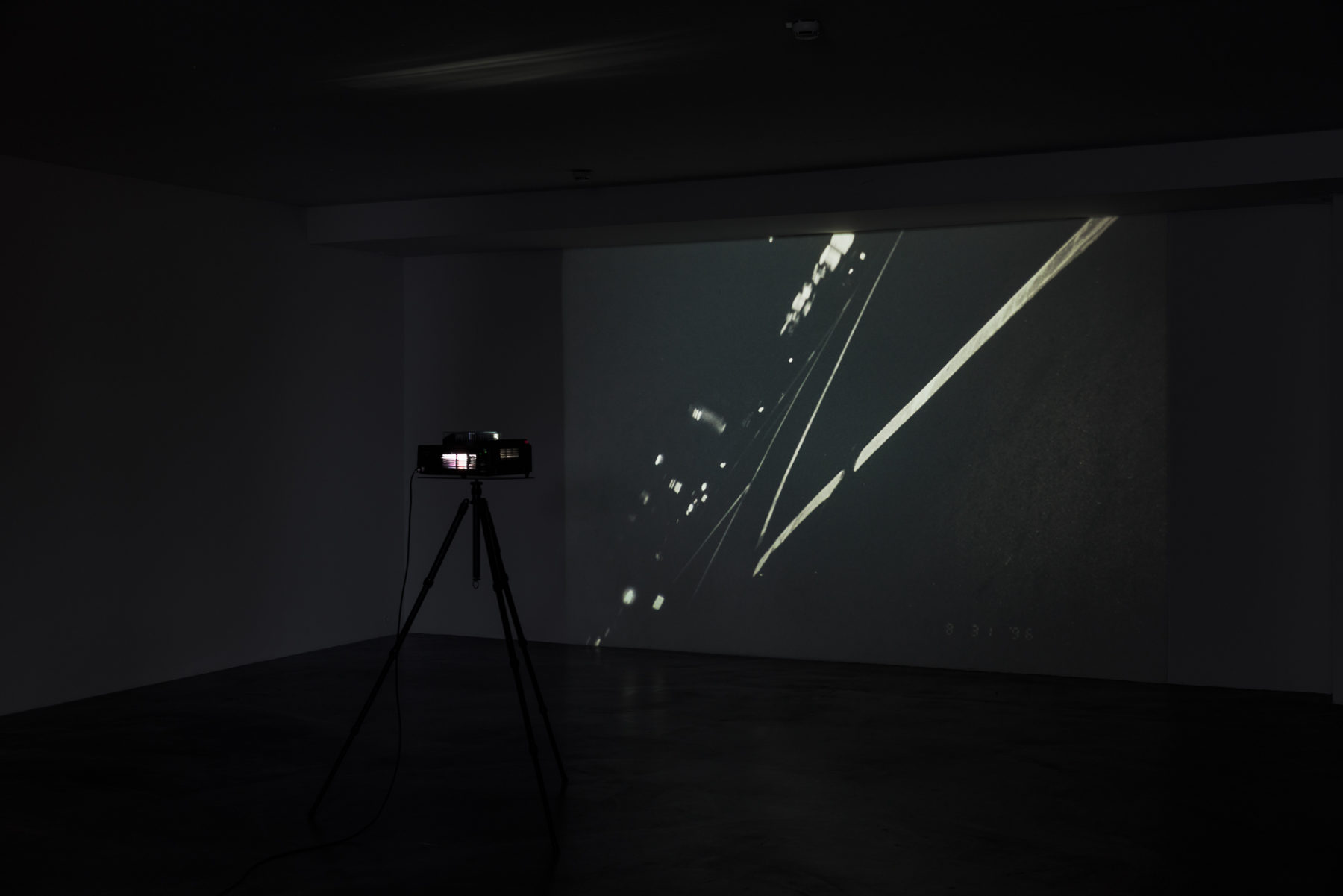
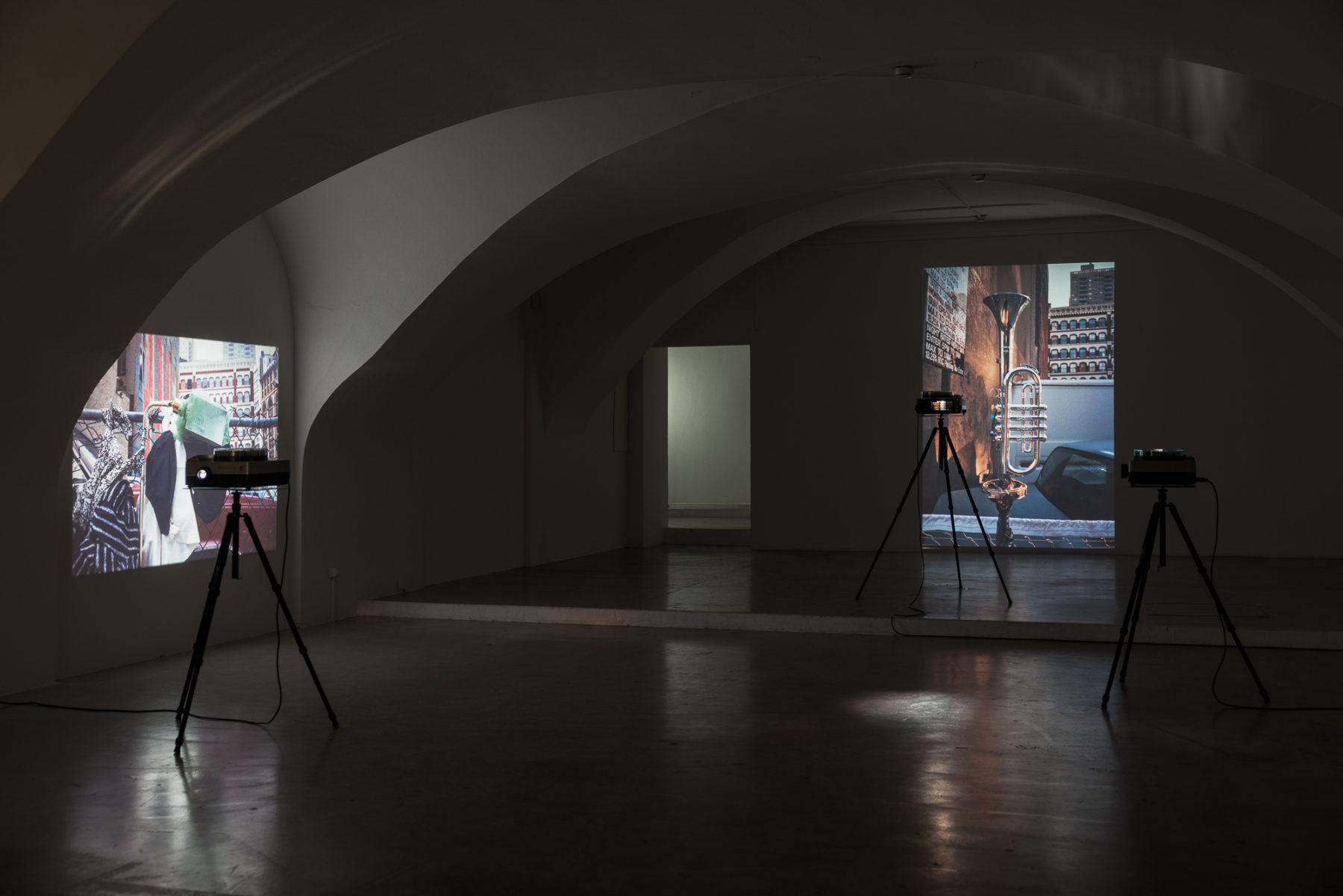
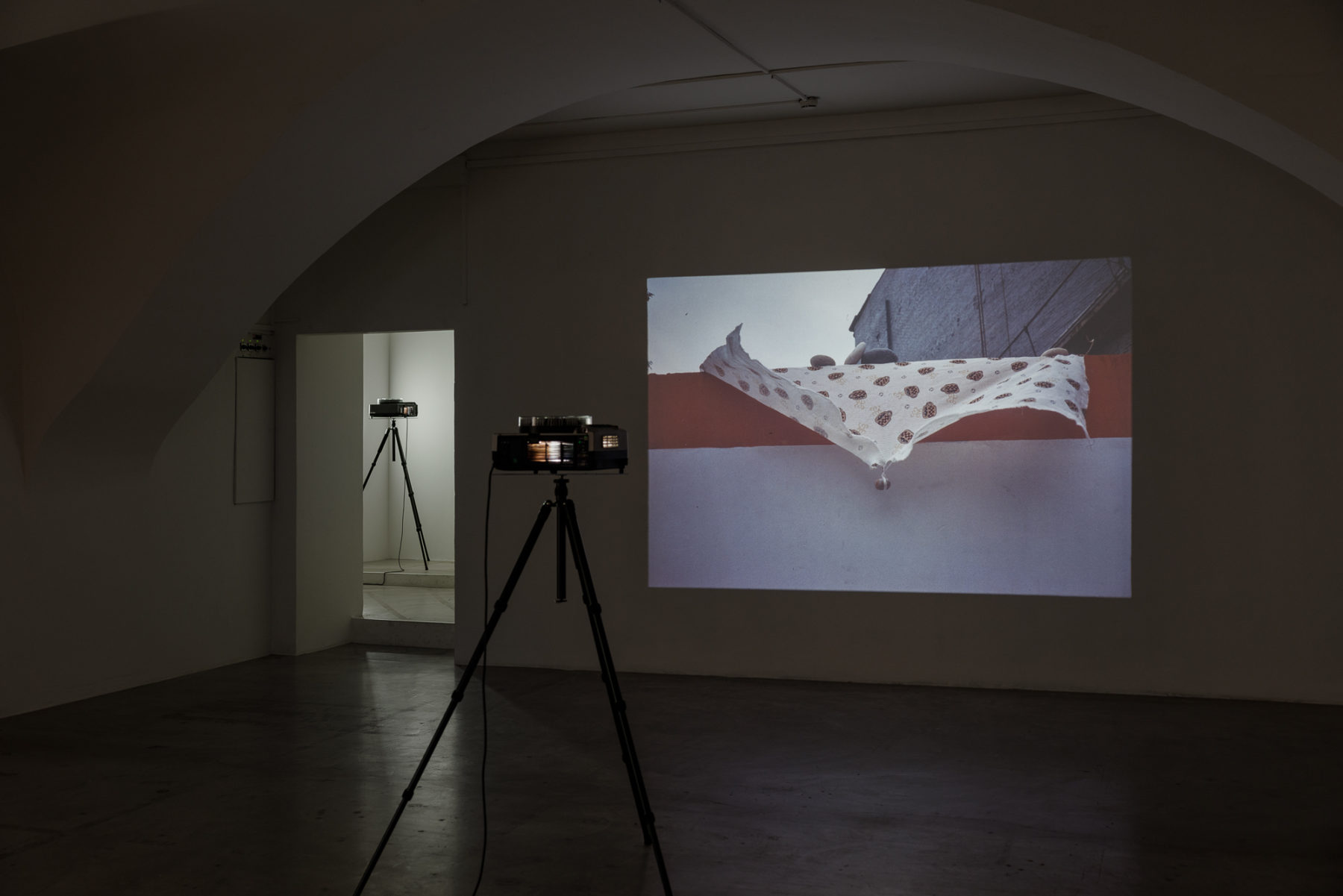
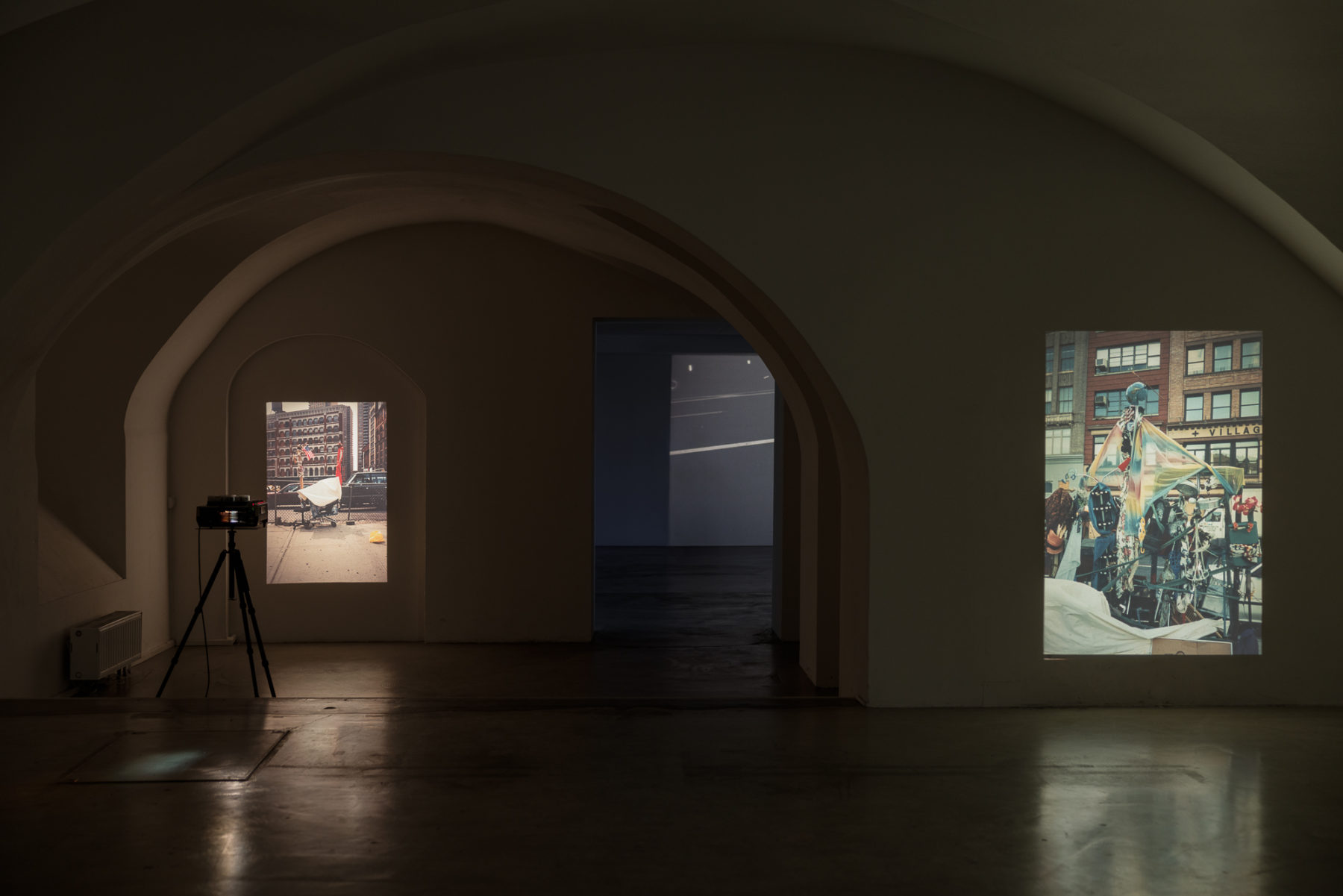
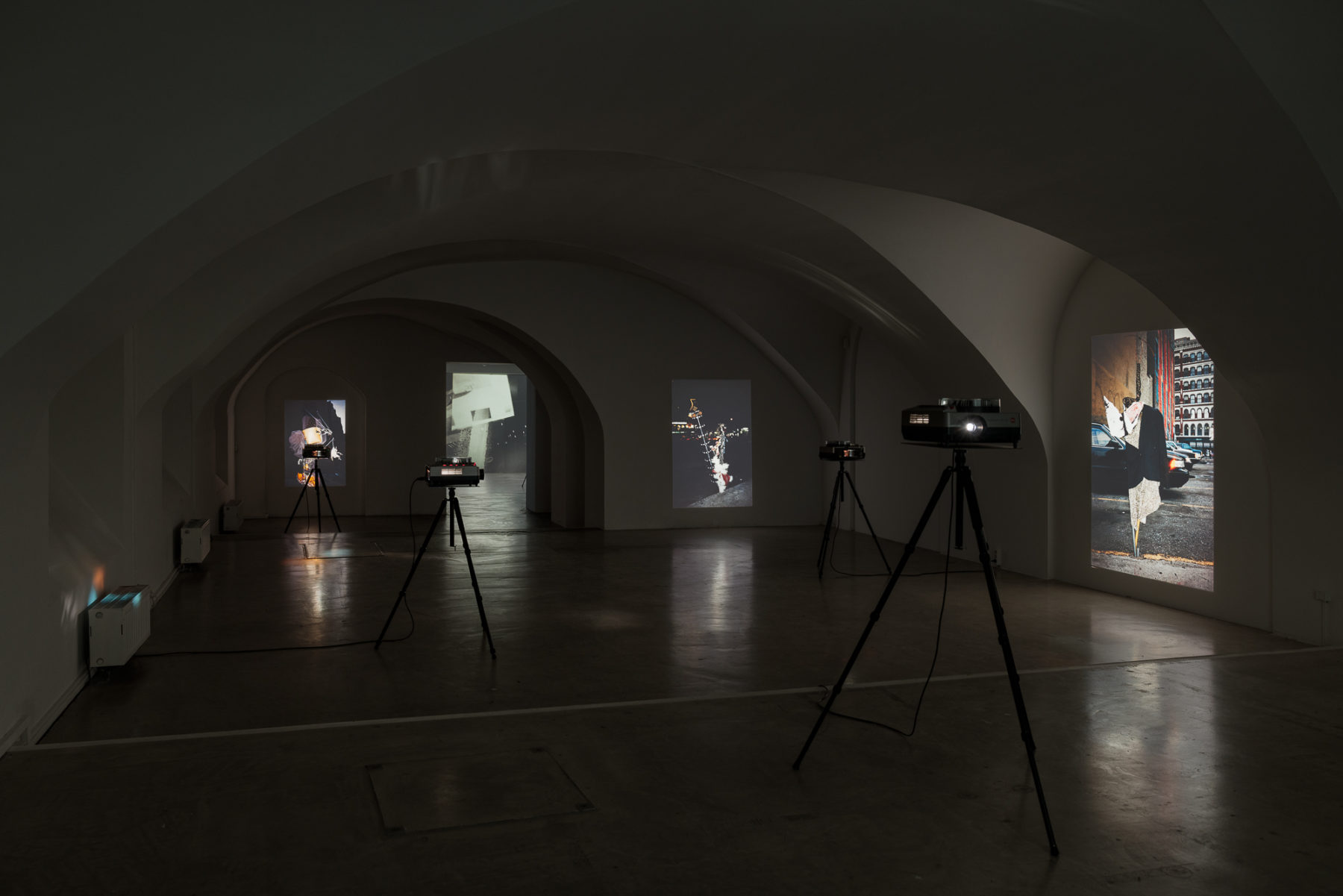
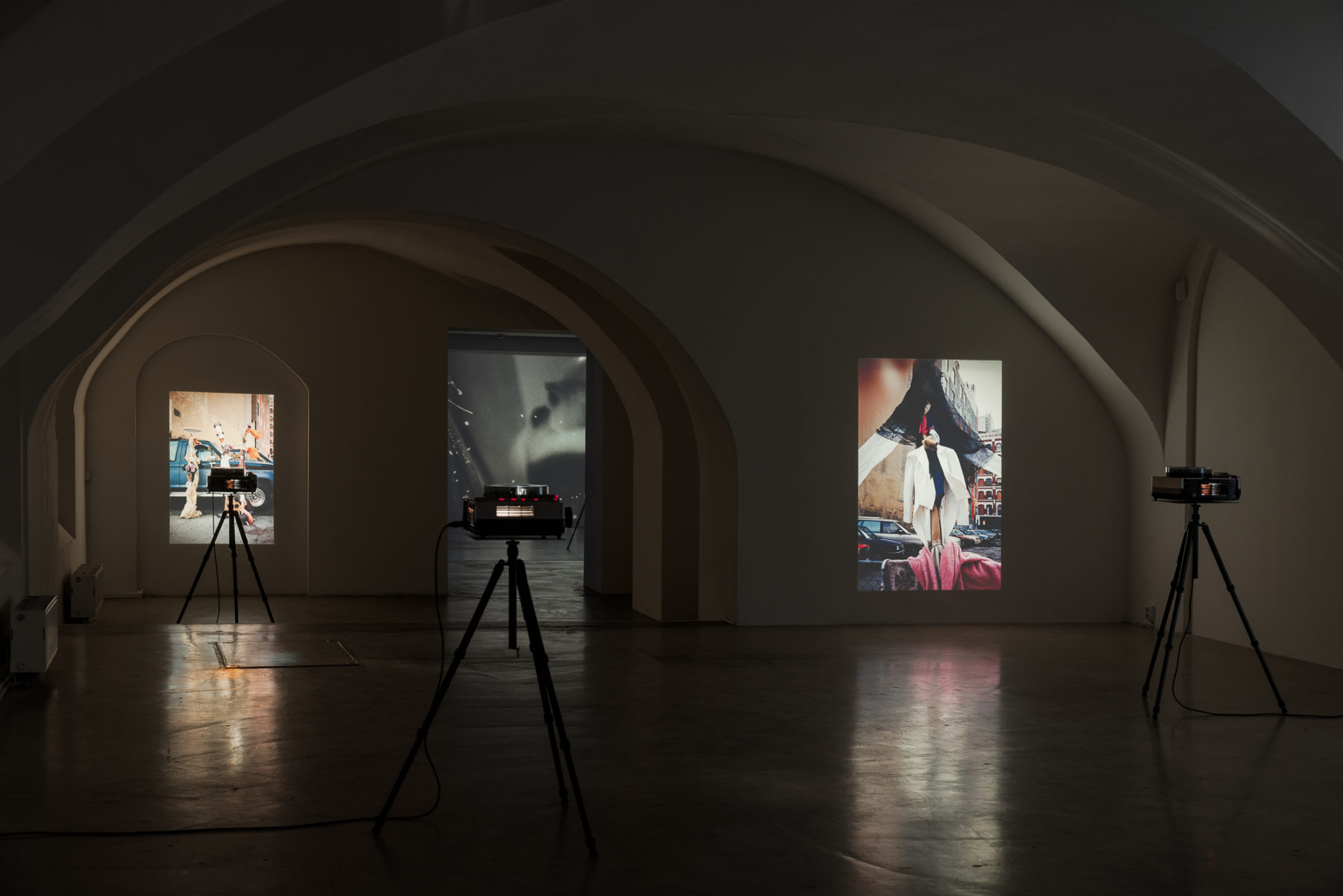

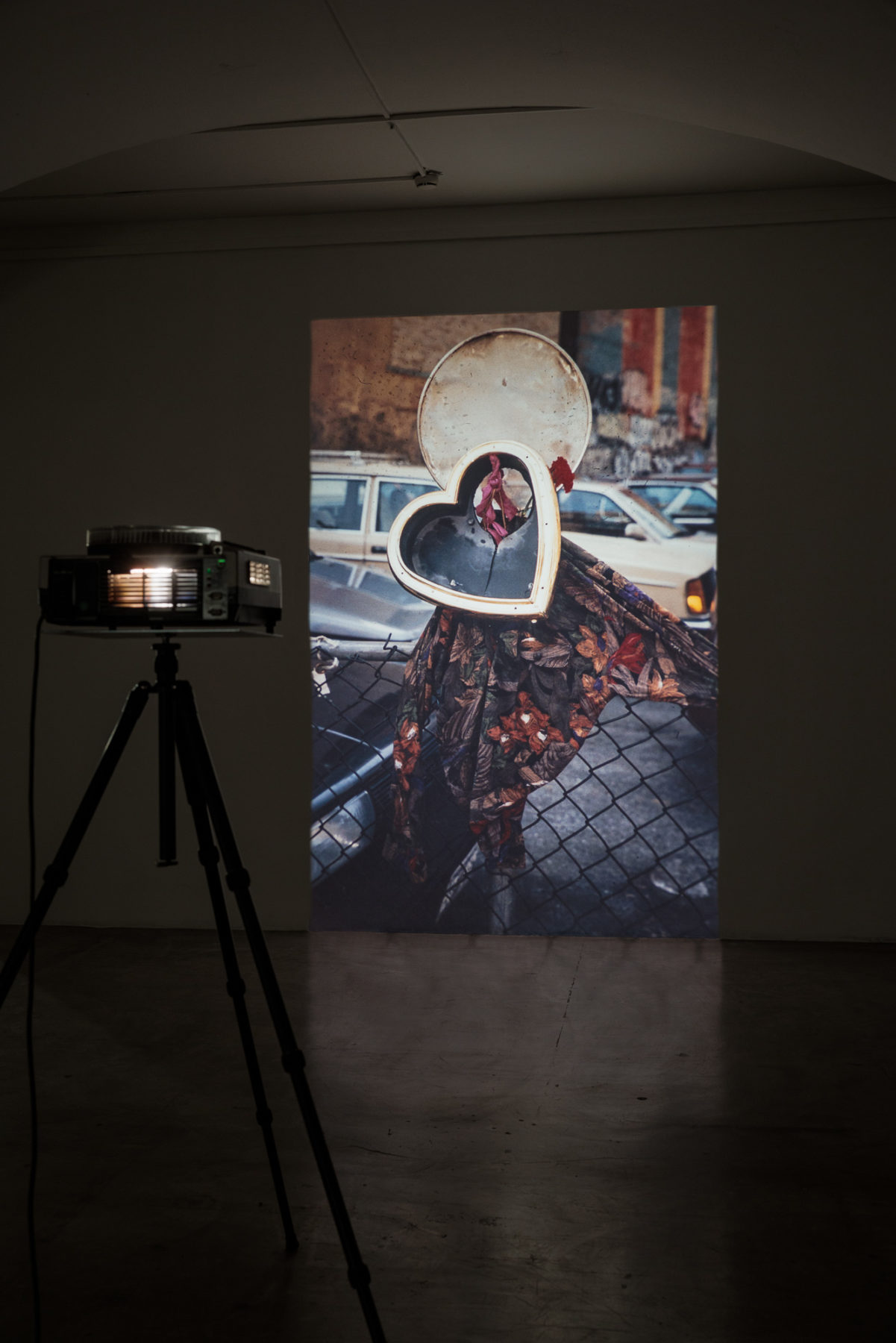


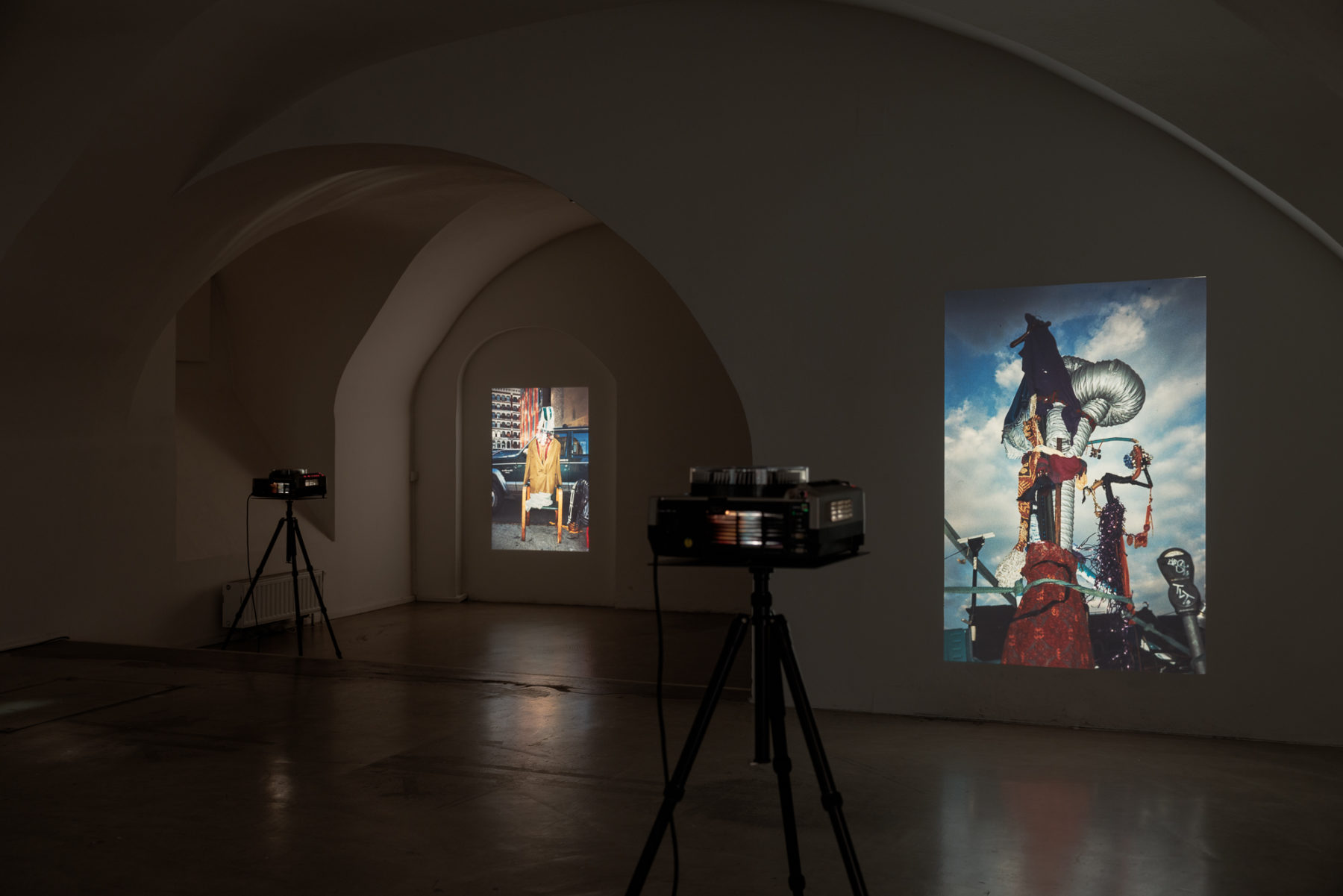
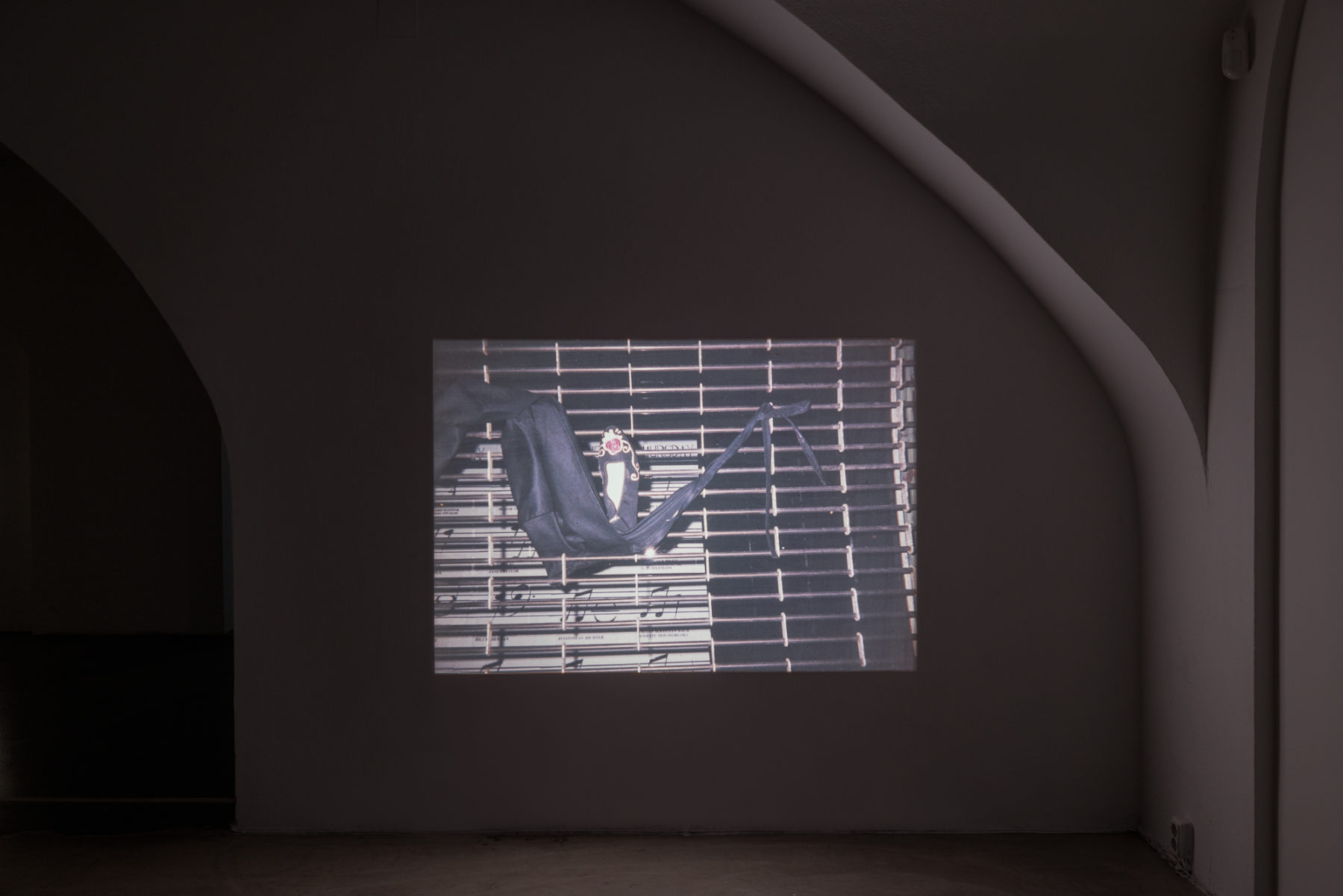
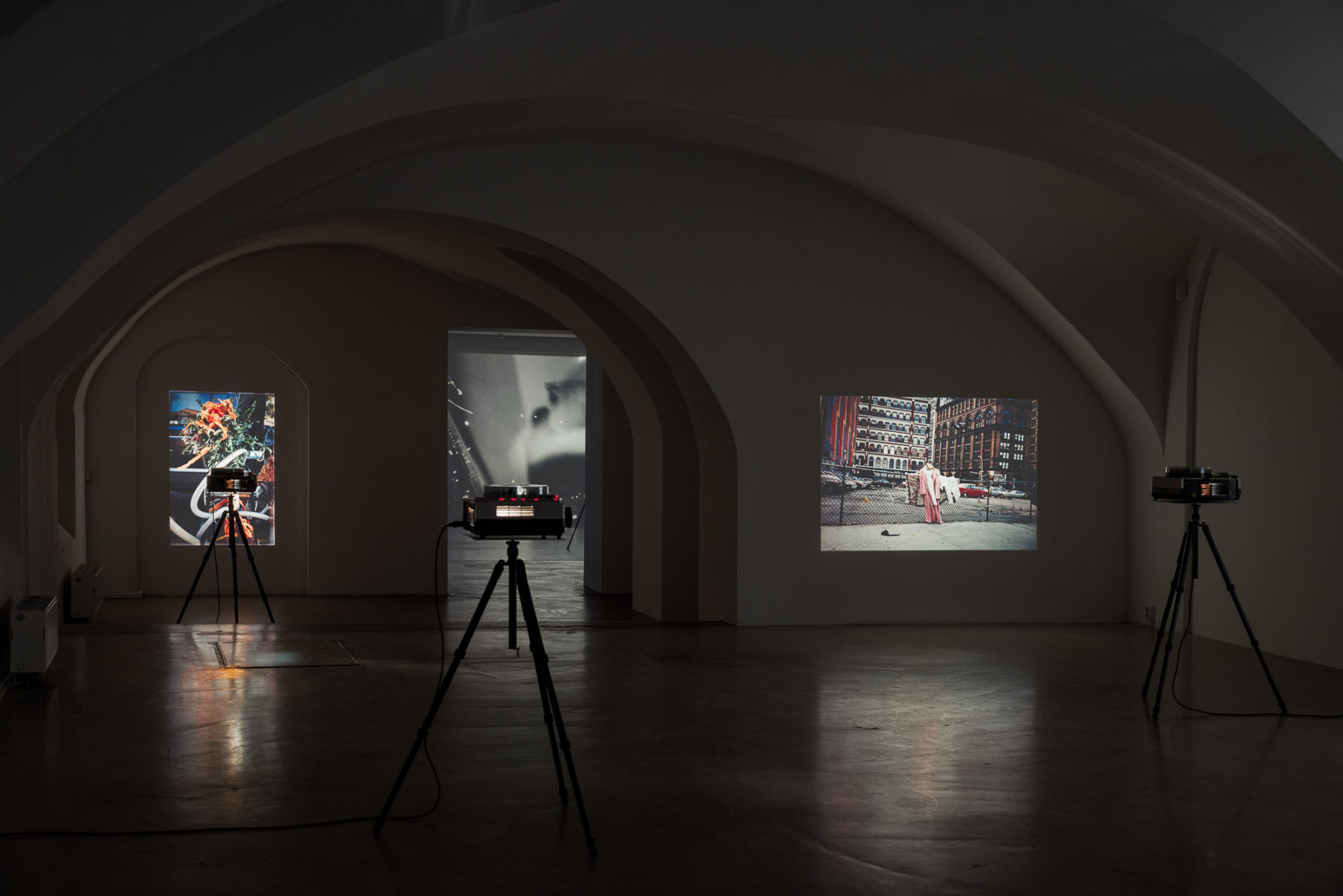
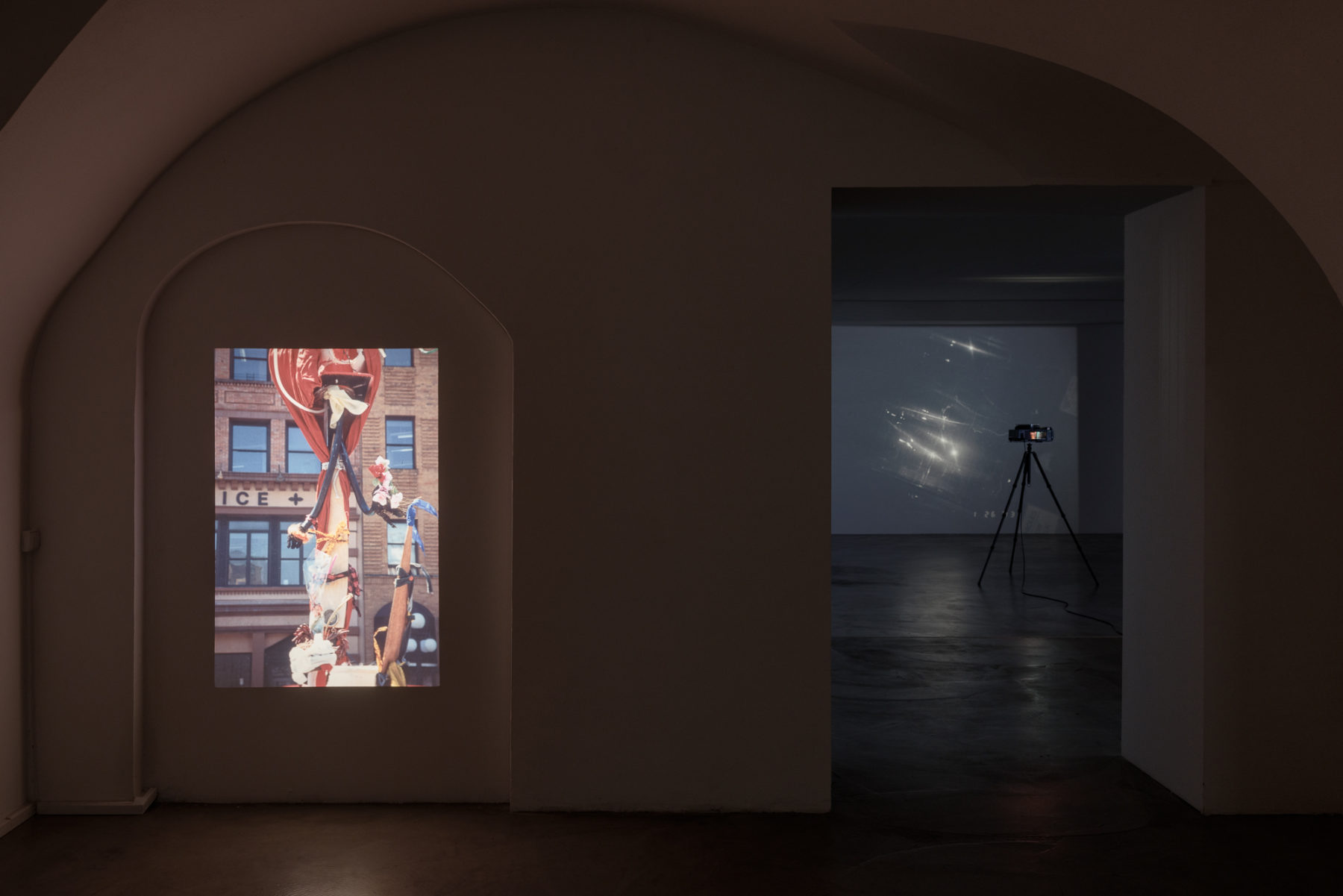
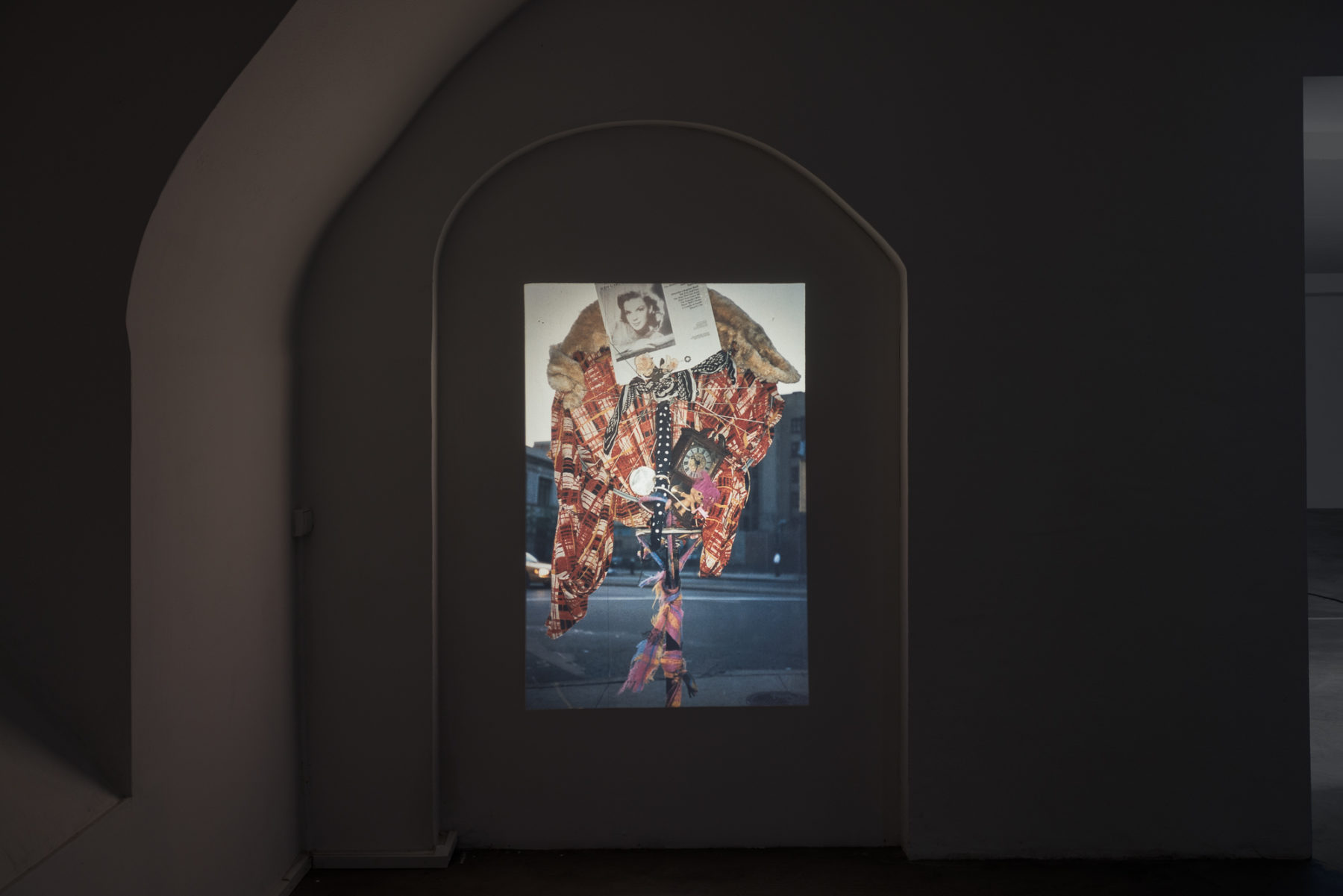
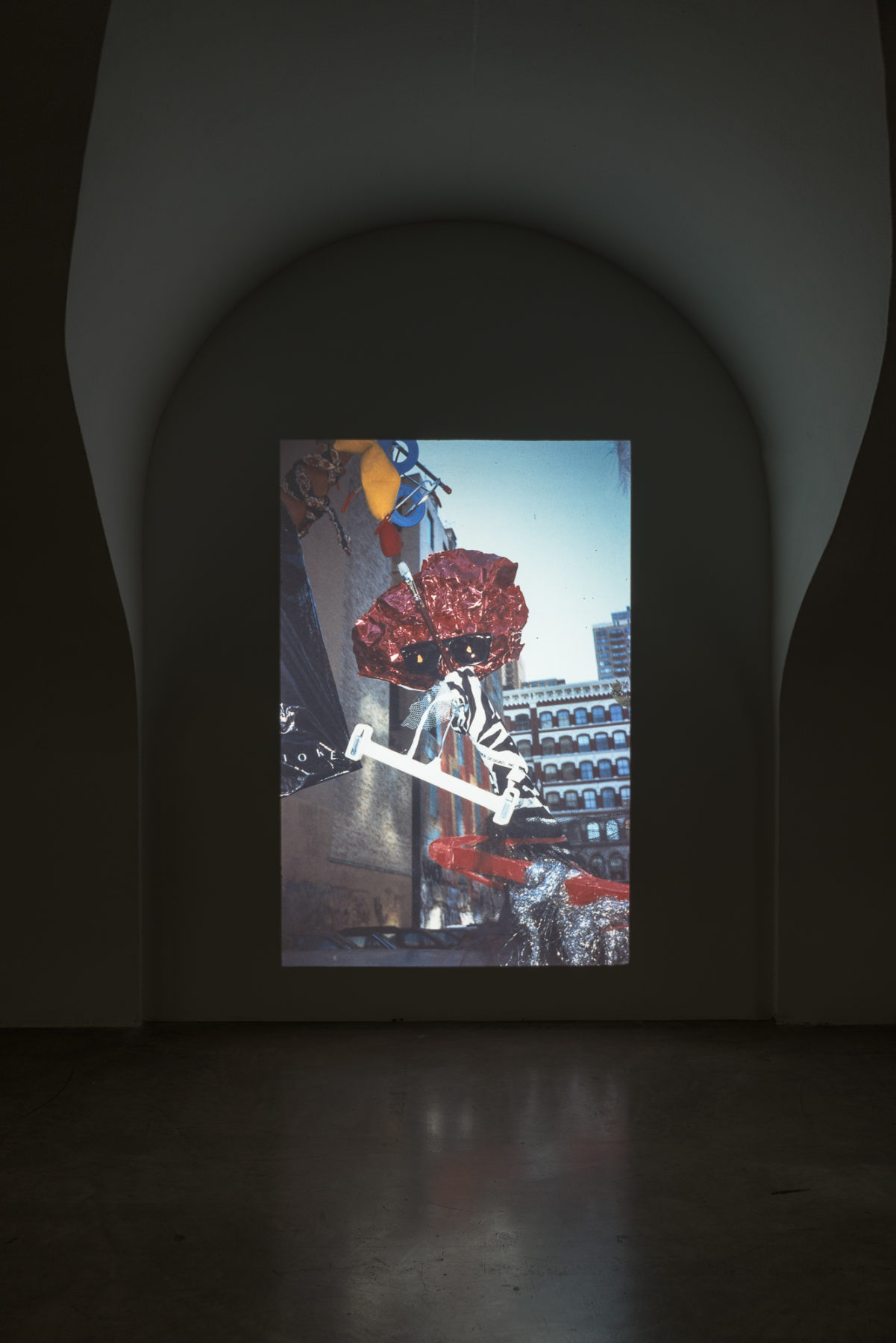
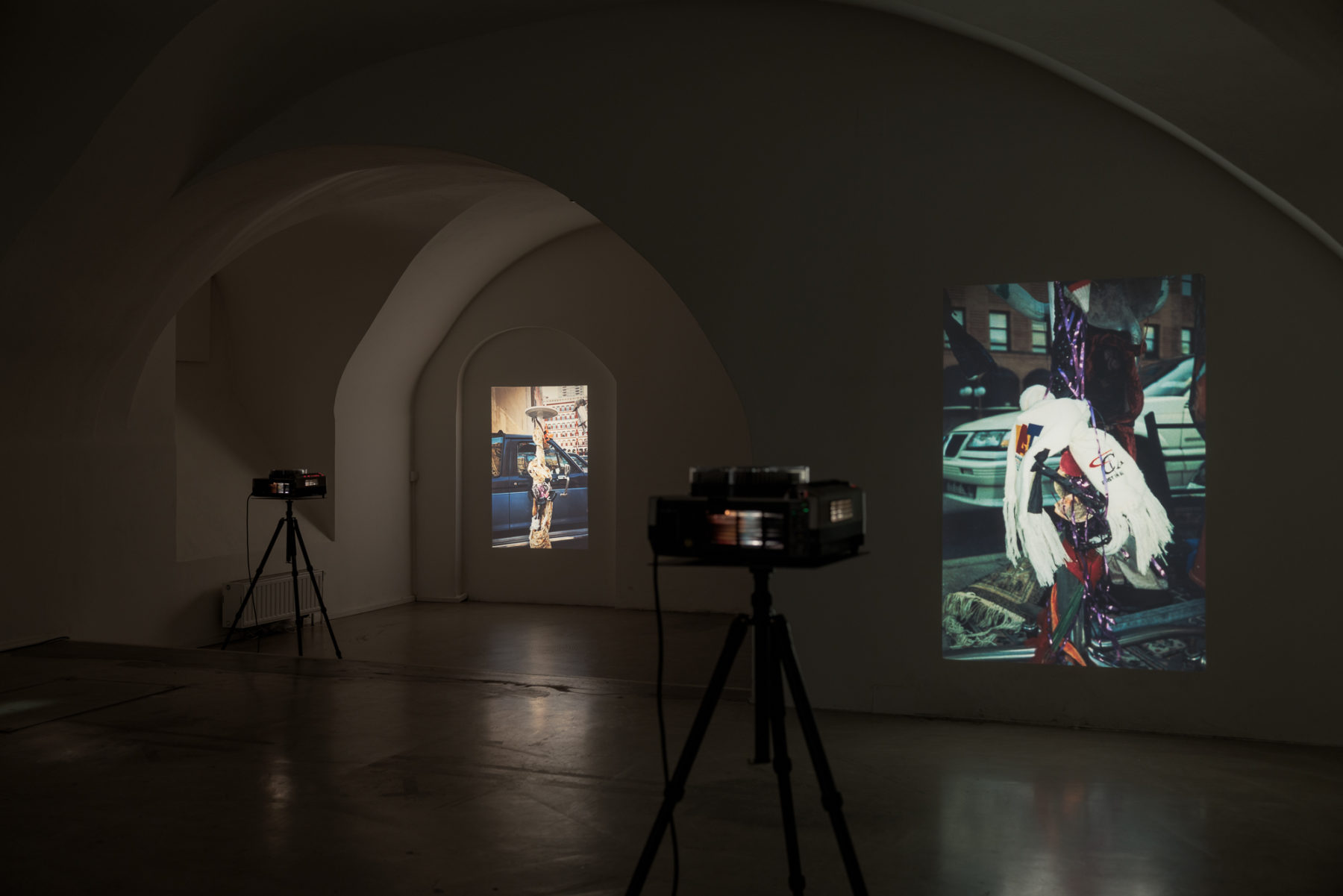
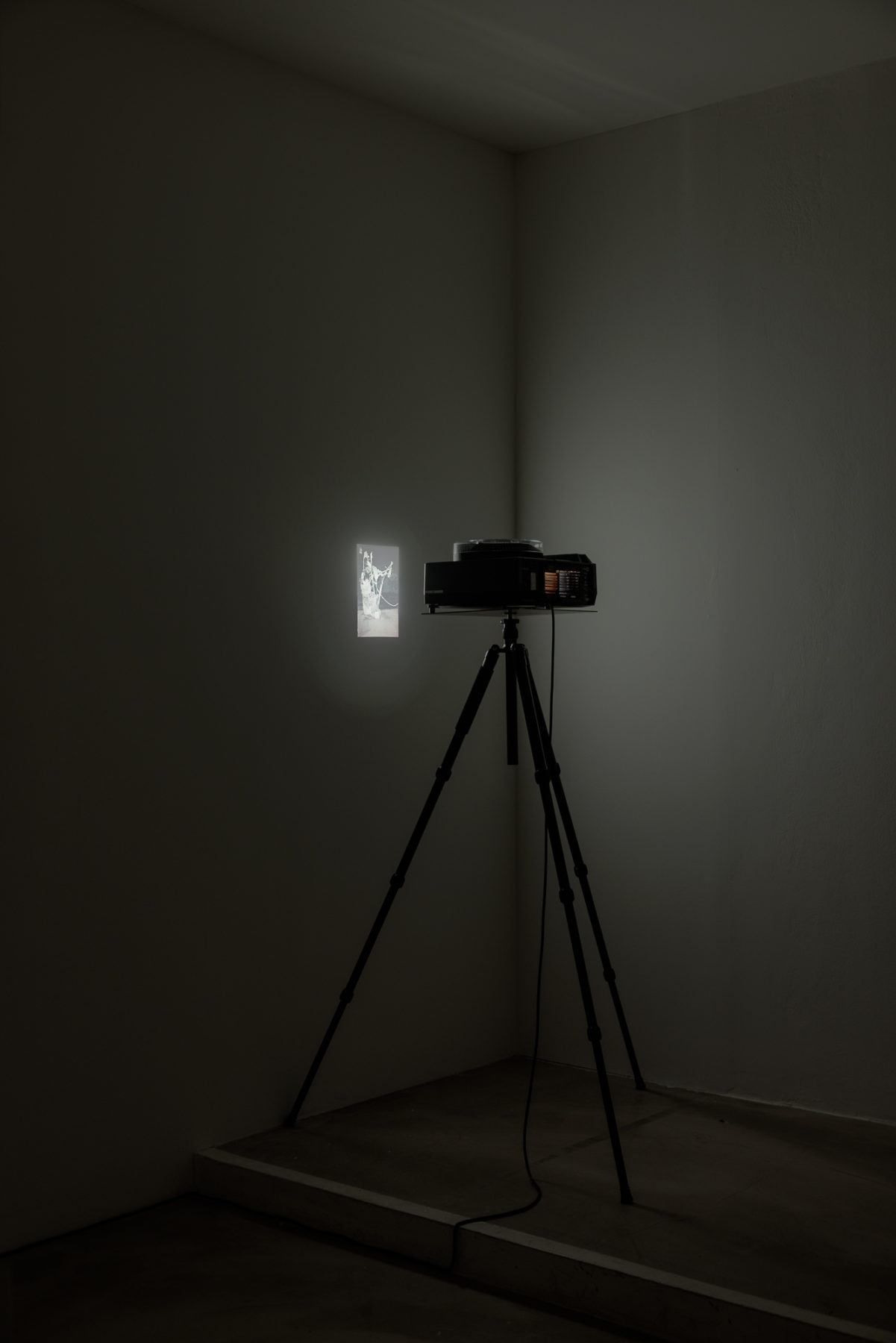
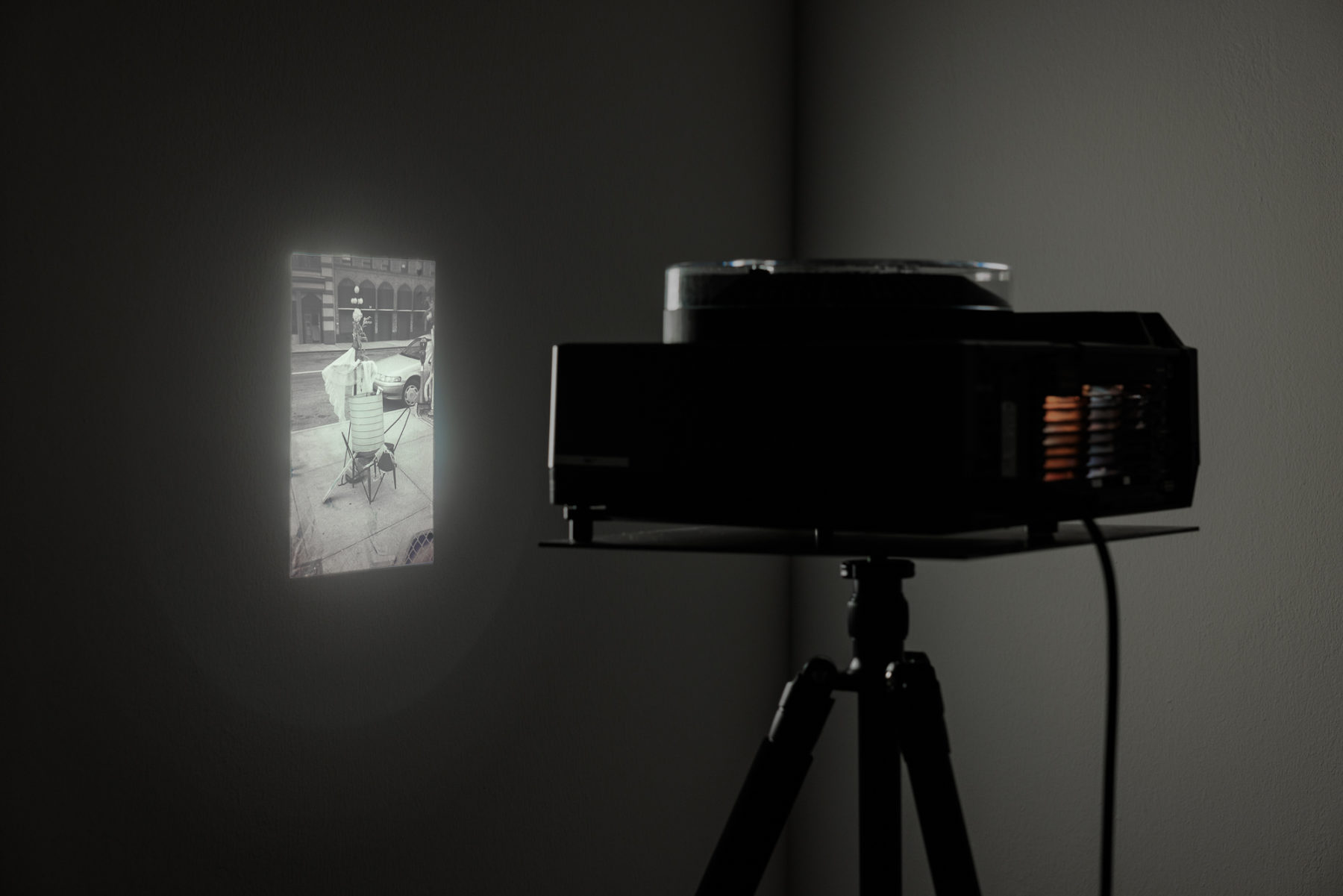
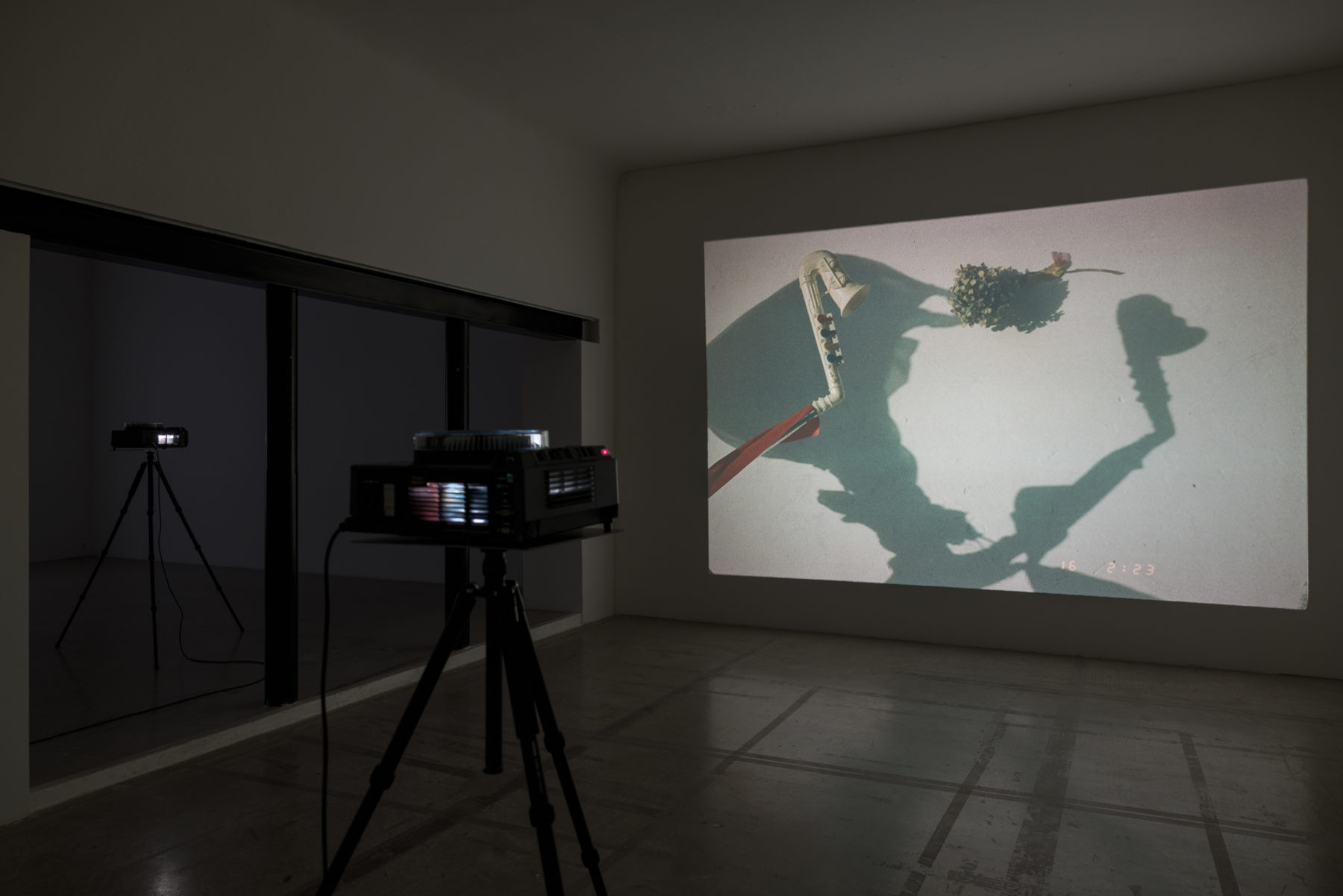
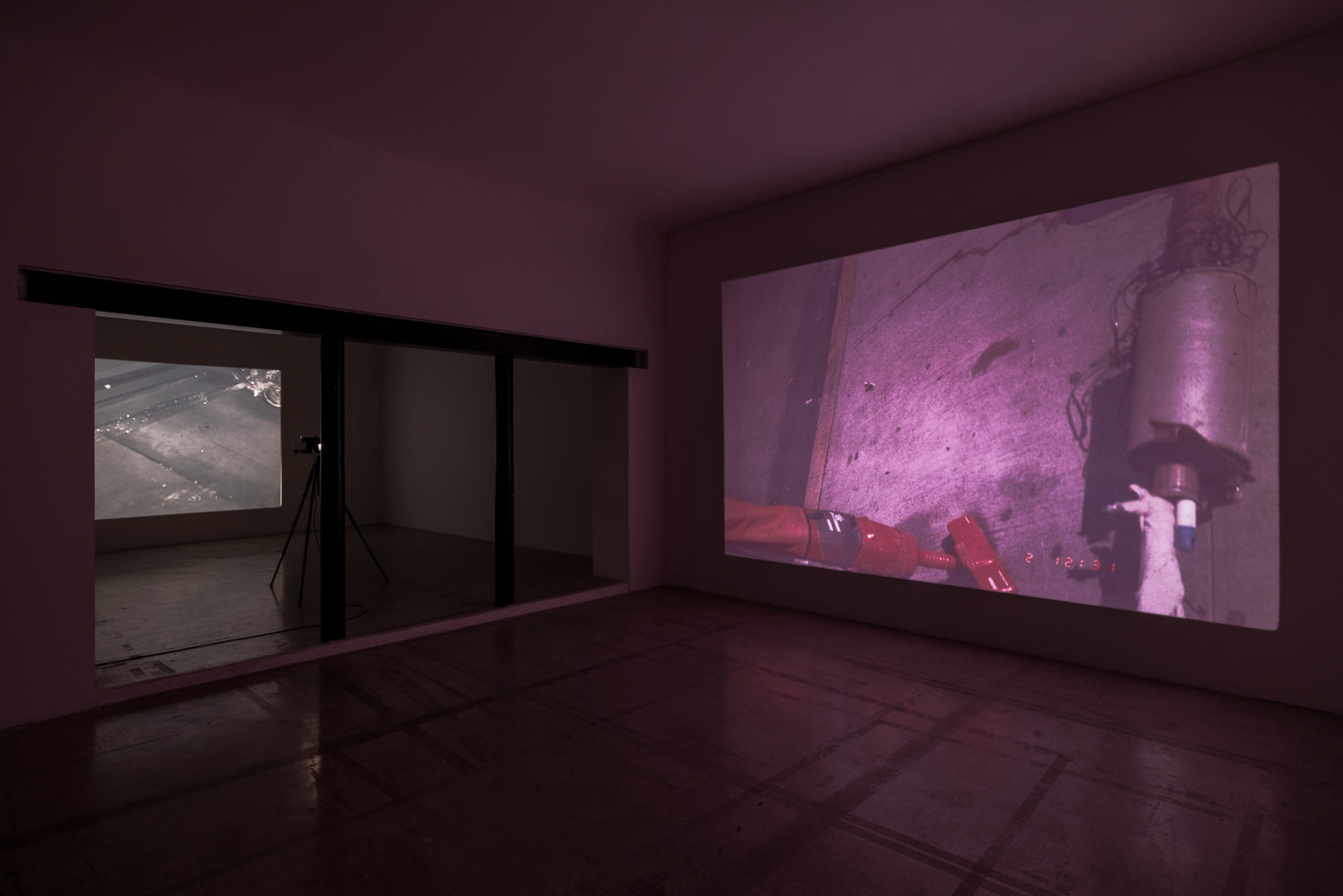
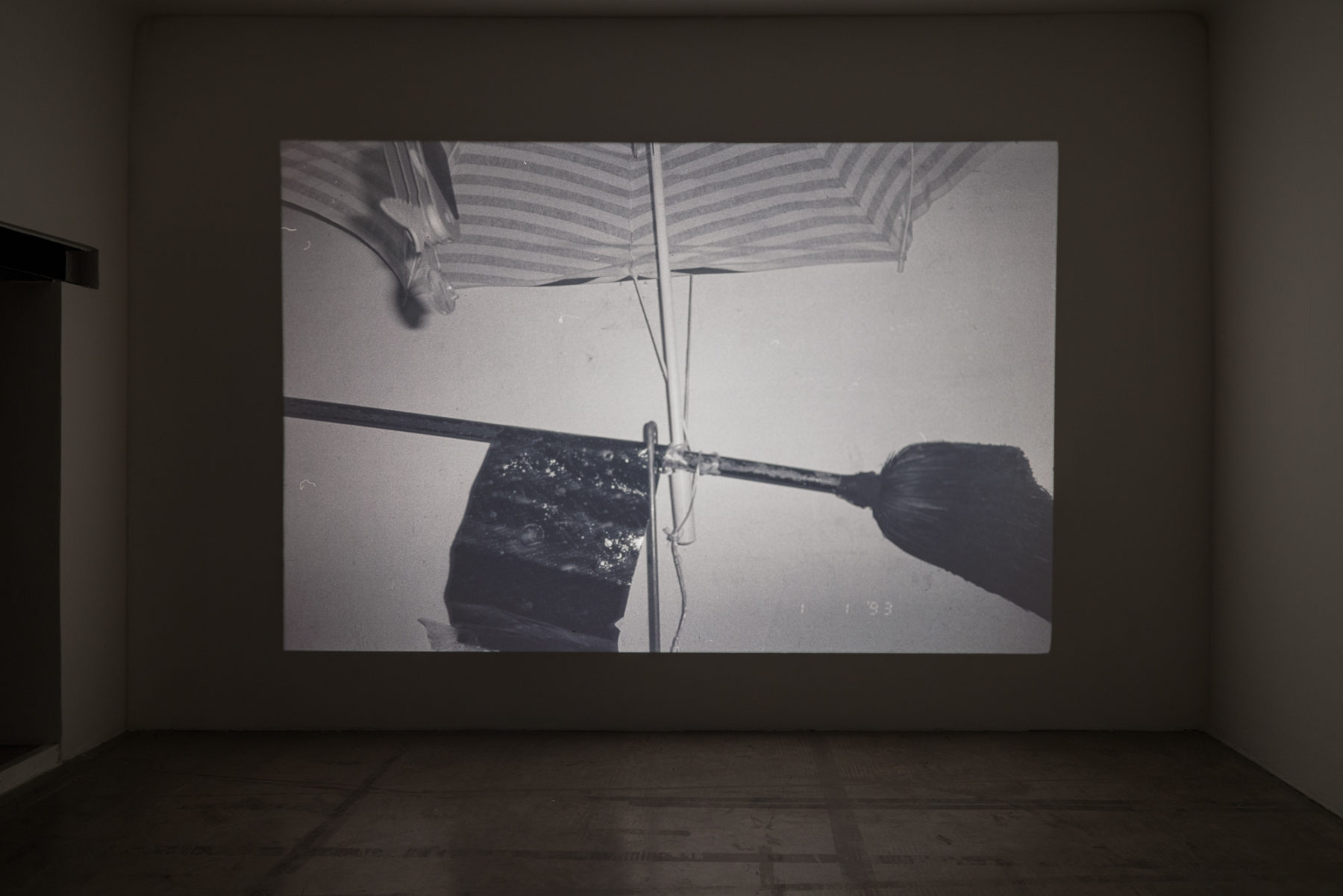

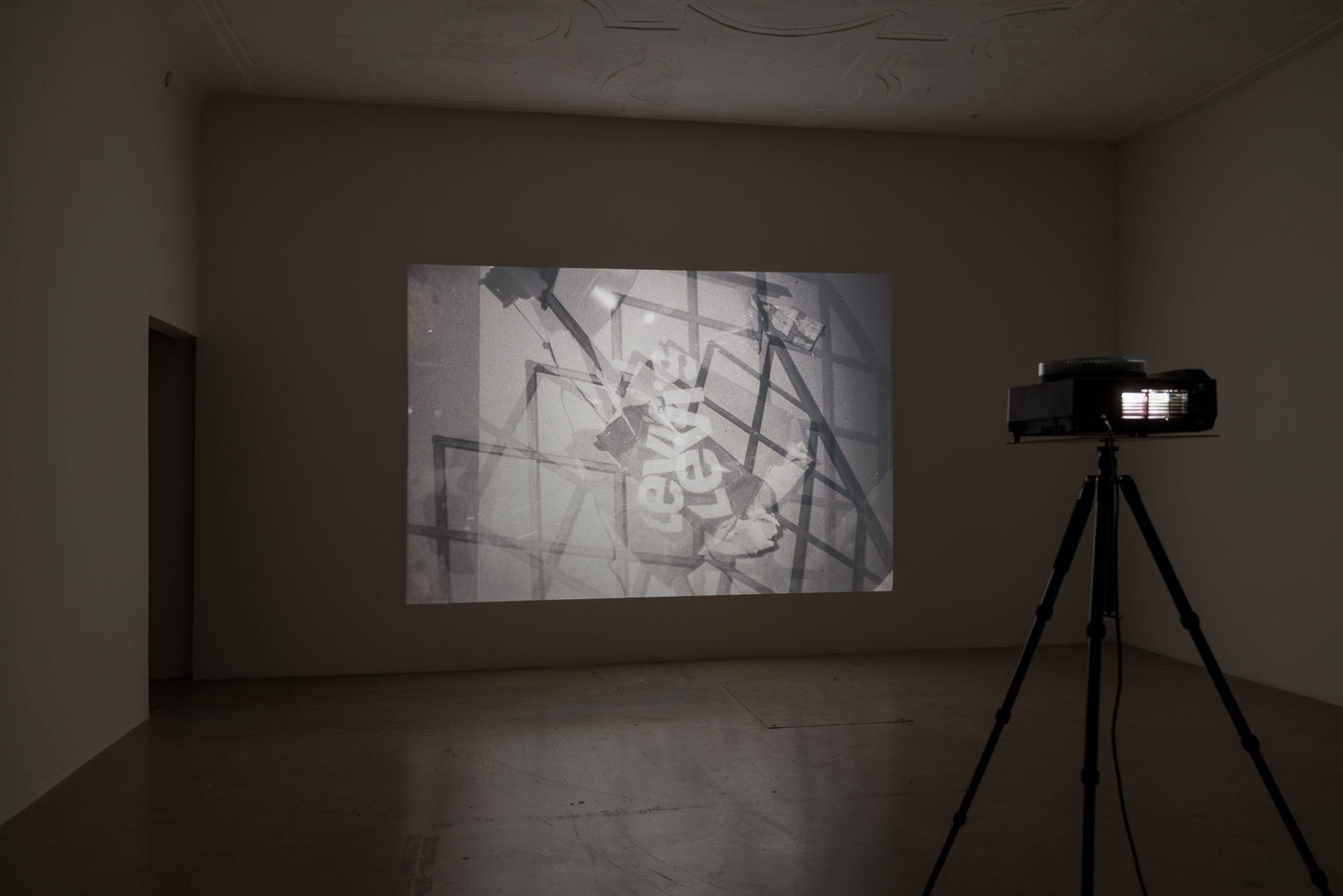
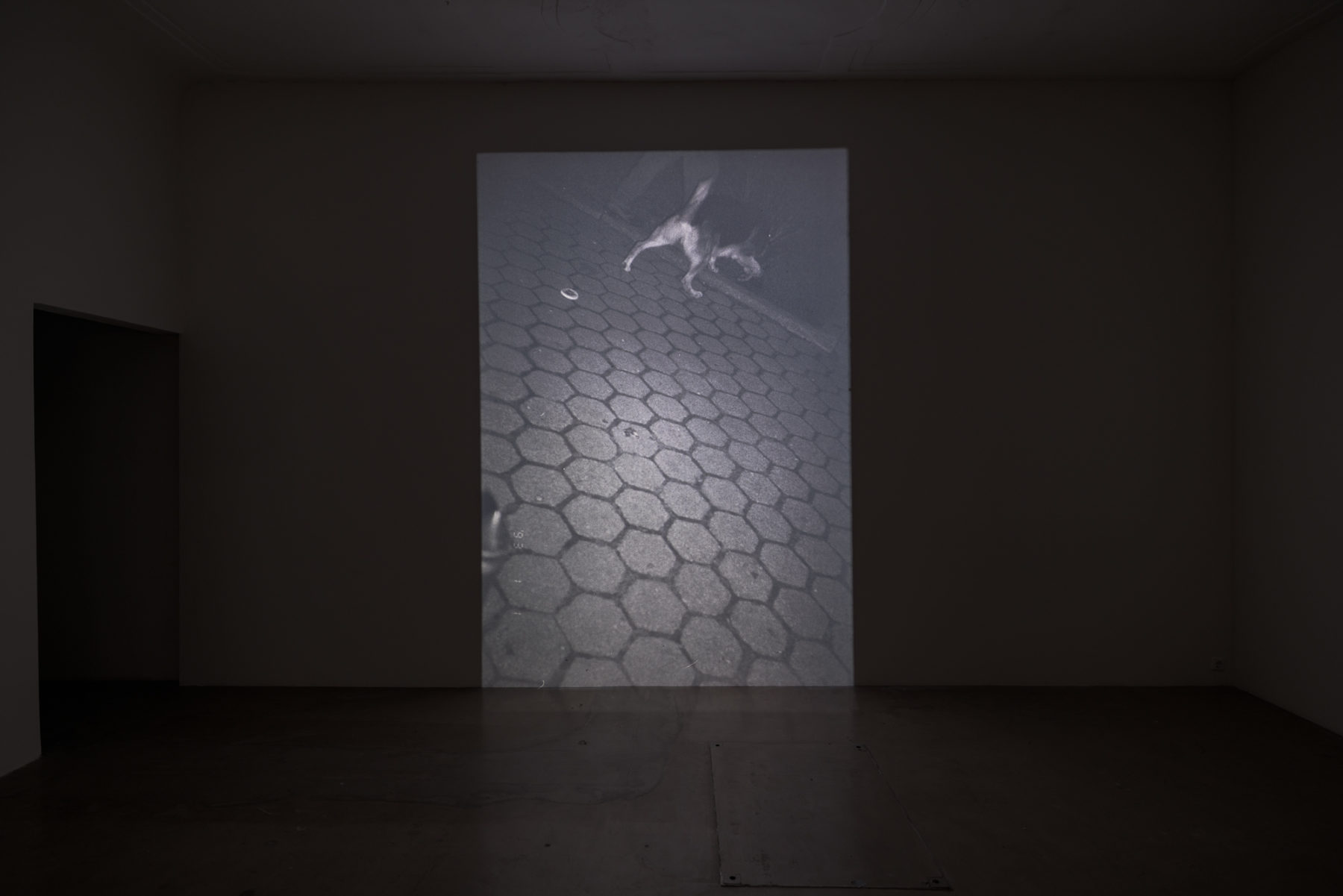
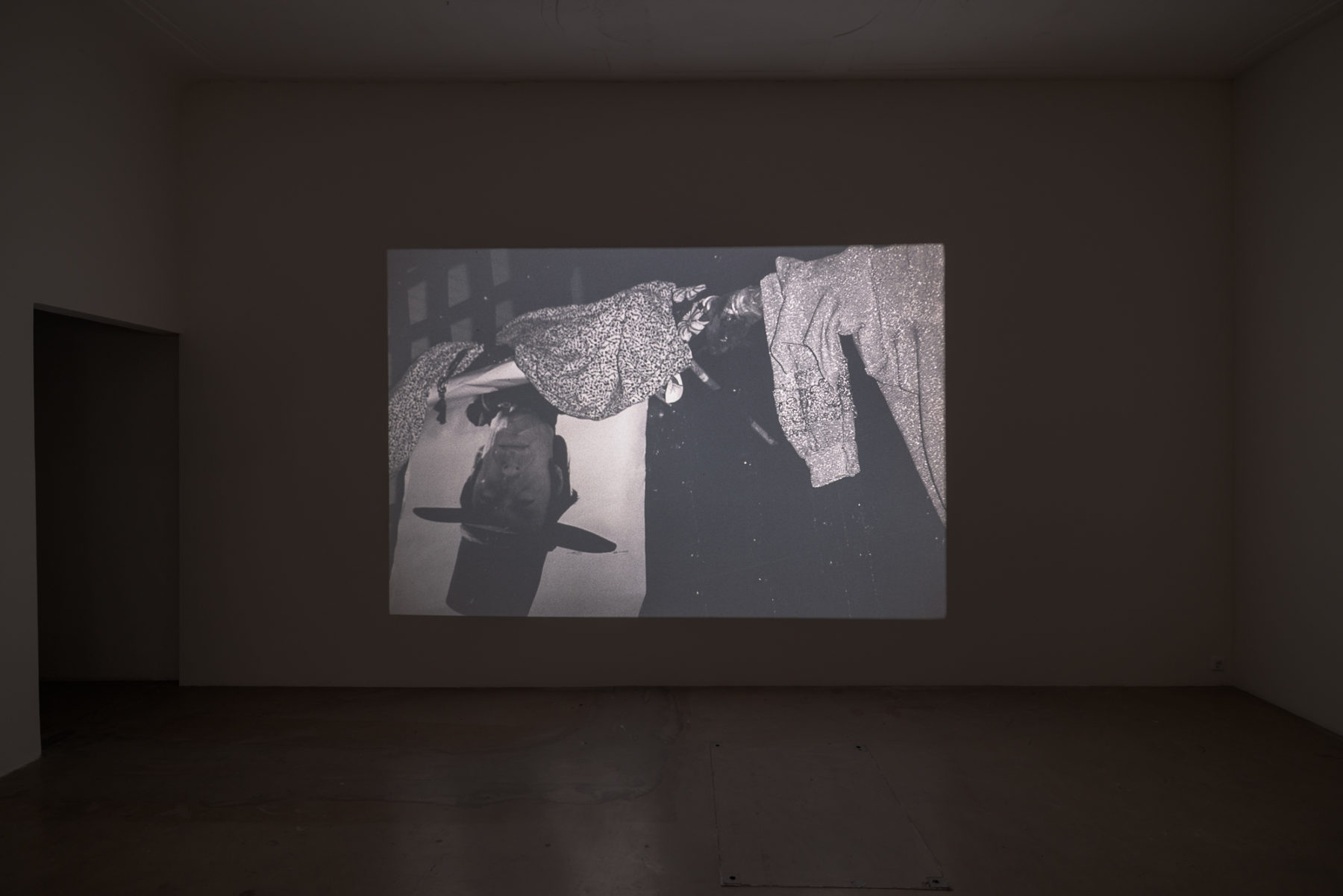
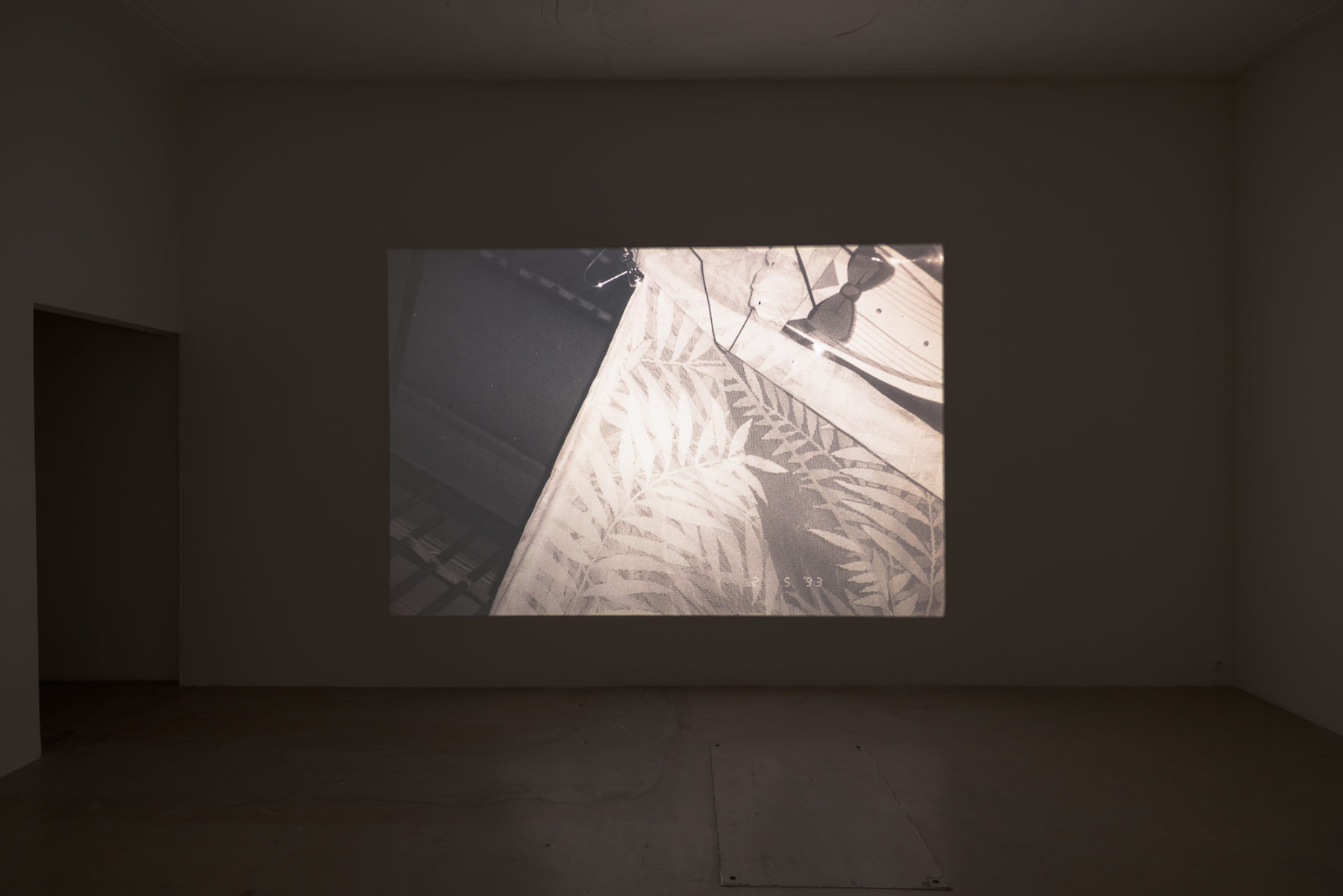
Ezio Gribaudo’s exhibition The Weight of the Concrete culminates with a series of events exploring the nexus of concrete poetry, publishing, graphic design, typography, feminism, and performance, inspired by Gribaudo and Adriano Spatola’s pioneering publication Il Peso del Concreto (1968). The series marks the end of an exhibition and sets the stage for a forthcoming publication published by Axis Axis and Grazer Kunstverein and edited by Tom Engels and Lilou Vidal, revisiting Gribaudo’s legacy and intertwining his graphic work with new and historical poetry, slated for summer 2024 release.
Choreographer and filmmaker Eszter Salamon revisits John Cage’s Lecture on Nothing (1949), a piece she initially engaged with in 2010 through her choreography Dance for Nothing, which paired Cage’s words with her movement. This time, Salamon leaves the physical movements behind, focusing on the sonic aspect of this seminal lecture on nothingness, void, and composition. She adds depth by repeating the lecture after a slowed-down recording by the American cellist and composer Frances-Marie Uitti, creating an auditory exploration of interpretation and transmission. Salamon’s fusion of body, voice, and score sets the framework for a meditation on nothingness amongst Gribaudo’s achromatic, seemingly silent works.
ESZTER SALAMON is a choreographer, artist and performer living between Berlin, Paris, and Budapest. Salamon uses choreography as an activating and organizing agency between various media such as image, sound, music, text, voice, bodily movement and actions. Since 2001 she has created solos and large scale performances, performative installations, and films that have been presented in performing arts venues and museums internationally, including Centre Pompidou, Paris; MoMA, New York City; Museo Reina Sofía, Madrid; MACBA Museu d’Art Contemporani de Barcelona, Barcelona; Serralves Foundation, Porto; Akademie der Künste, Berlin; mumok, Vienna; Kunstinstituut Melly, Rotterdam; Museo Centro Gaiás, Santiago de Compostela; Fondation Cartier, Paris; Museum der Moderne Salzburg, Salzburg; Villa Empain – Boghossian Foundation, Brussels; ING Art Center, Brussels; and KINDL, Berlin. Her exhibition Eszter Salamon 1949 (2014) was presented at Jeu de Paume, Paris, as part of Satellite curated by Nataša Petrešin-Bachelez. Her performative installation Study for the Valeska Gert Pavilion was presented at the 16th Lyon Biennale of Contemporary Art 2022. Her most recent film Sommerspiele (2023) premiered at Akademie der Künst, Berlin, and was presented during Hors Pistes 2024 at Centre Pompidou.

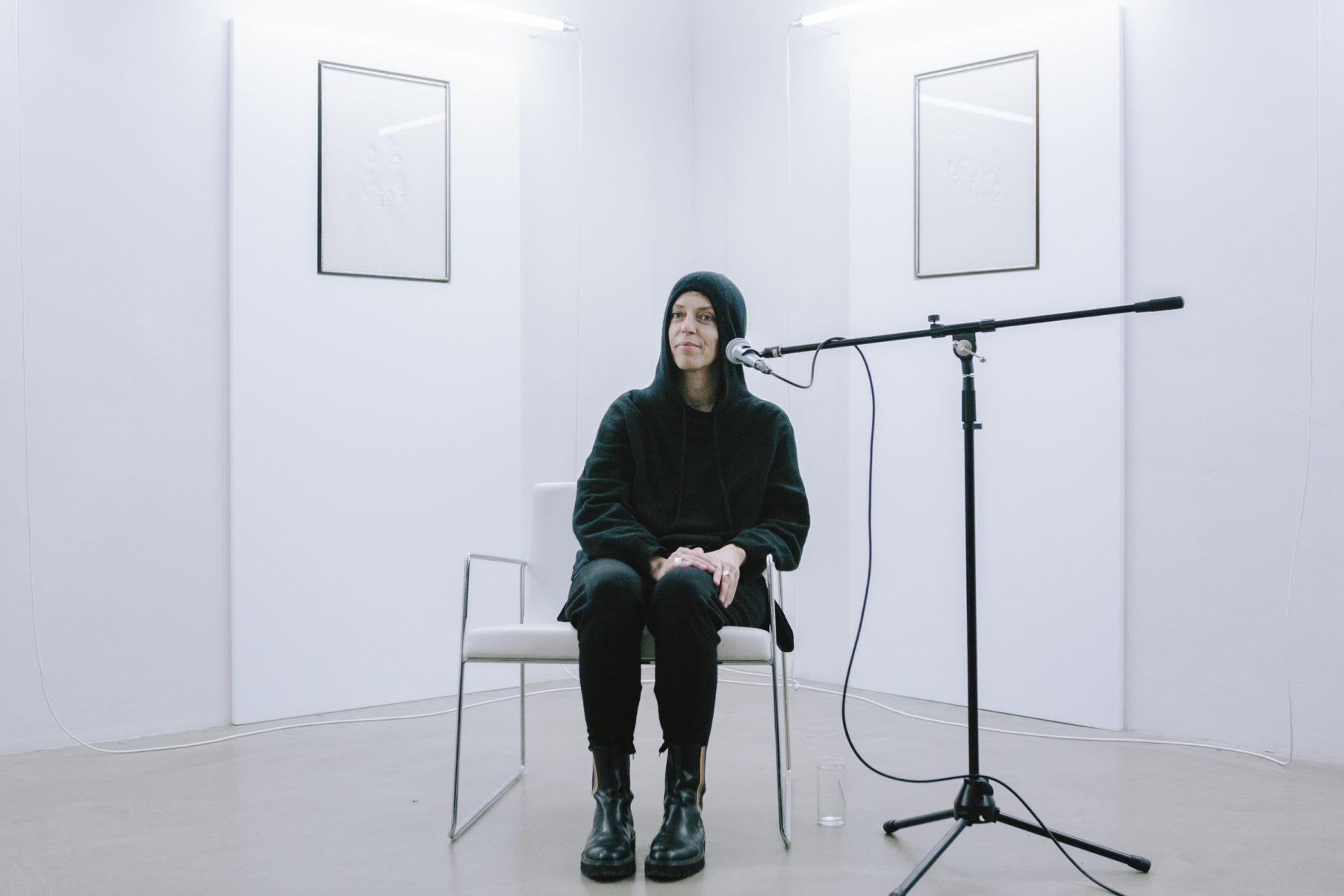
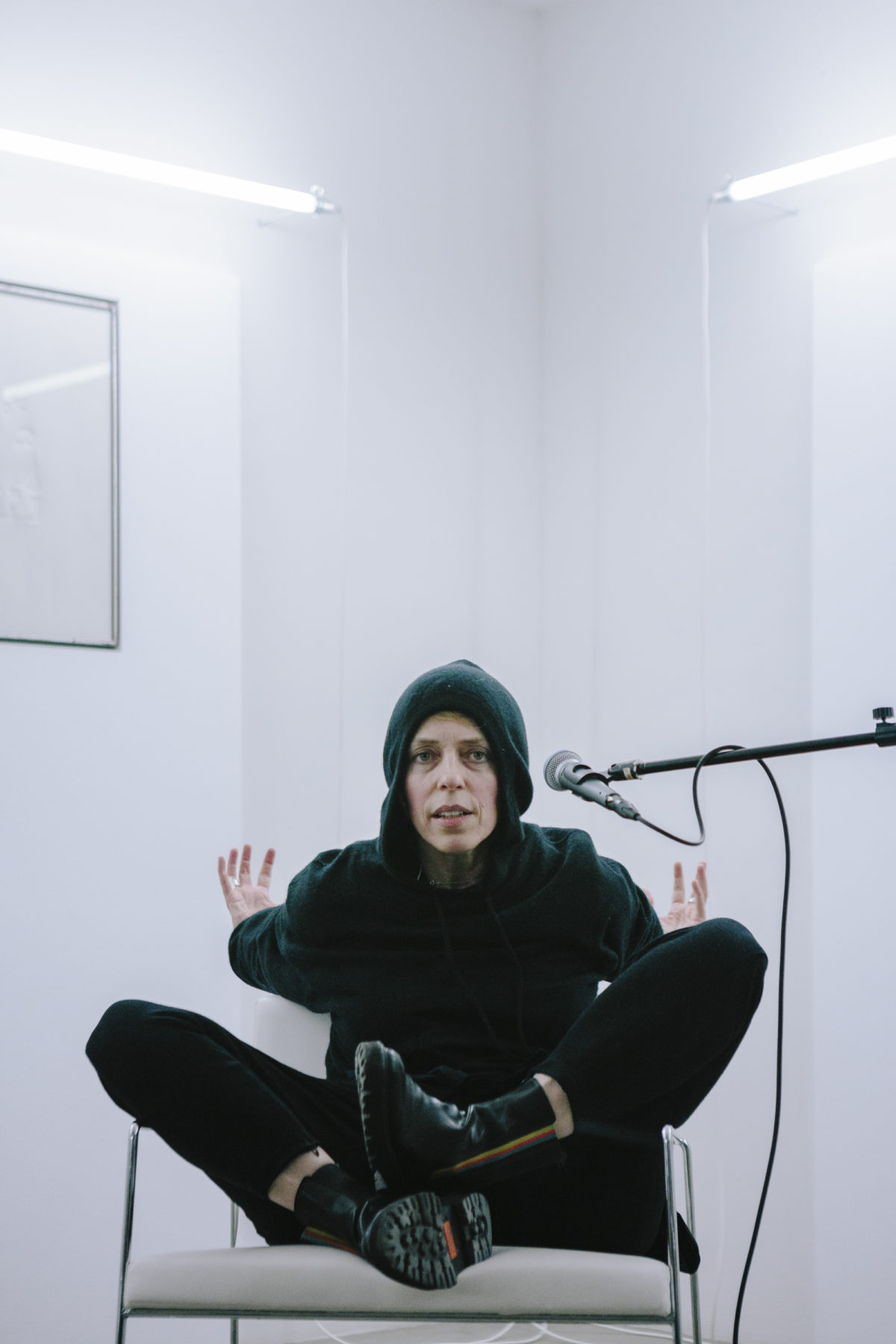
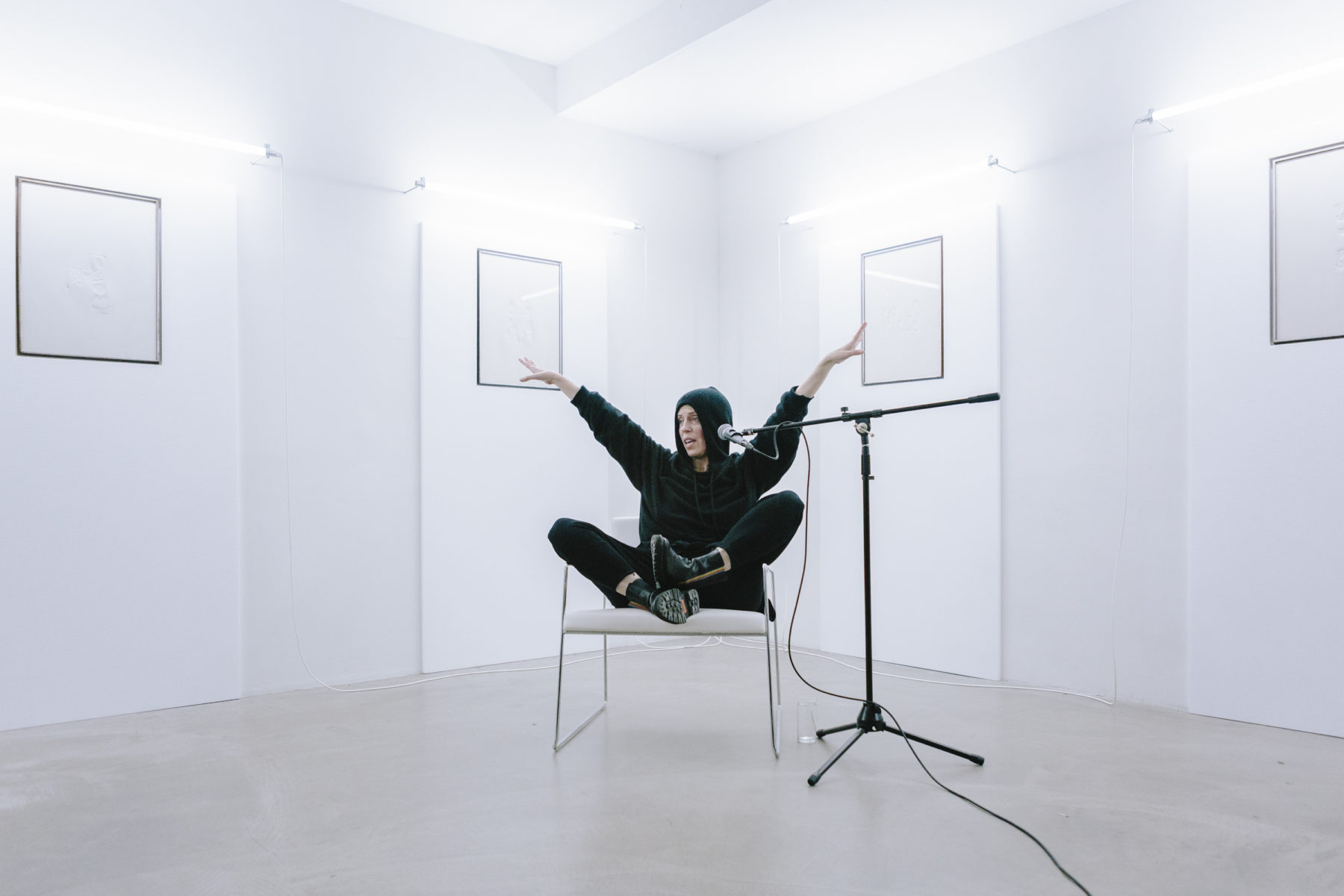
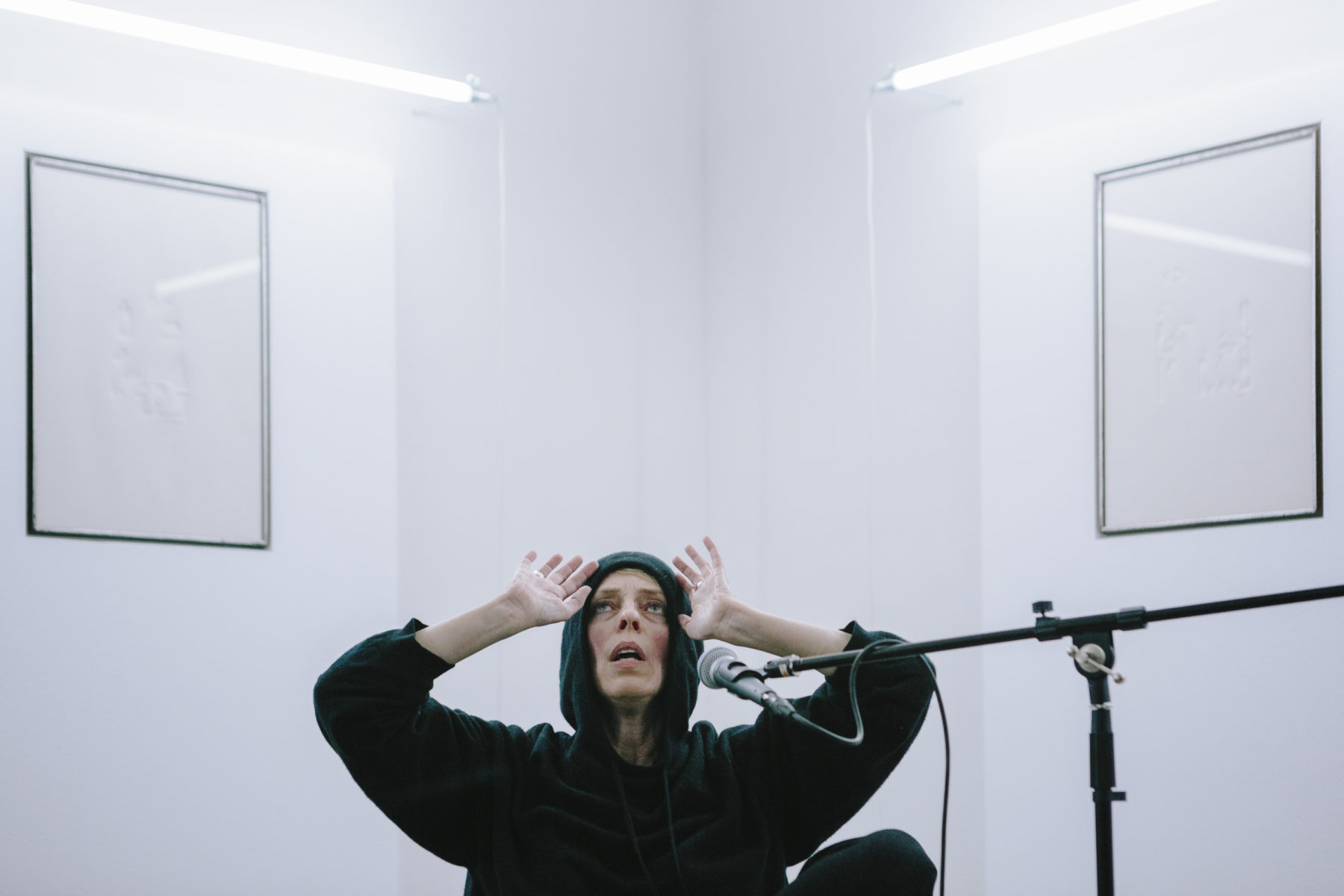
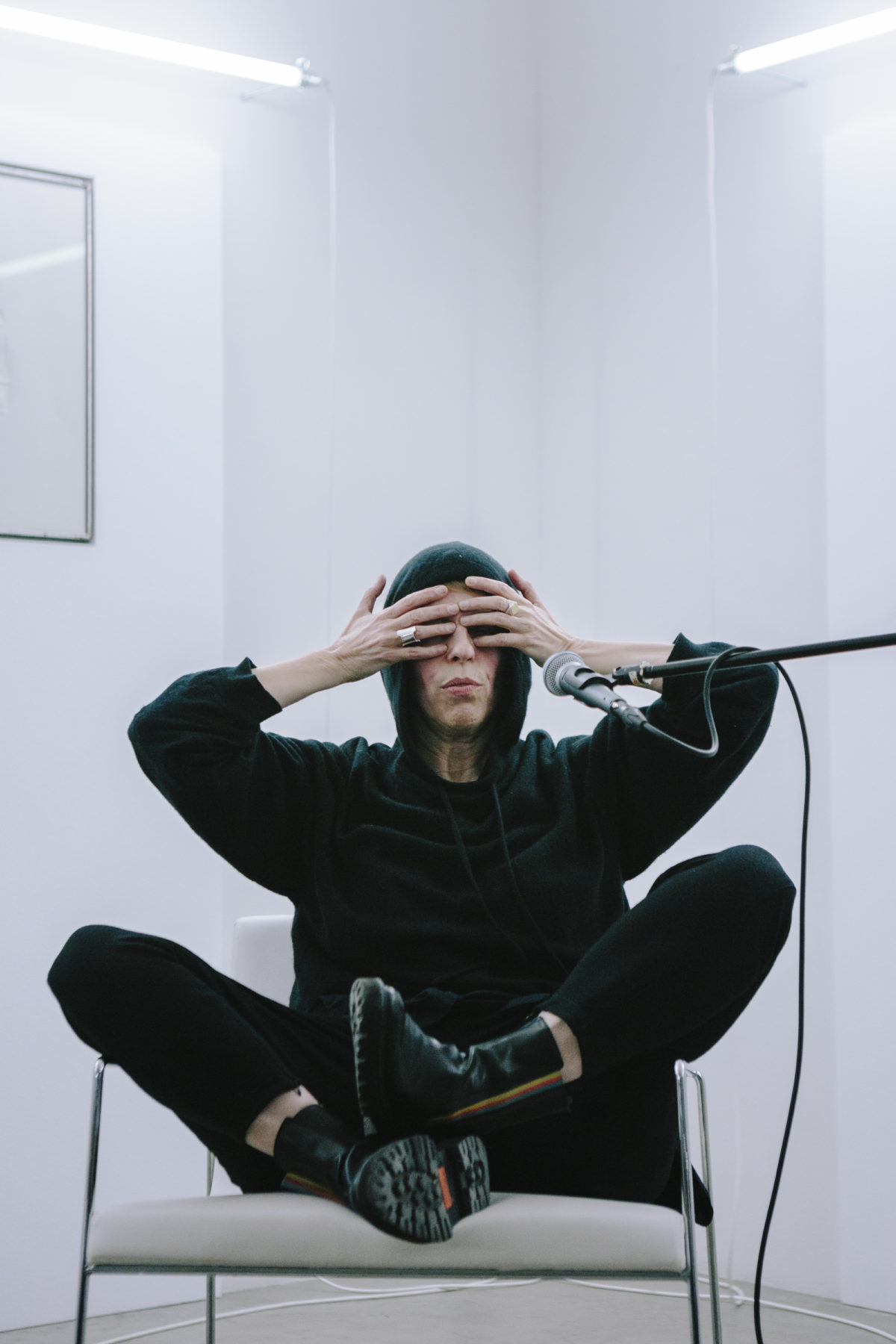
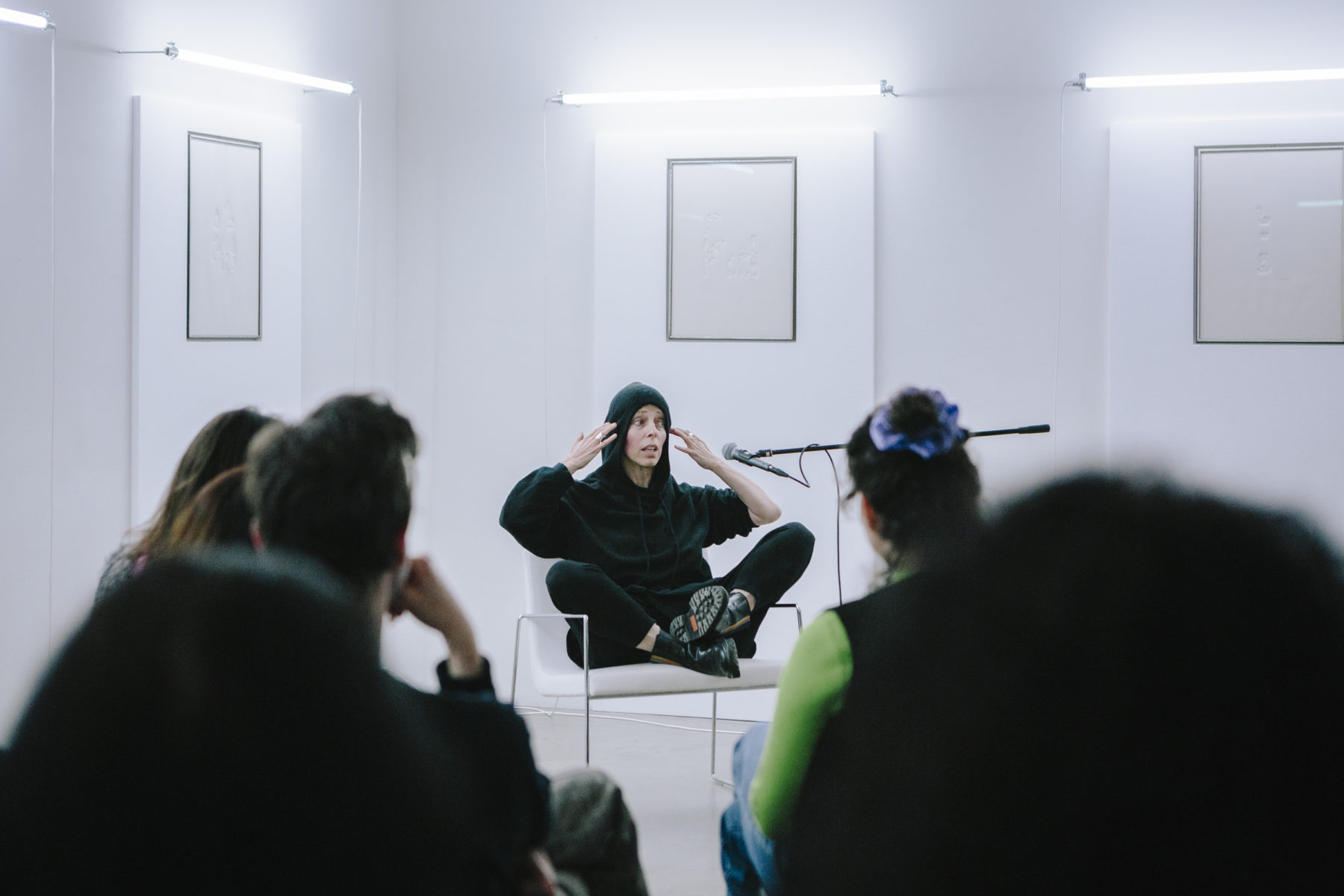
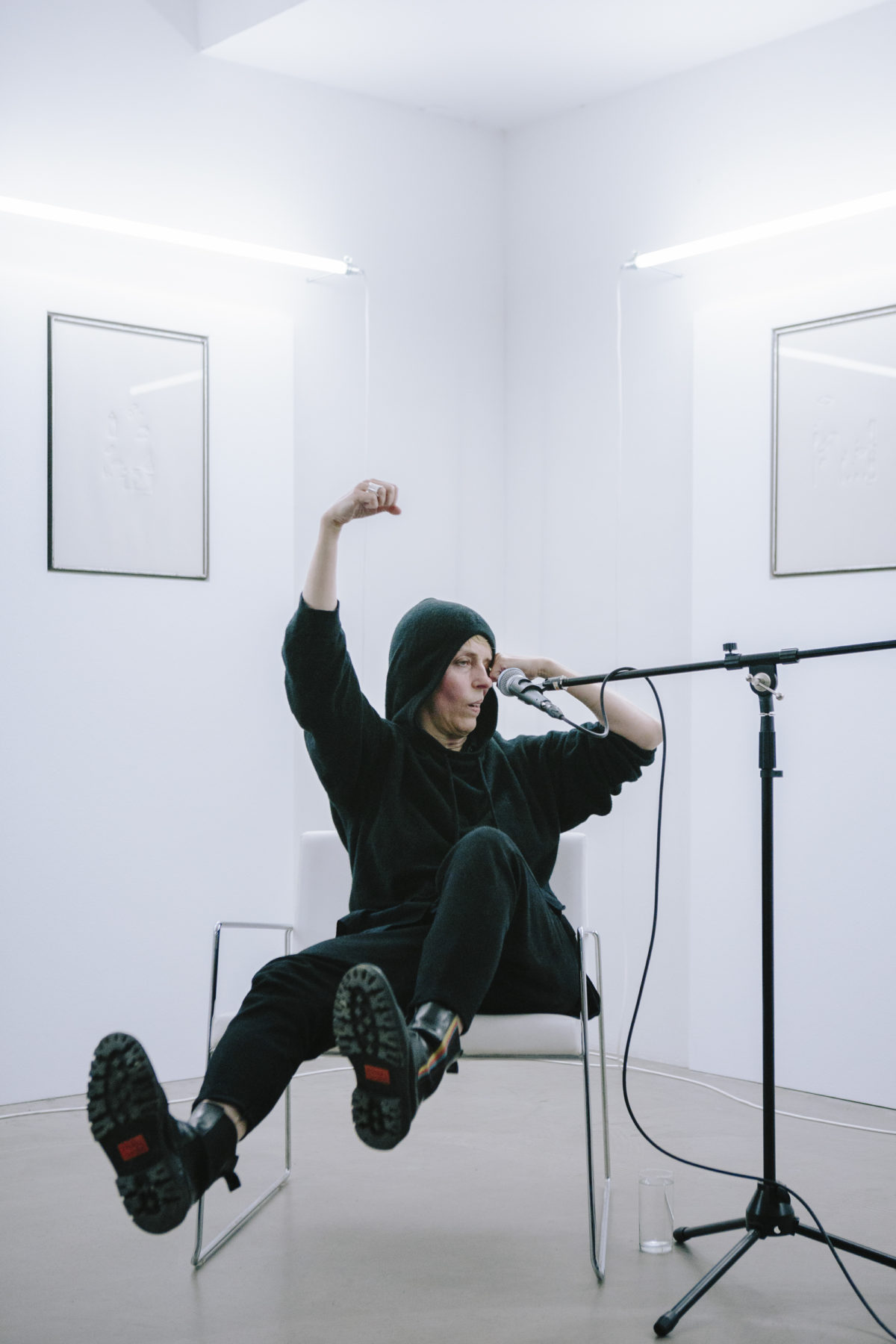
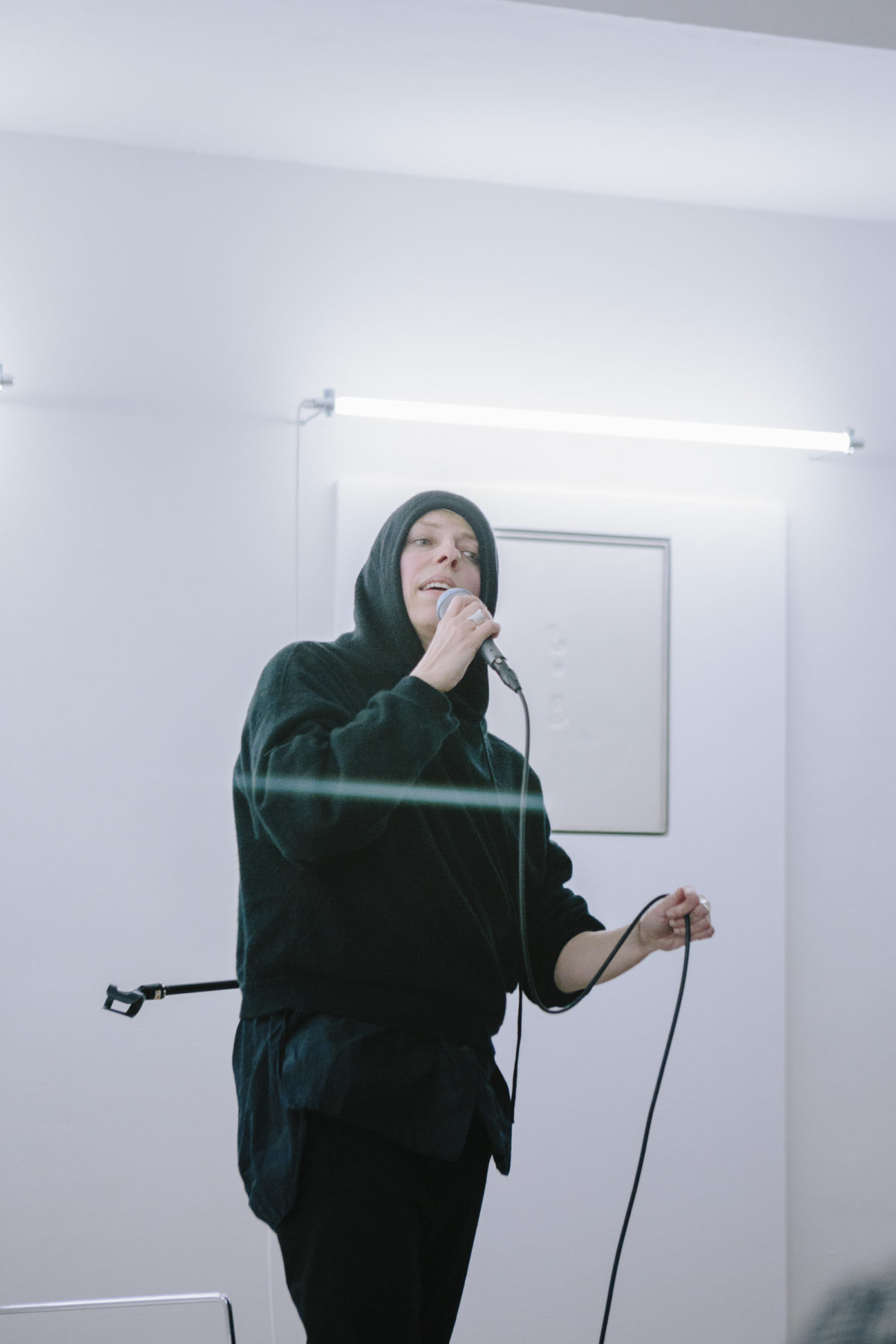
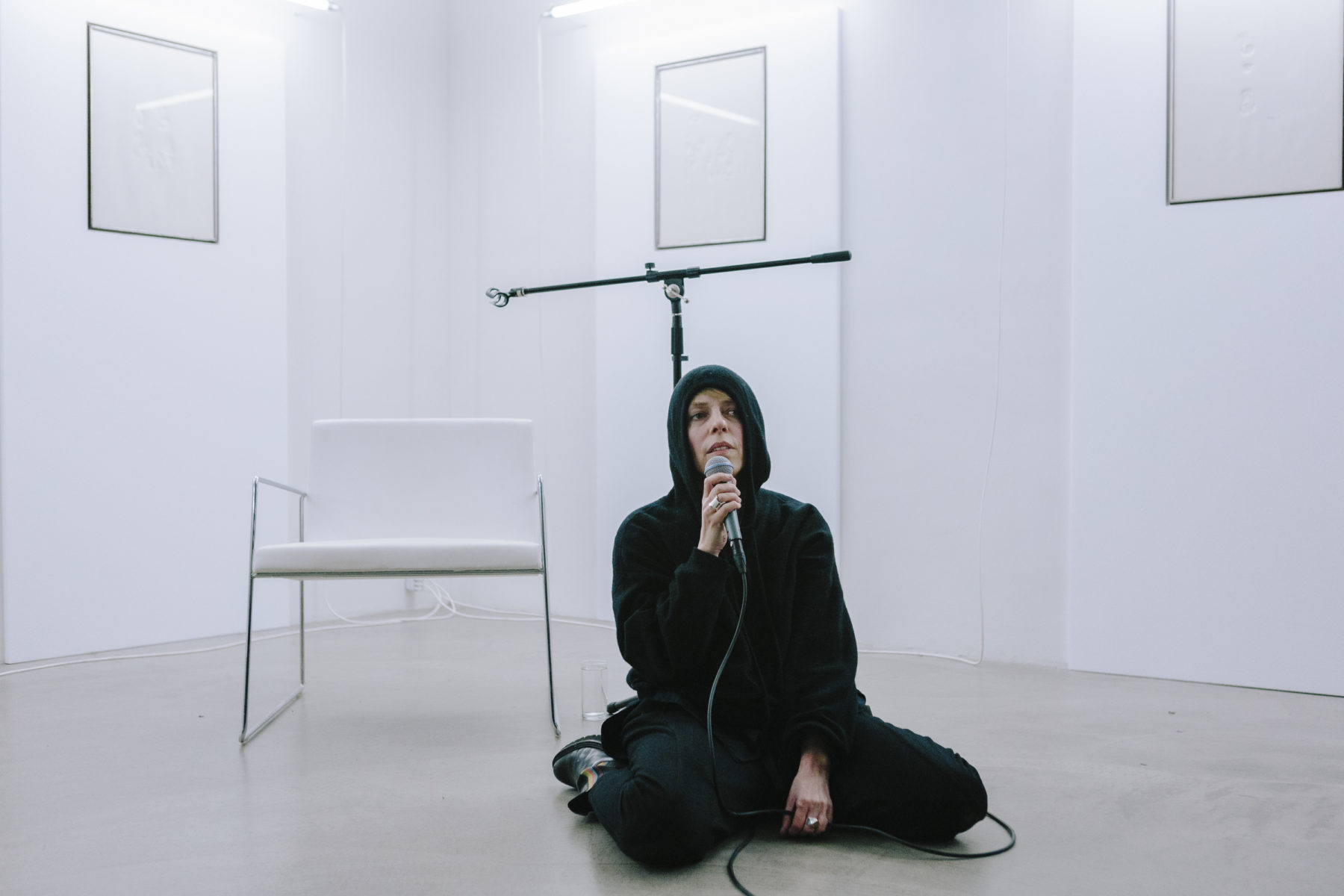
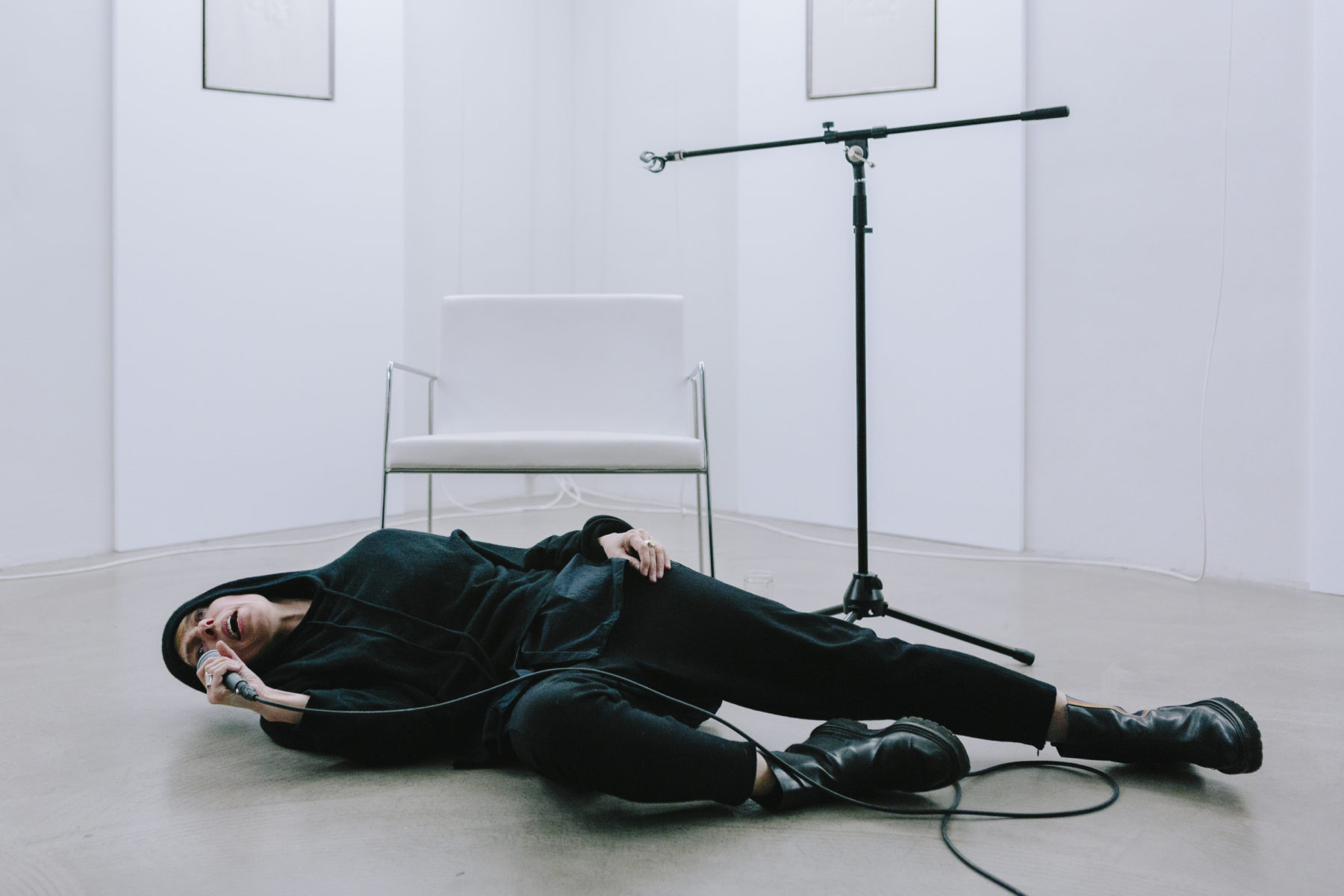
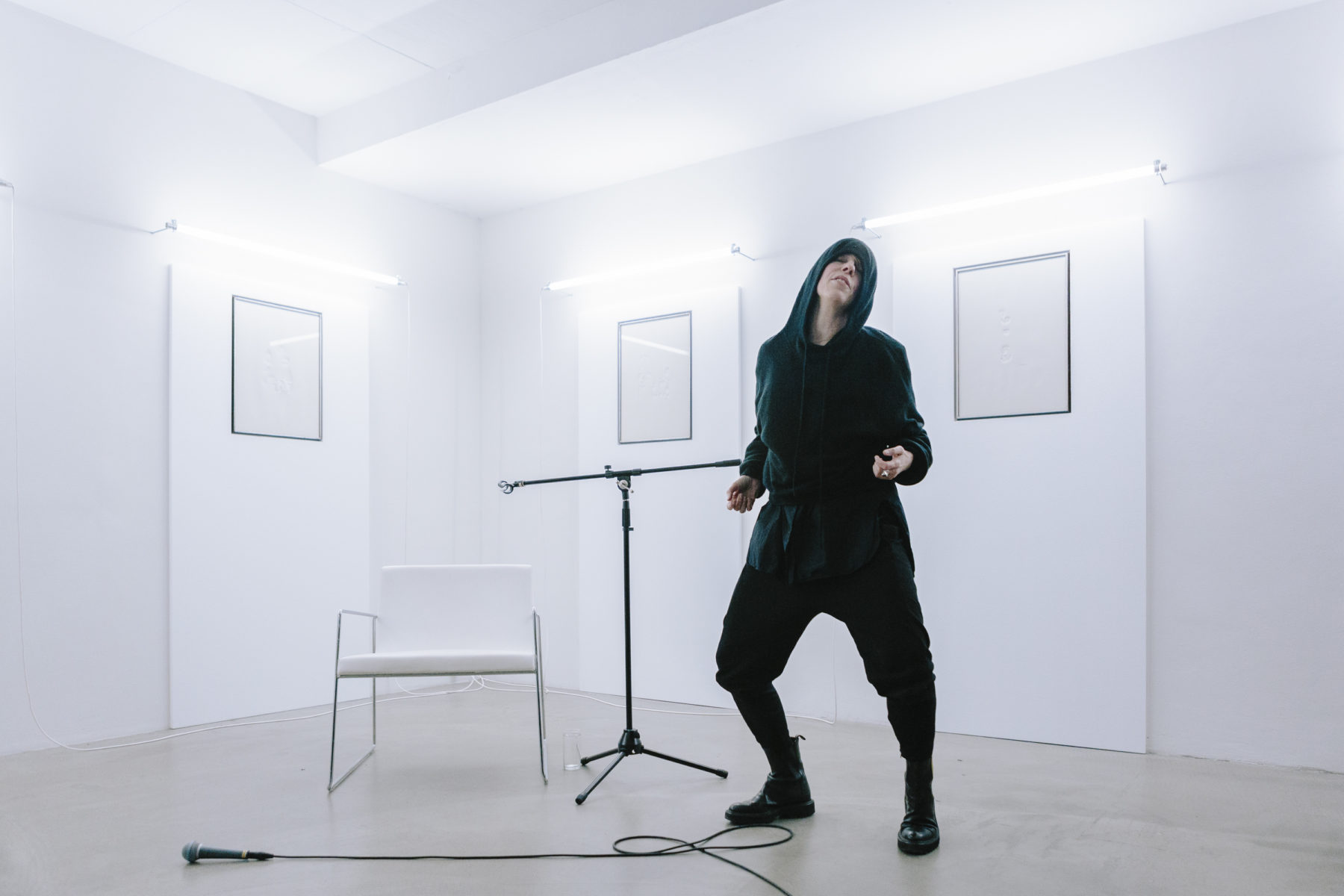
Ezio Gribaudo’s exhibition The Weight of the Concrete culminates with a series of events exploring the nexus of concrete poetry, publishing, graphic design, typography, feminism, and performance, inspired by Gribaudo and Adriano Spatola’s pioneering publication Il Peso del Concreto (1968). The series marks the end of an exhibition and sets the stage for a forthcoming publication published by Axis Axis and Grazer Kunstverein and edited by Tom Engels and Lilou Vidal, revisiting Gribaudo’s legacy and intertwining his graphic work with new and historical experimental poetry, slated for summer 2024 release.
Andrea di Serego Alighieri will focus on the distinct recto/verso format of Il Peso del Concreto [The Weight of the Concrete], as the book presents a unique duality: one side of the page showcases Gribaudo’s artwork, while the opposite side features an anthology of concrete poetry composed by the poet Spatola. As a response to this anthology, he will explore the work of Italian poet Amelia Rosselli (1930–1996) and examine her unique perspective on writing as both a graphic and bodily act of inscription and decipherment, an interplay she described as a fusion of “muscular movements and mental forms.” He will shed light on how this concept of physical inscription resonates with Gribaudo’s Logogrifi, discussing the tangible and performative dimensions of the page, extending it to his research on embossed squeeze papers used in epigraphy to archive inscriptions from antiquity.
ANDREA DI SEREGO ALIGHIERI (b. 1988, Italy) is a writer, editor and typographer based in Brussels. He studied Graphic Design at the Gerrit Rietveld Academie and Comparative Literature at the University of Amsterdam. Between 2014/2015 he was a researcher at the Jan van Eyck Academie. He is the co-editor of “Resistance” by Lyn Hejinian (uh books, 2019) and translator of Simone Forti’s L’orso allo specchio (Kunstverein Publishing & Galleria Raffaella Cortese, 2020). Recently, he co-edited and authored Glossator 11 (Open Humanities Press, 2021), FR DAVID “Take, Eat” (KW Institute for Contemporary Art & uh books, 2022) with Will Holder, and is the editor and translator of A Talk on Metrical Spaces by Amelia Rosselli (forthcoming for The Last Books). He is a lecturer in writing, typography and thesis tutor at the Royal Academy of Fine Arts in Antwerp, and a PhD candidate in Medieval & Modern Languages at the University of Oxford.

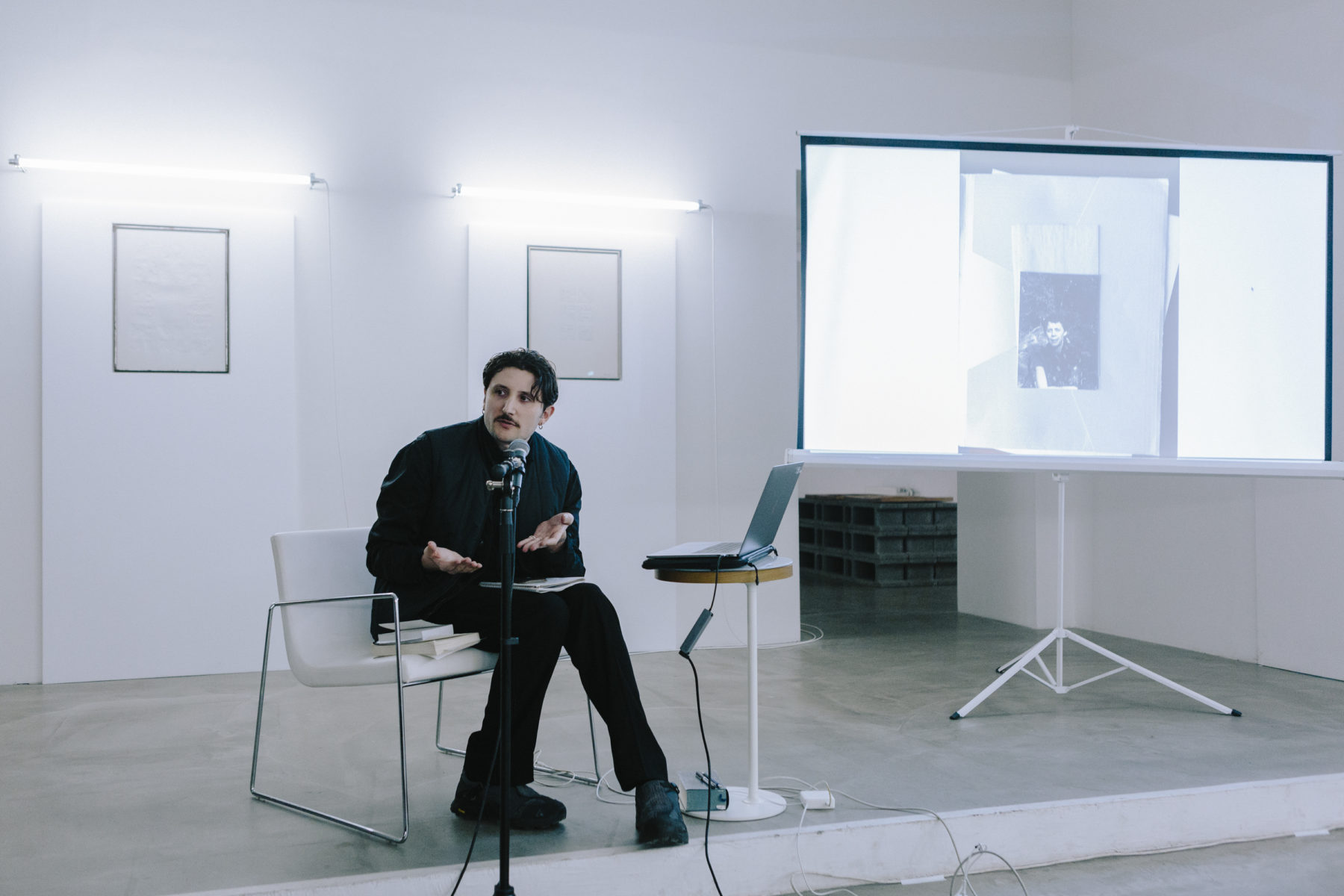
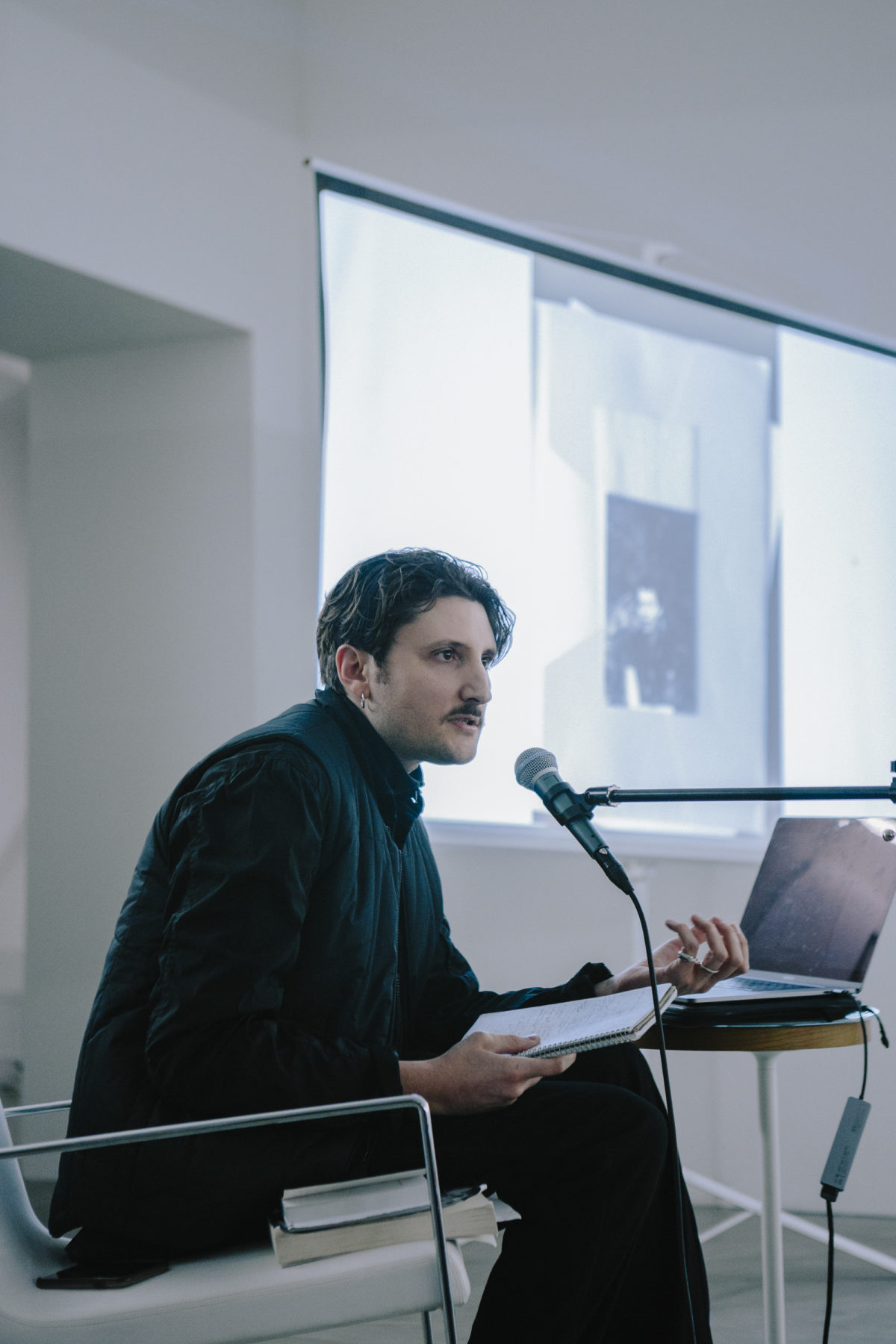
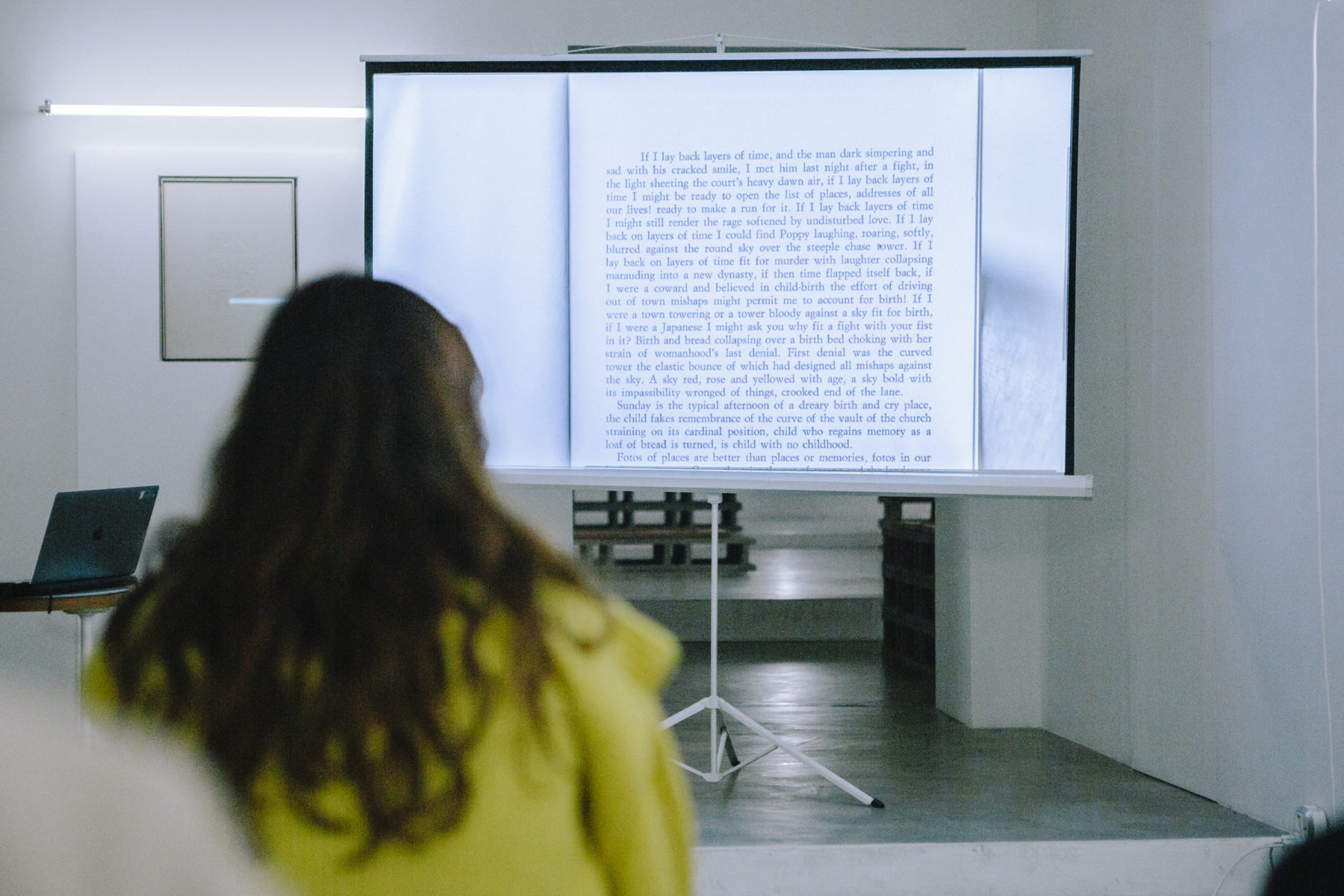
Ezio Gribaudo’s exhibition The Weight of the Concrete culminates with a series of events exploring the nexus of concrete poetry, publishing, graphic design, typography, feminism, and performance, inspired by Gribaudo and Adriano Spatola’s pioneering publication Il Peso del Concreto (1968). The series marks the end of an exhibition and sets the stage for a forthcoming publication published by Axis Axis and Grazer Kunstverein and edited by Tom Engels and Lilou Vidal, revisiting Gribaudo’s legacy and intertwining his graphic work with new and historical experimental poetry, slated for summer 2024 release.
In their upcoming talk, Mónica de la Torre and Alex Balgiu will present their 2020 publication, Women in Concrete Poetry: 1959-1979, an influential anthology that assembles concrete poems by women from the early stages of this avant-garde movement. This comprehensive collection highlights the contributions of 50 writers and artists from Europe, Japan, Latin America, and the United States, demonstrating how they challenged traditional conventions of genre, gender roles, and the patriarchal constraints on language and syntax. De la Torre and Balgiu will delve into the process behind compiling this anthology and share their personal reflections on the making of this publication, drawing from their experiences as poet, designer, and bibliophile, illuminating the collective endeavor to redefine poetry’s boundaries.
MÓNICA DE LA TORRE is the author of six books of poetry, of which the most recent, Repetition Nineteen (Nightboat), centers on experimental translation. Other collections include The Happy End/All Welcome (Ugly Duckling Presse)—a riff on a riff on Kafka’s Amerika—and Public Domain. Several of her books have been published in Mexico, among them Acúfenos and Taller de Taquimecanografía, written jointly with the eponymous women artists’ collective she co-founded. Recent art writing focuses on Cecilia Vicuña’s Palabrarmas series, Felix Gonzalez-Torres’s Photostats, and Ulises Carrión’s bookworks. She coedited Women in Concrete Poetry: 1959–79 (Primary Information) with Alex Balgiu. She is the recipient of the 2022 Foundation for Contemporary Arts C.D. Wright Award for Poetry and a 2022 Creative Capital grant and teaches poetry at Brooklyn College.
ALEX BALGIU is an educator, designerwriter and bookgatherer about the age of a Heidelberg GTO 52 press. Concerned with designing spaces for collective creativity and experimenting with various modes of transmission, you can catch him reading, playing and disseminating in Lausanne (Écal), Paris (Doc & Pca), Kyoto (Villa Kujoyama) or the bookshop next door. Or you can pick up Women in Concrete Poetry: 1959-79, a collection of outstanding concrete poems by women edited together with Mónica de la Torre (NY: Primary Information, 2020). Do you love books too much? Then join Bibliomania, an ongoing series of editorial puppet shows created with Olivier Lebrun, touring around the world. Currently learning from the forest and the river.
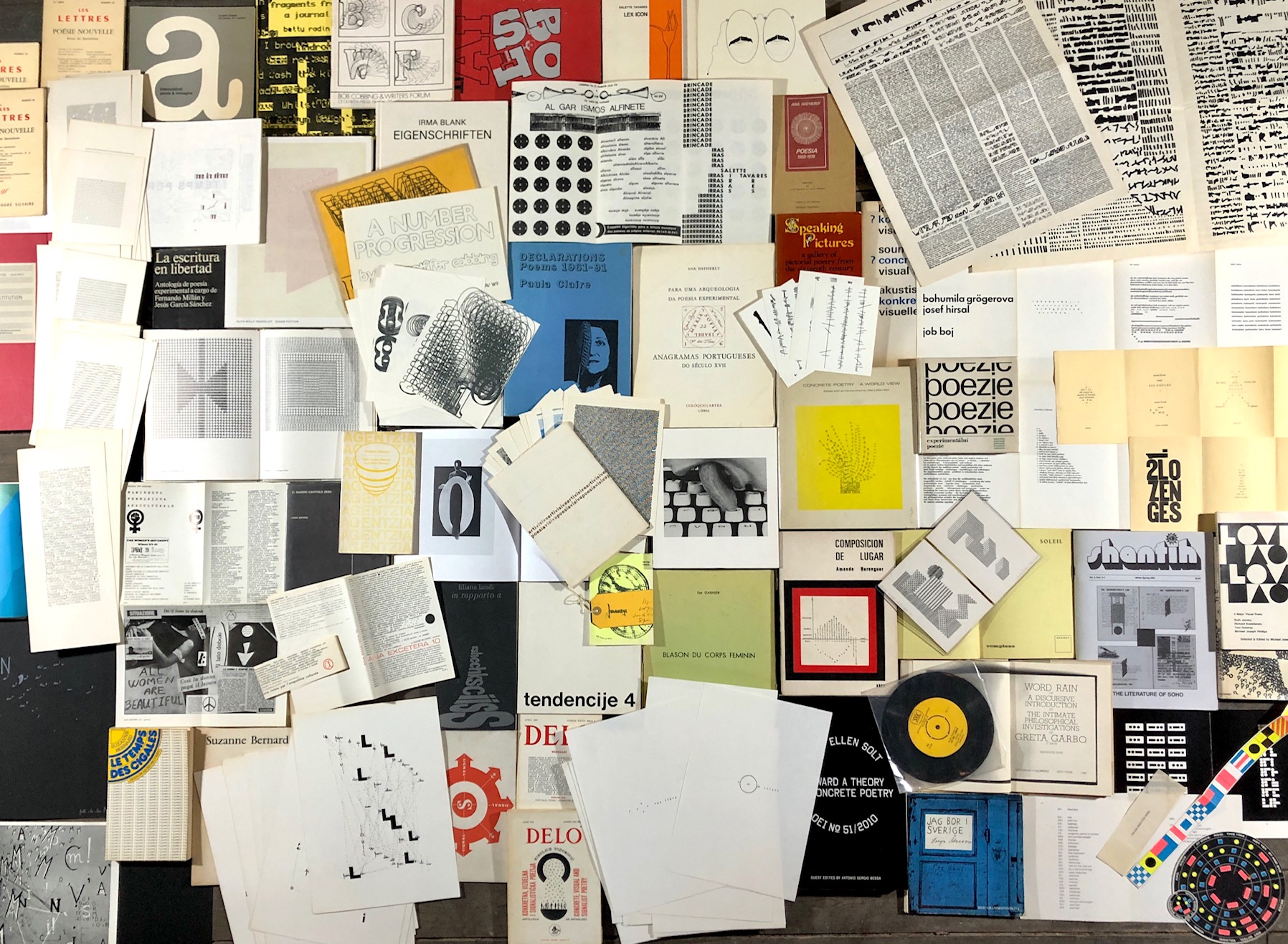
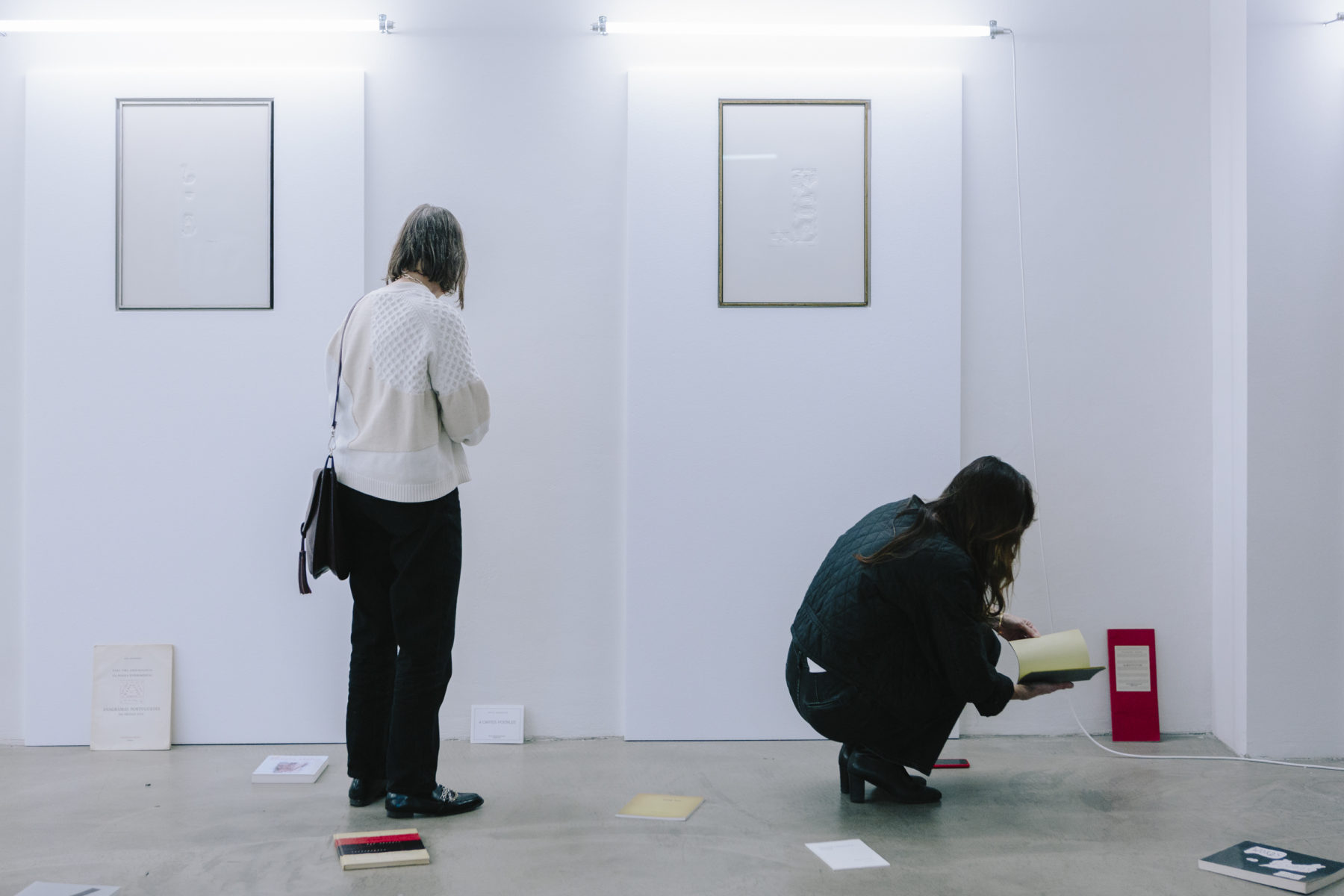
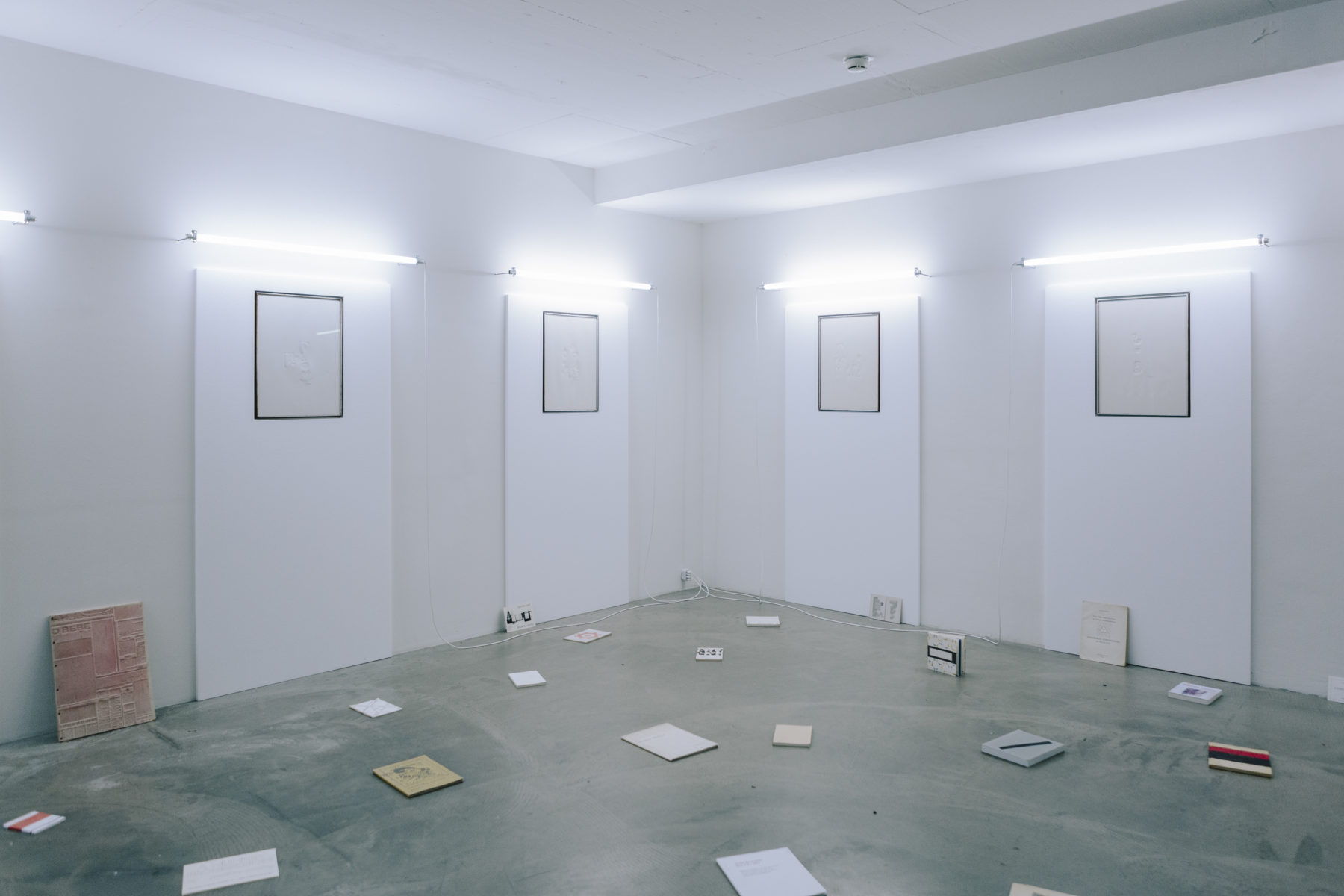
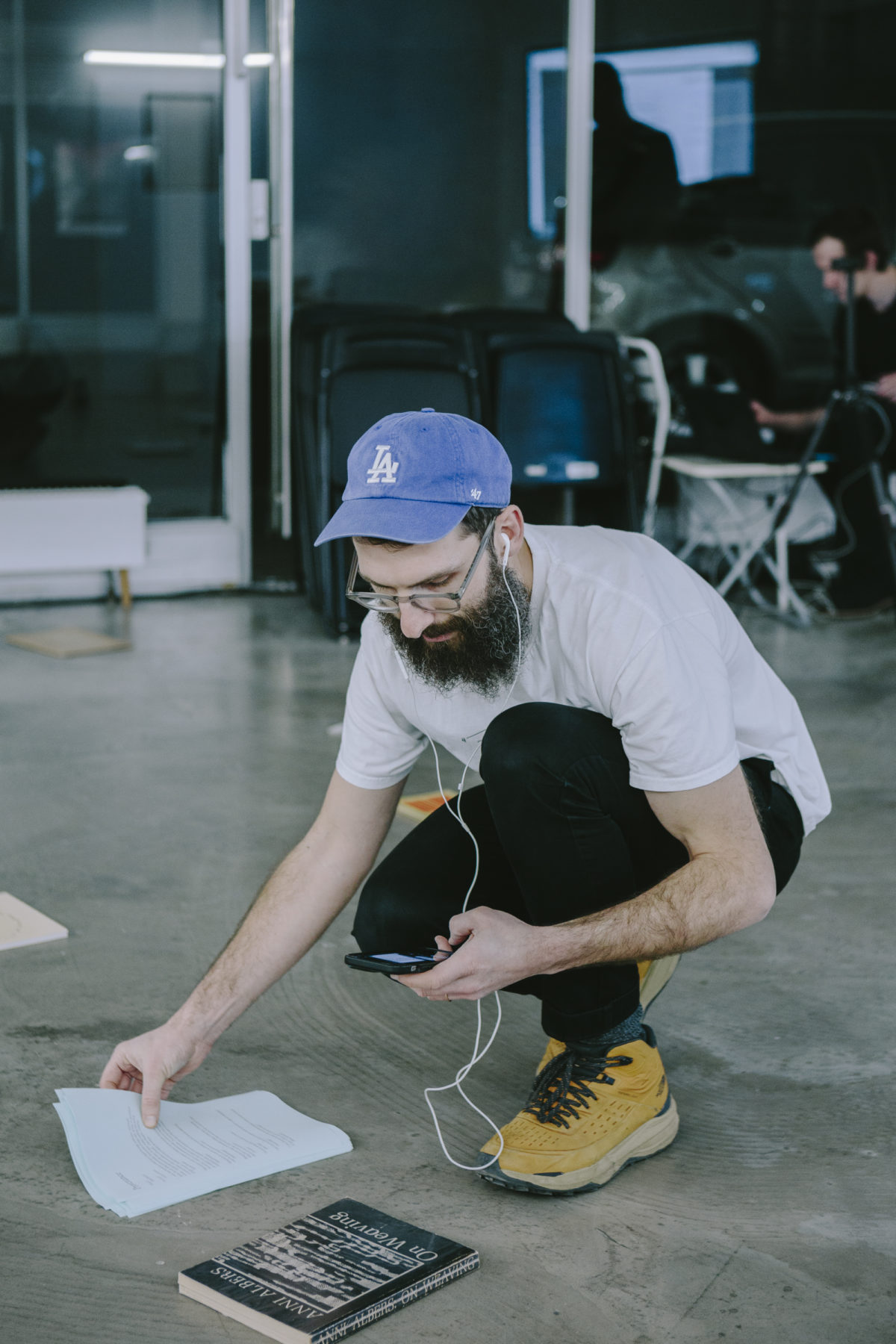
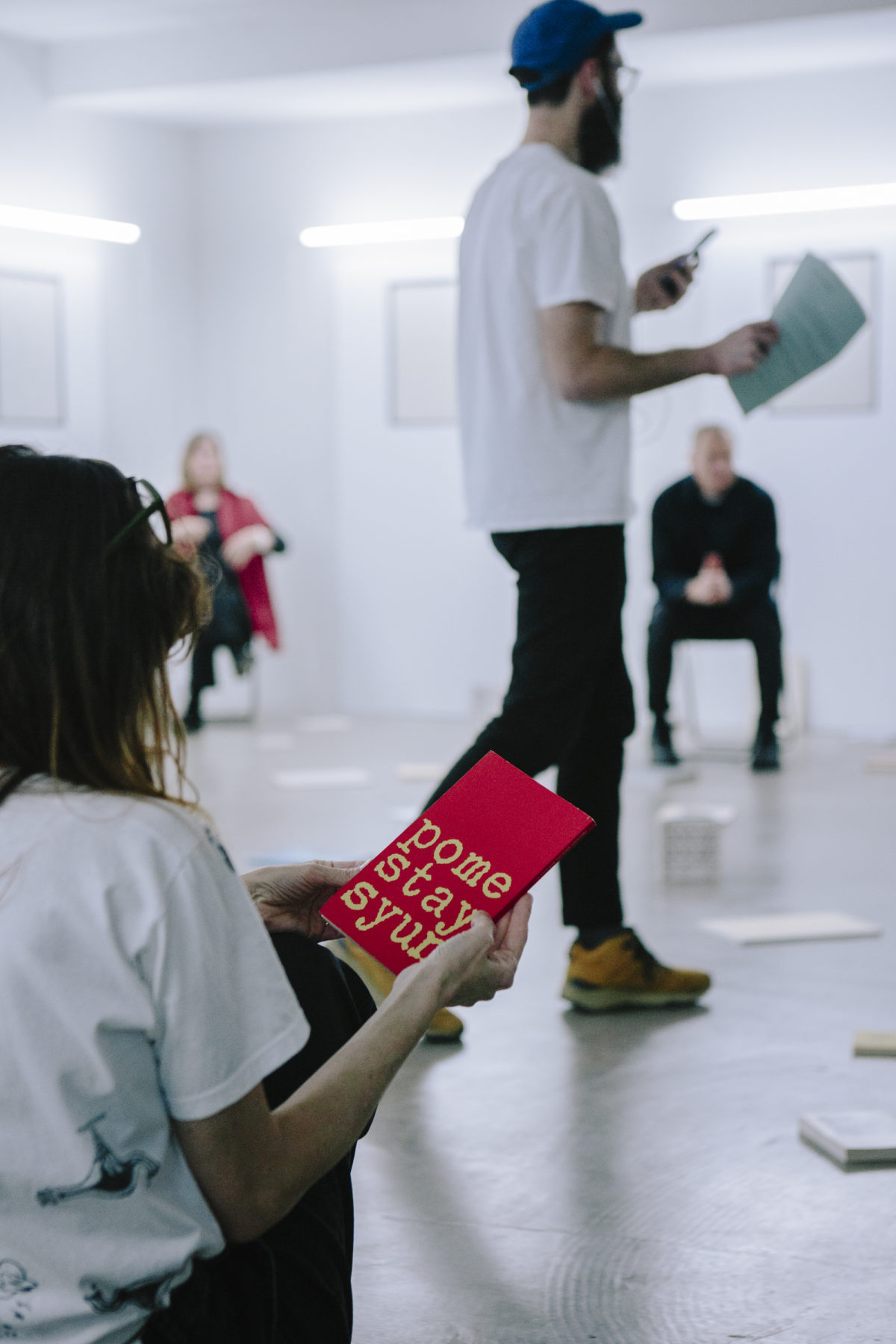
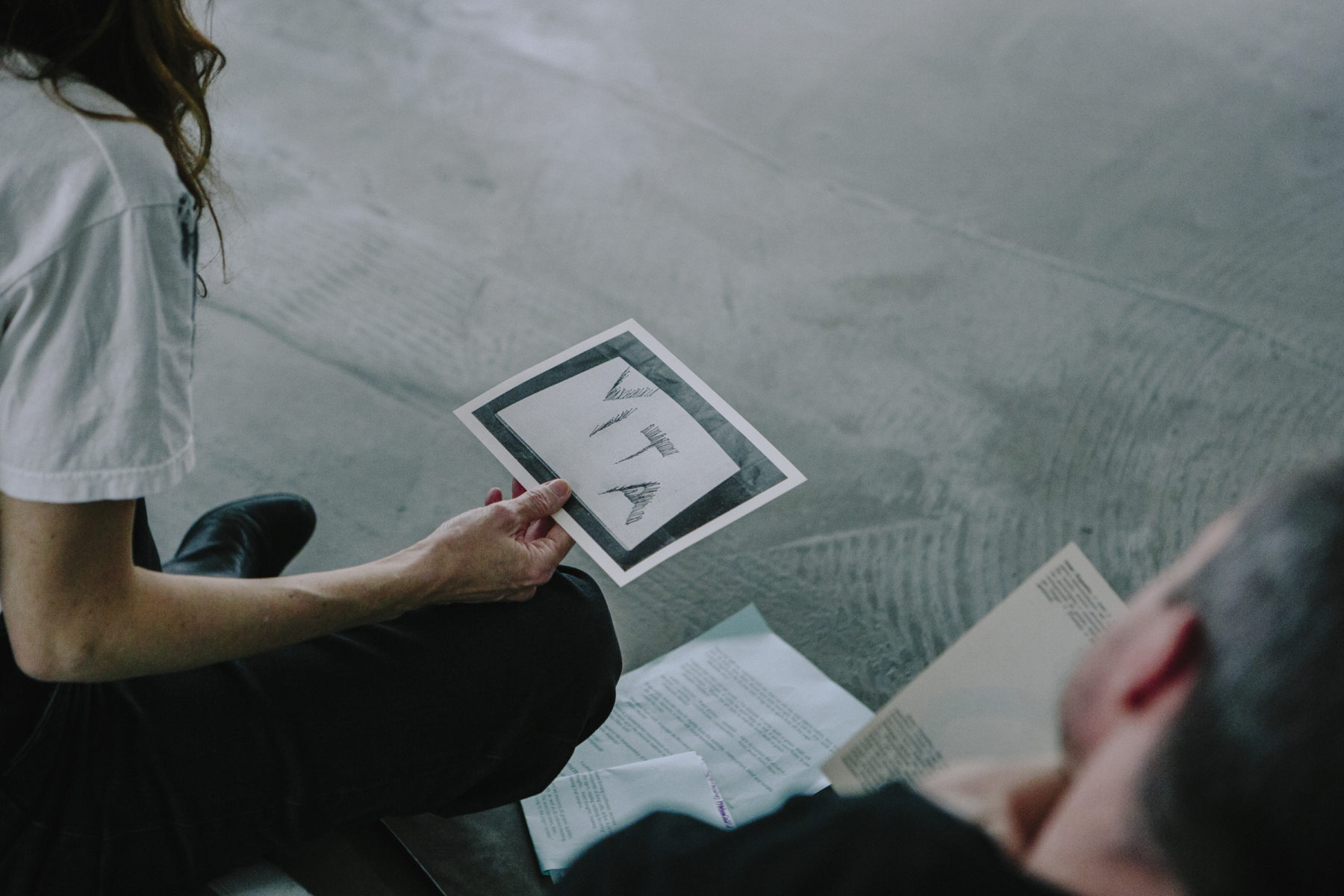
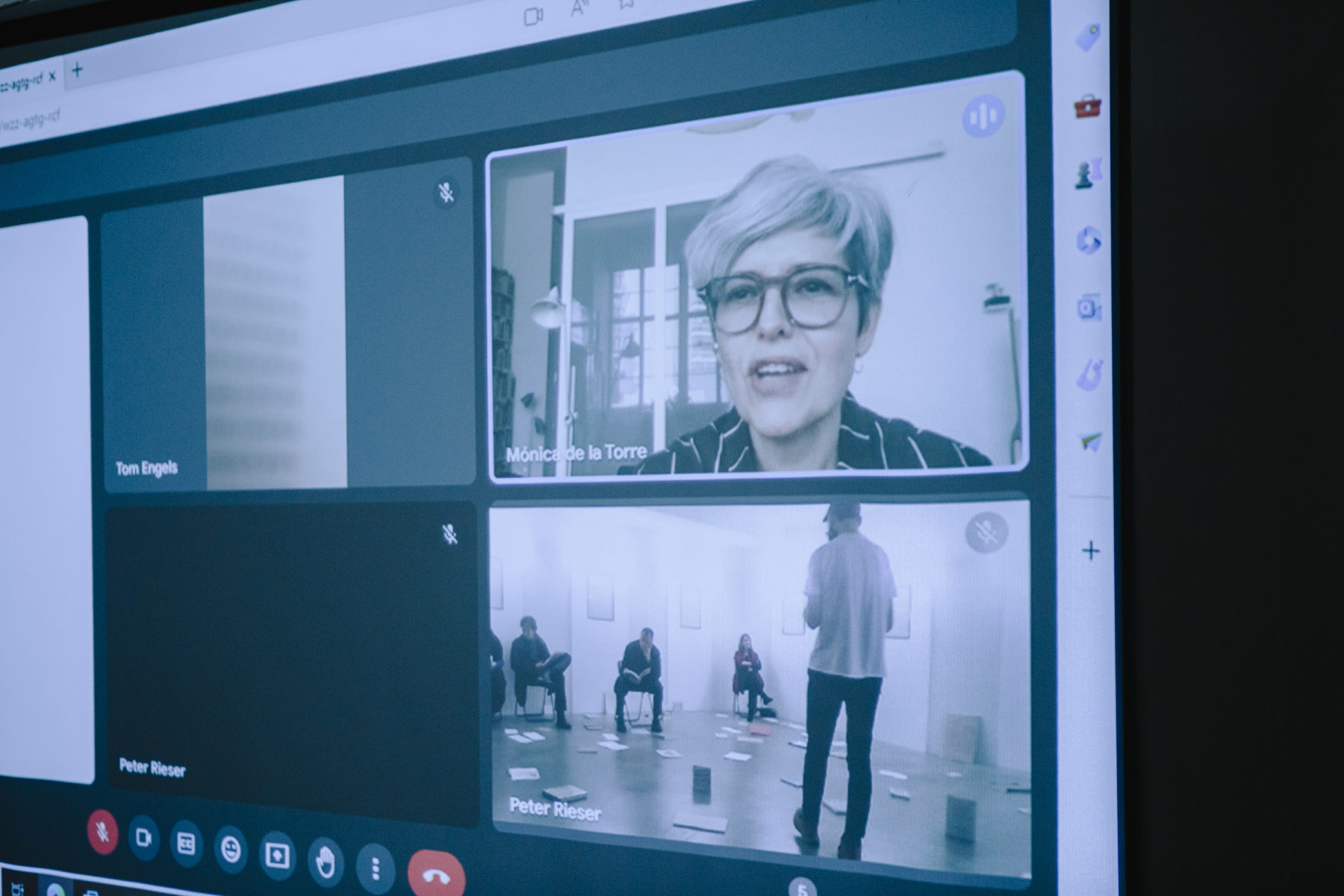
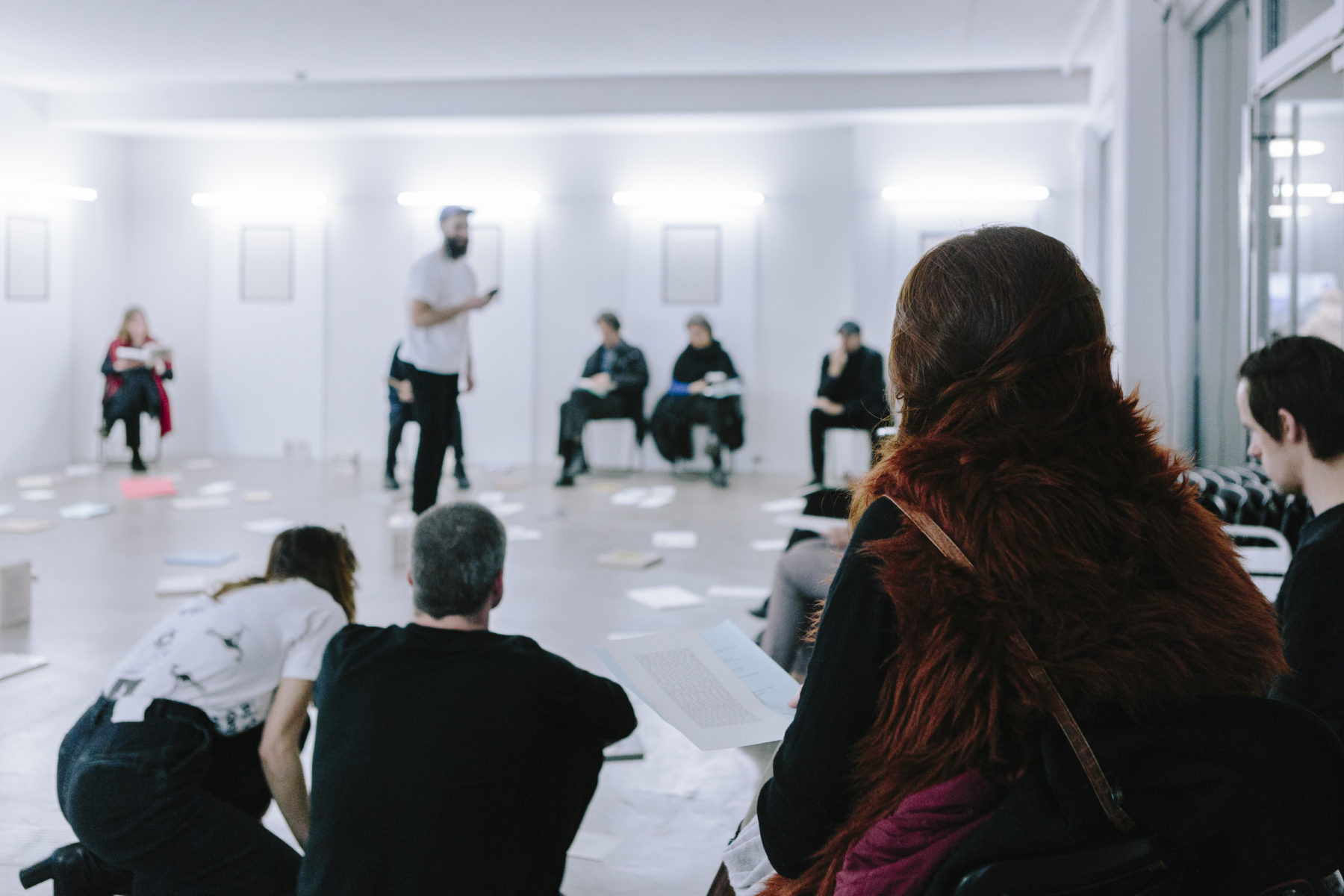
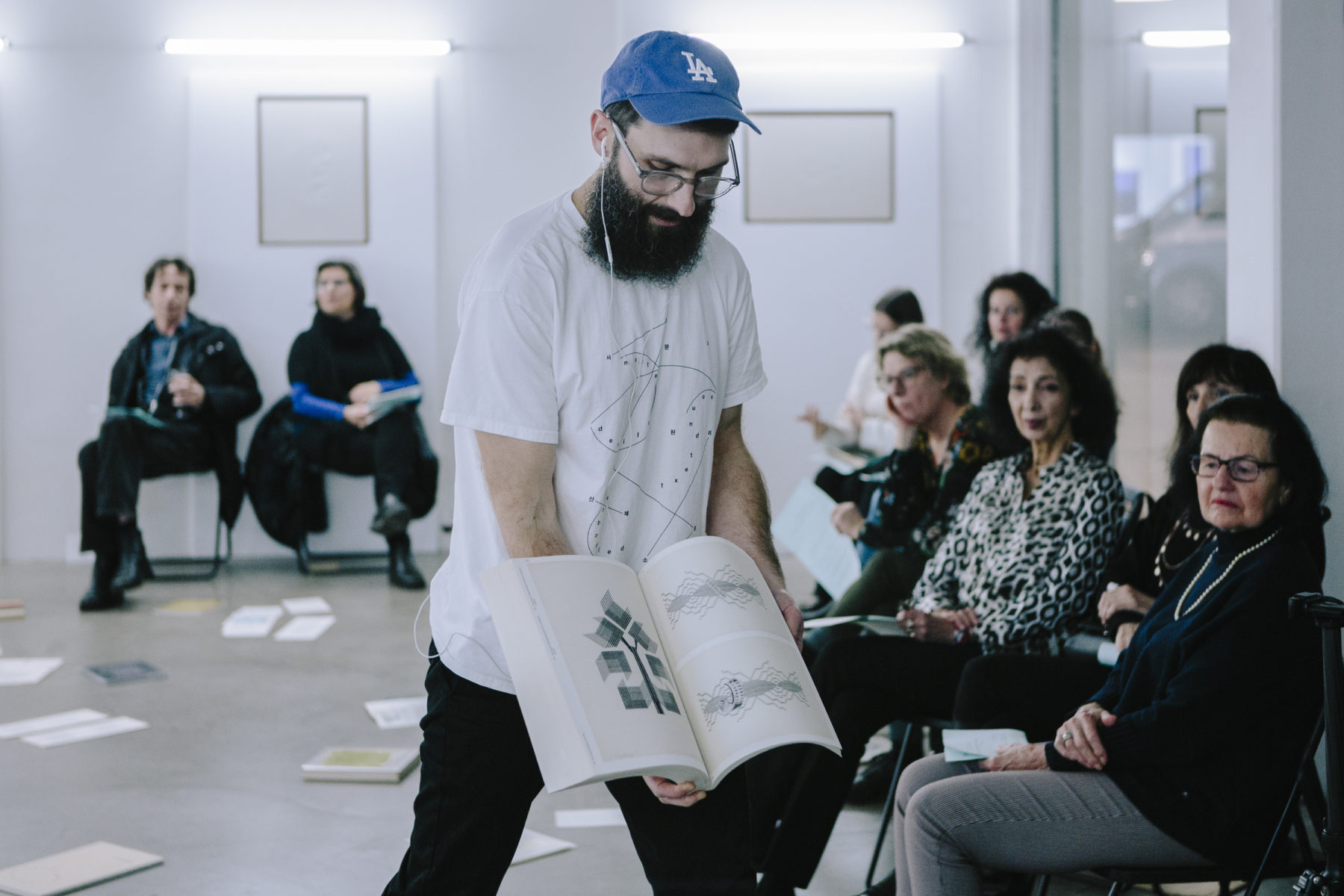
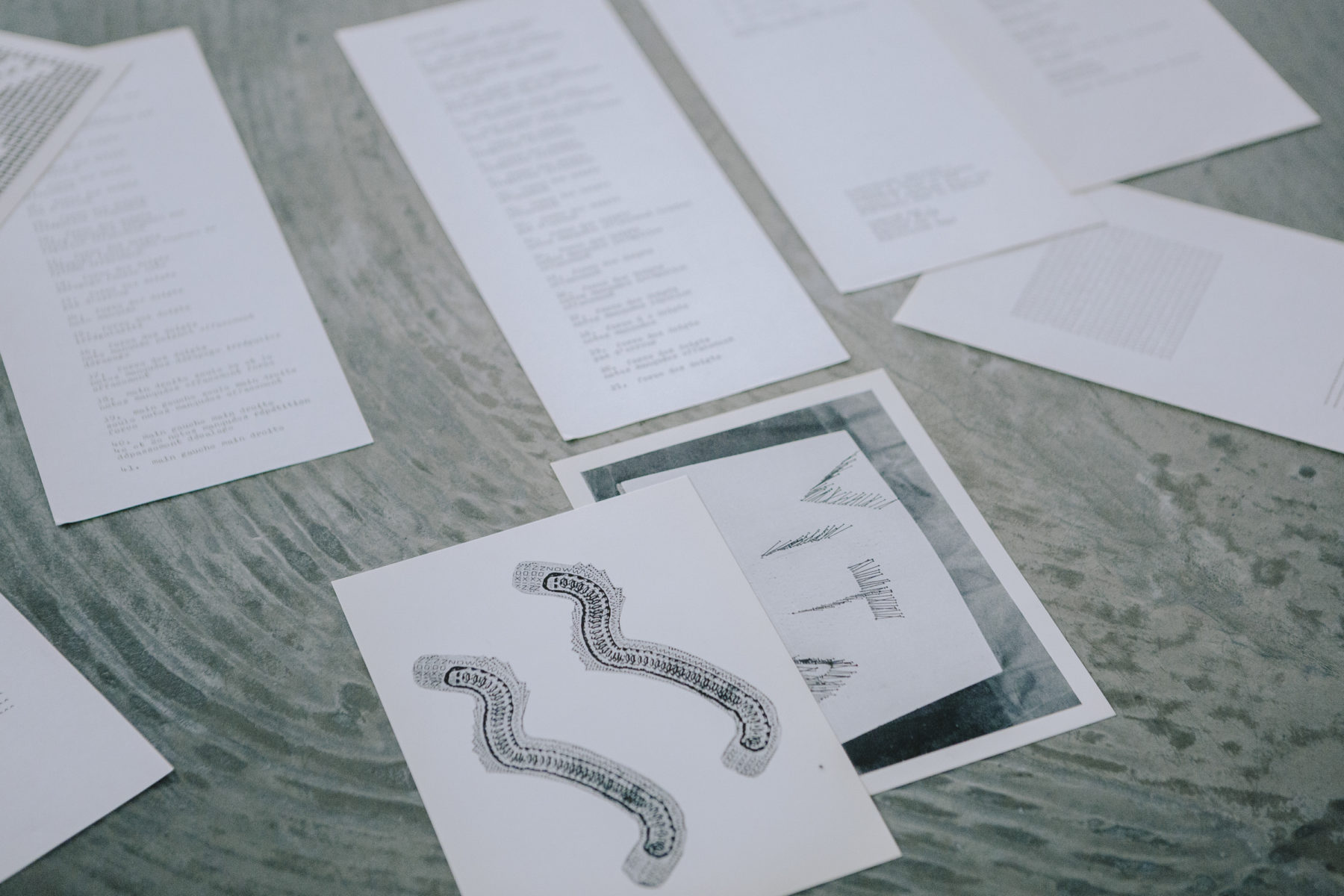
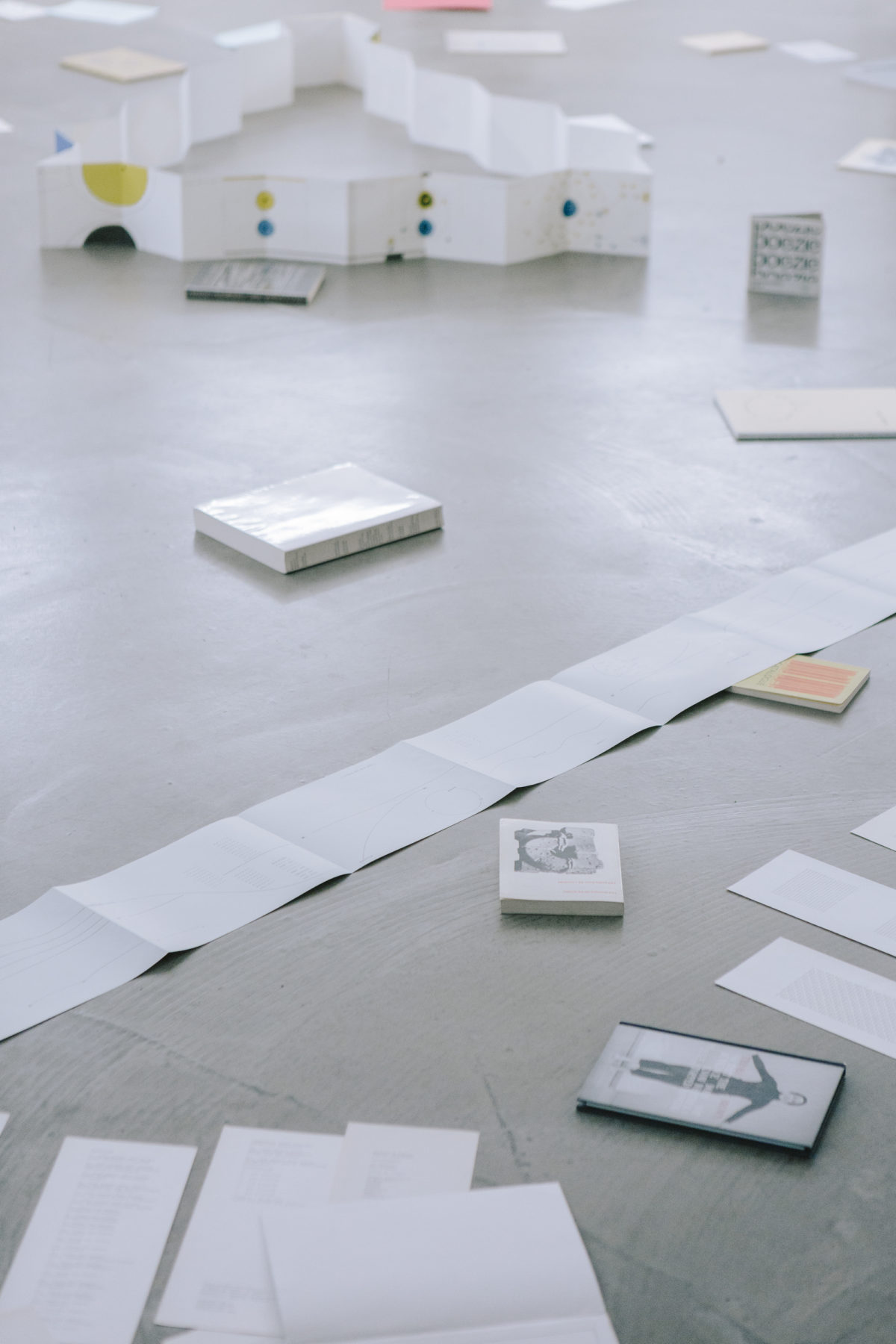
Ezio Gribaudo’s exhibition The Weight of the Concrete culminates with a series of events exploring the nexus of concrete poetry, publishing, graphic design, typography, feminism, and performance, inspired by Gribaudo and Adriano Spatola’s pioneering publication Il Peso del Concreto (1968). The series marks the end of an exhibition and sets the stage for a forthcoming publication published by Axis Axis and Grazer Kunstverein and edited by Tom Engels and Lilou Vidal, revisiting Gribaudo’s legacy and intertwining his graphic work with new and historical experimental poetry, slated for summer 2024 release.
Responding to Il Peso del Concreto, Jesper List Thomsen is set to deliver readings from two texts, Avoiding The Genius (2017) and Blackbirds (2018), each unraveling the complex ties binding body, language, and image. Avoiding The Genius draws upon language as a tool to dissect and articulate the body, crafting a method that operates like a drawing—tracing forms and lines, portraying the body in a pose of defiance, capturing resistance through physical and linguistic expression. Blackbirds delves into the nuanced evolution of an individual’s bond with their foundational language, charting a journey from initial learning phases to the eventual, unavoidable decline of linguistic engagement. Together, these texts illuminate Thomsen’s engagement with how one portrays and perceives physical and linguistic selves in the world.
JESPER LIST THOMSEN (b.1978, Denmark) is an artist based in London and Torino. He works with text, painting, sculpture and performance. Recent exhibitions and performances have taken place at MACRO, Rome; Kölnischer Kunstverein, Cologne; West Den Haag, Den Haag; Braunsfelder, Cologne; Fanta-MLN, Milan; Radio Athènes, Athens; Hot Wheels Athens, Athens; Parrhesiades, London; ICA, London; Künstlerhaus Stuttgart, Stuttgart; Bureau des Réalités, Brussels. BASE BASE, a book-length collection of his writings was published by Juan de la Cosa, Mexico City/London in 2018 and his book FREEEee was published by L’Esprit de l’Escalier, London/Helsinki in 2021.
